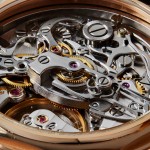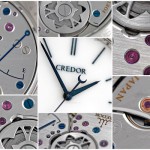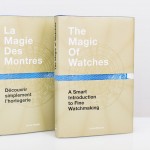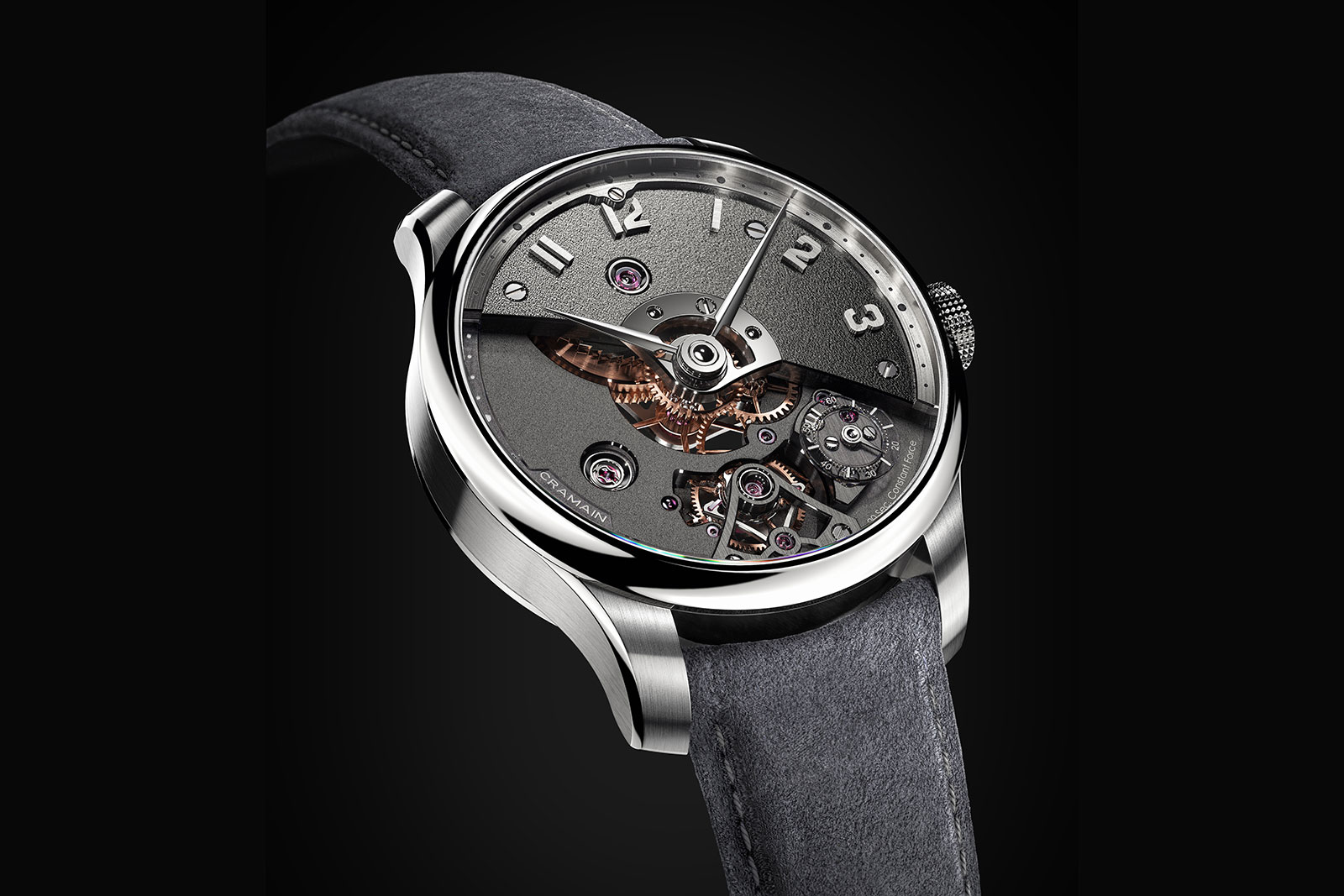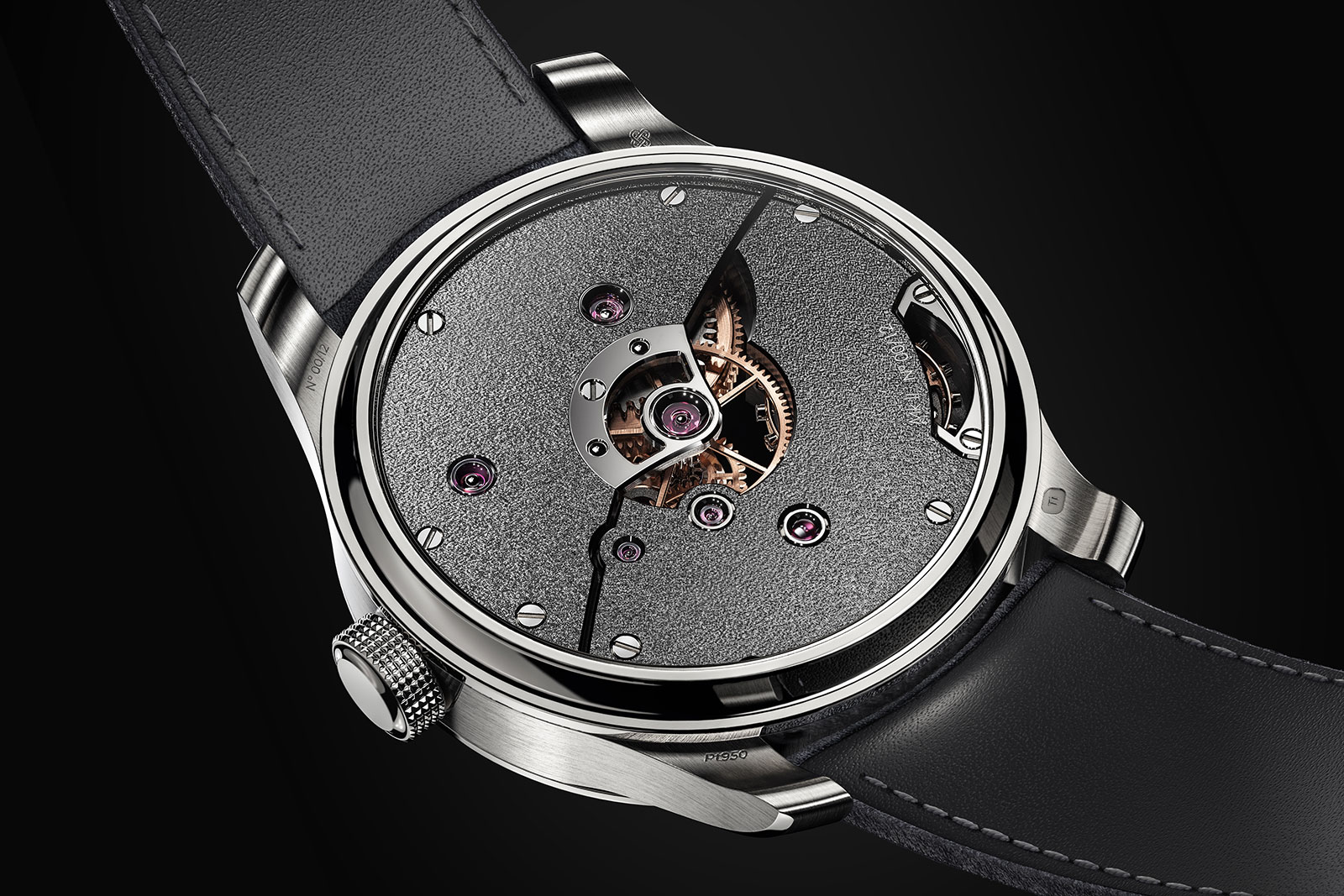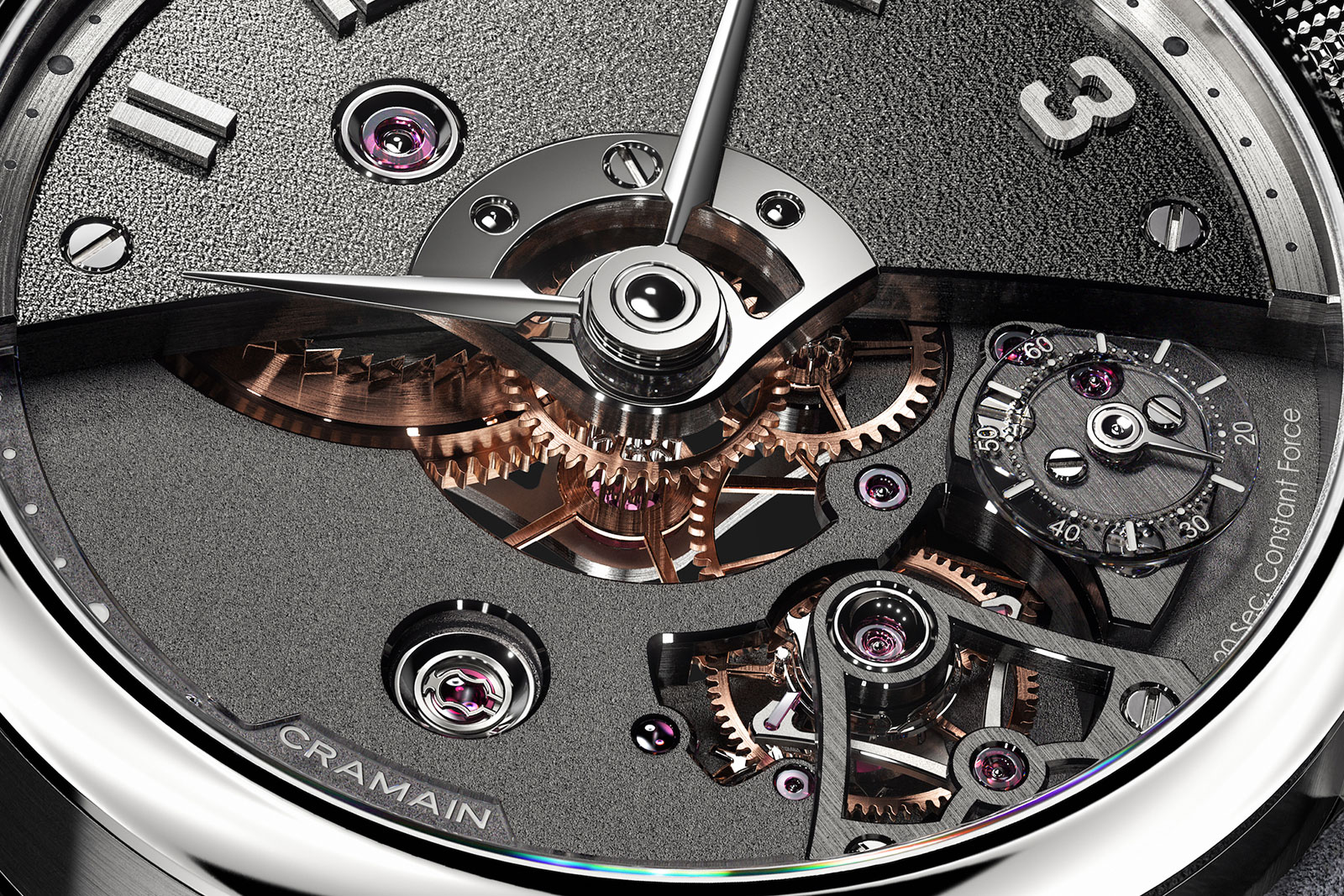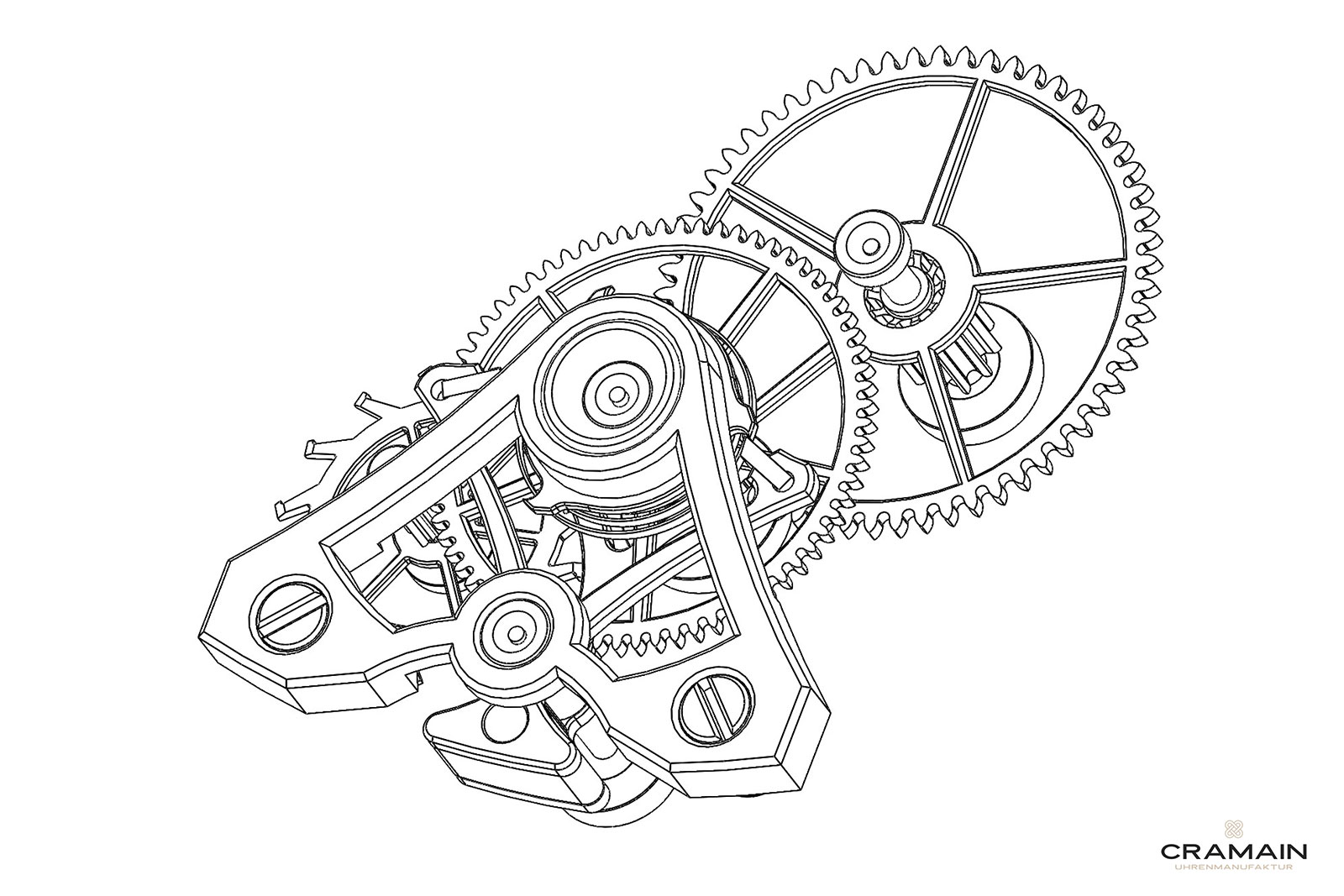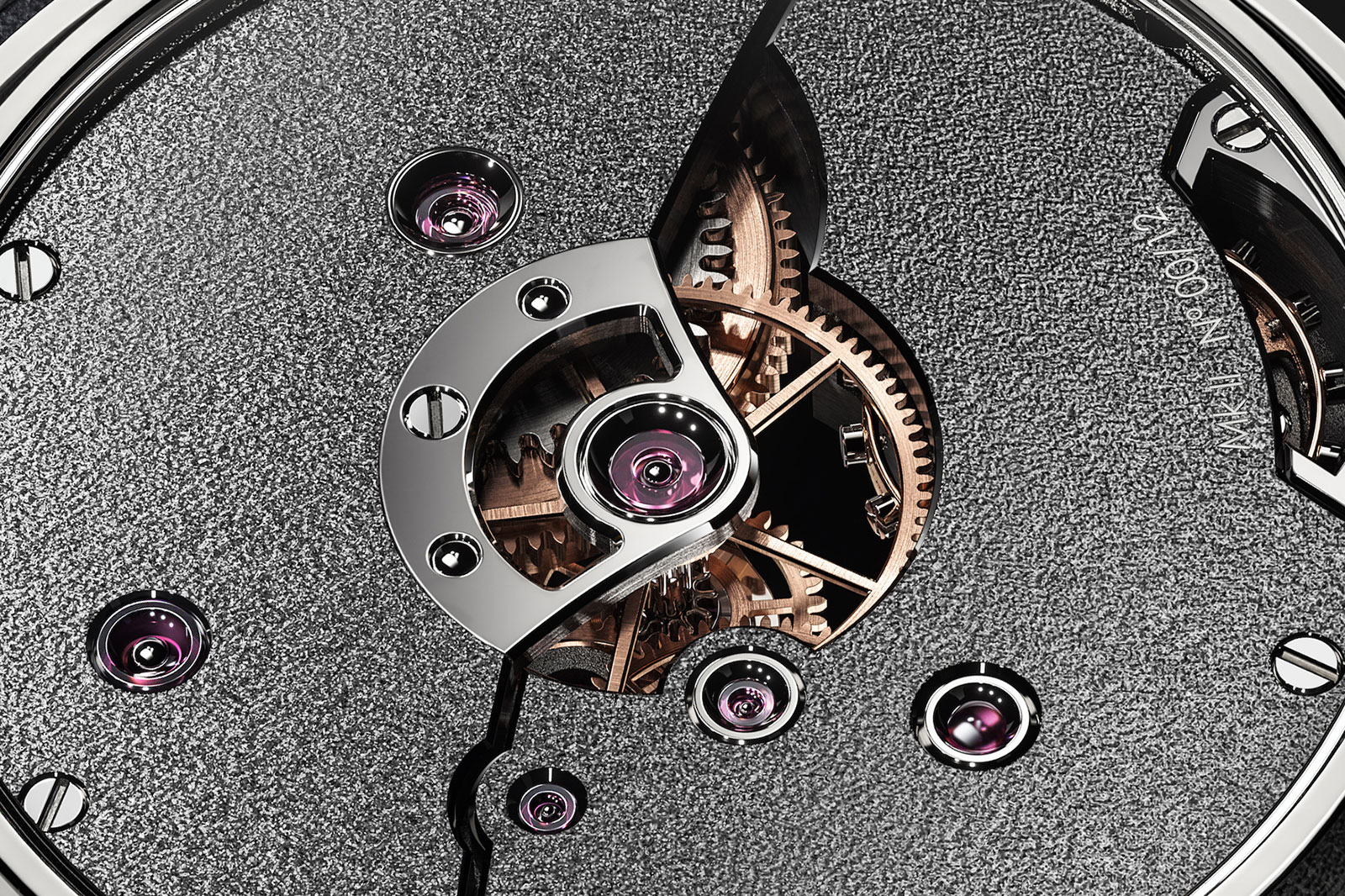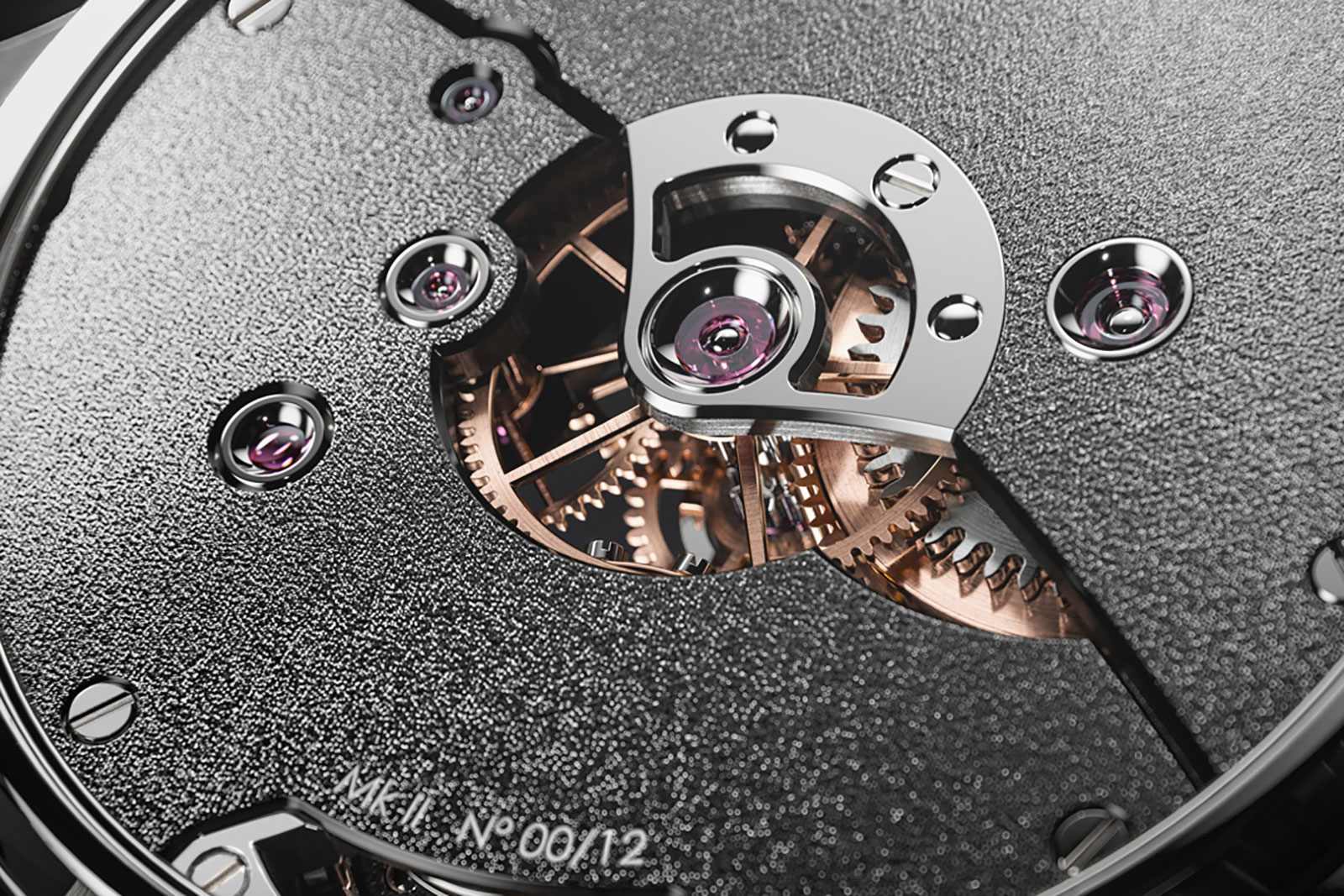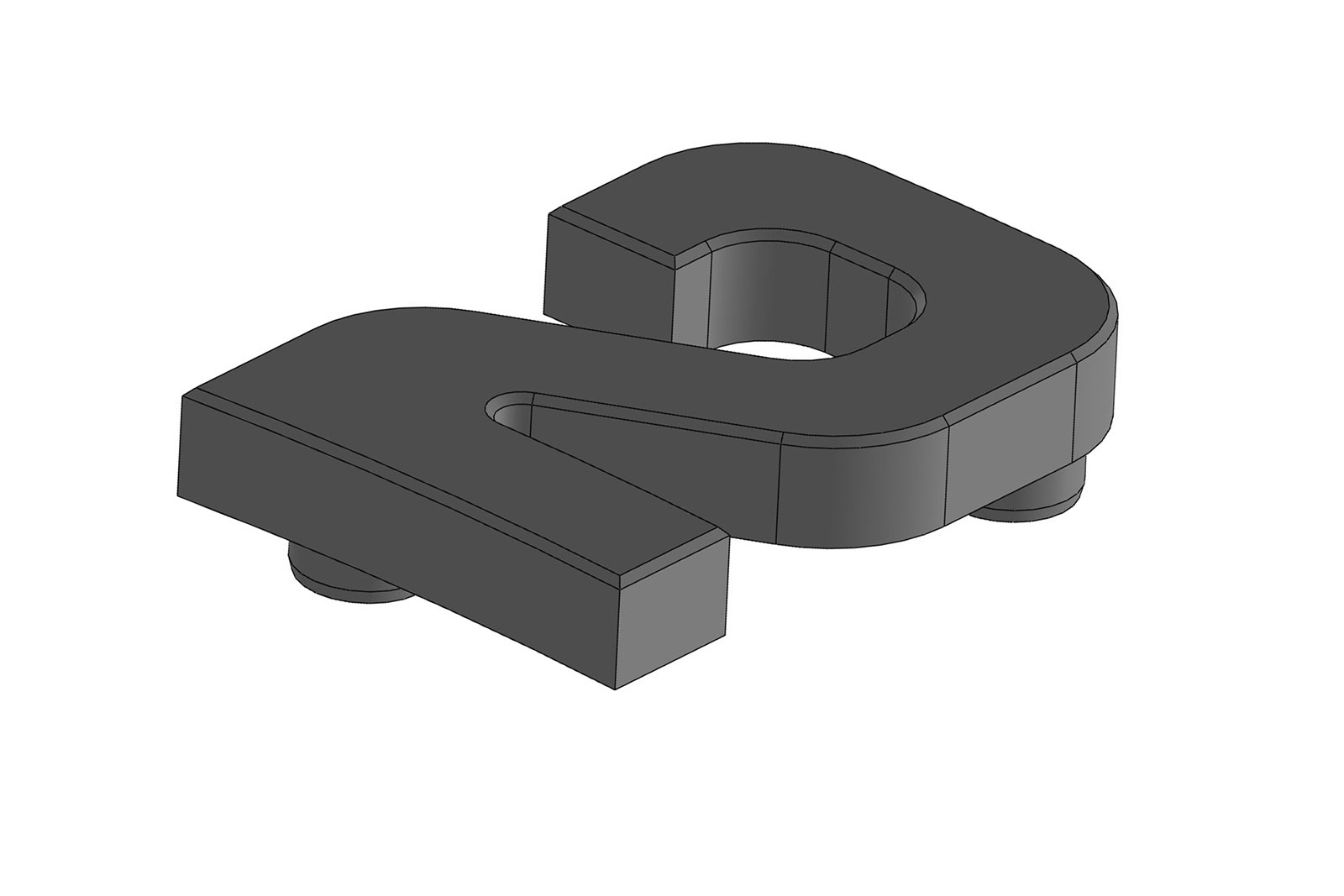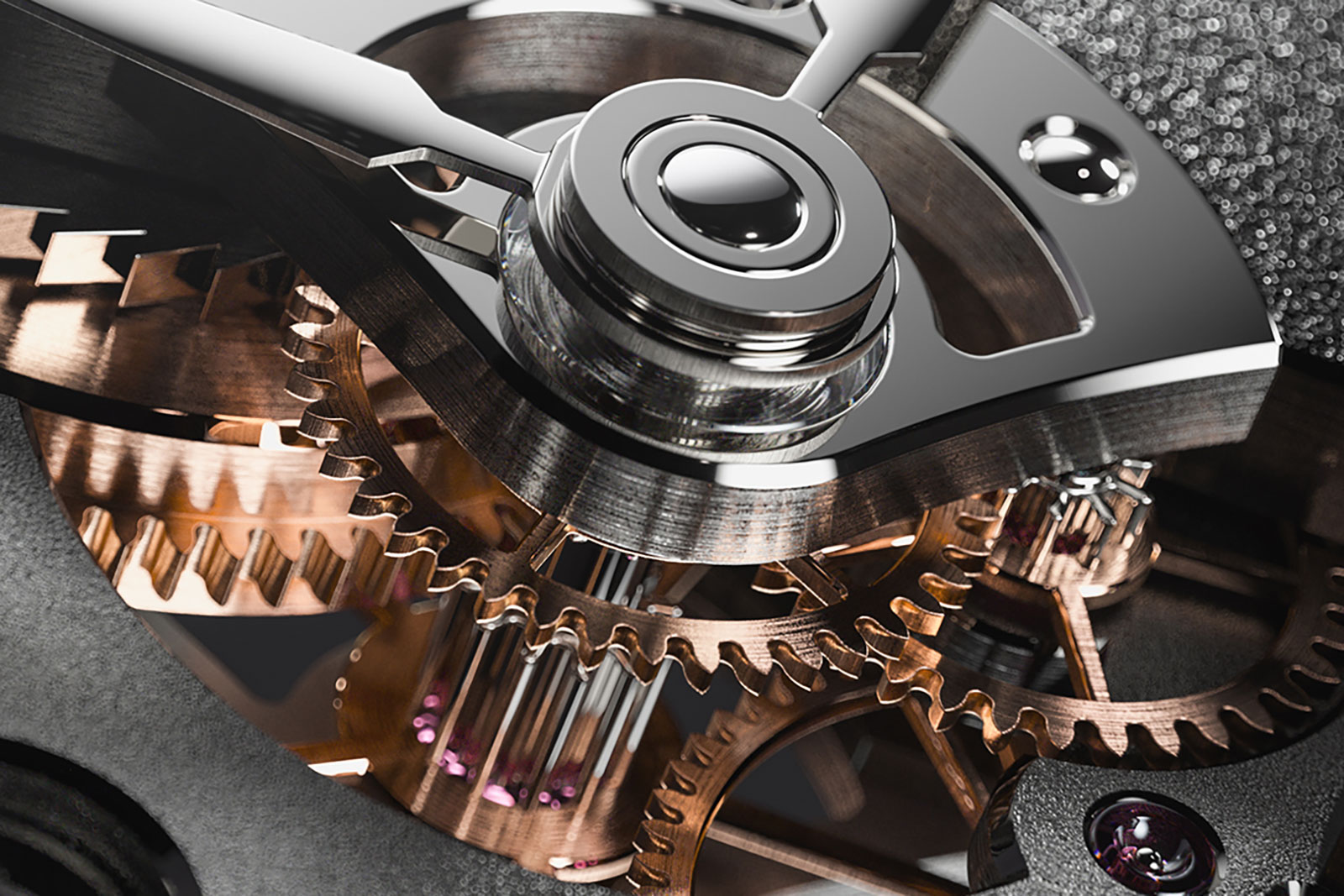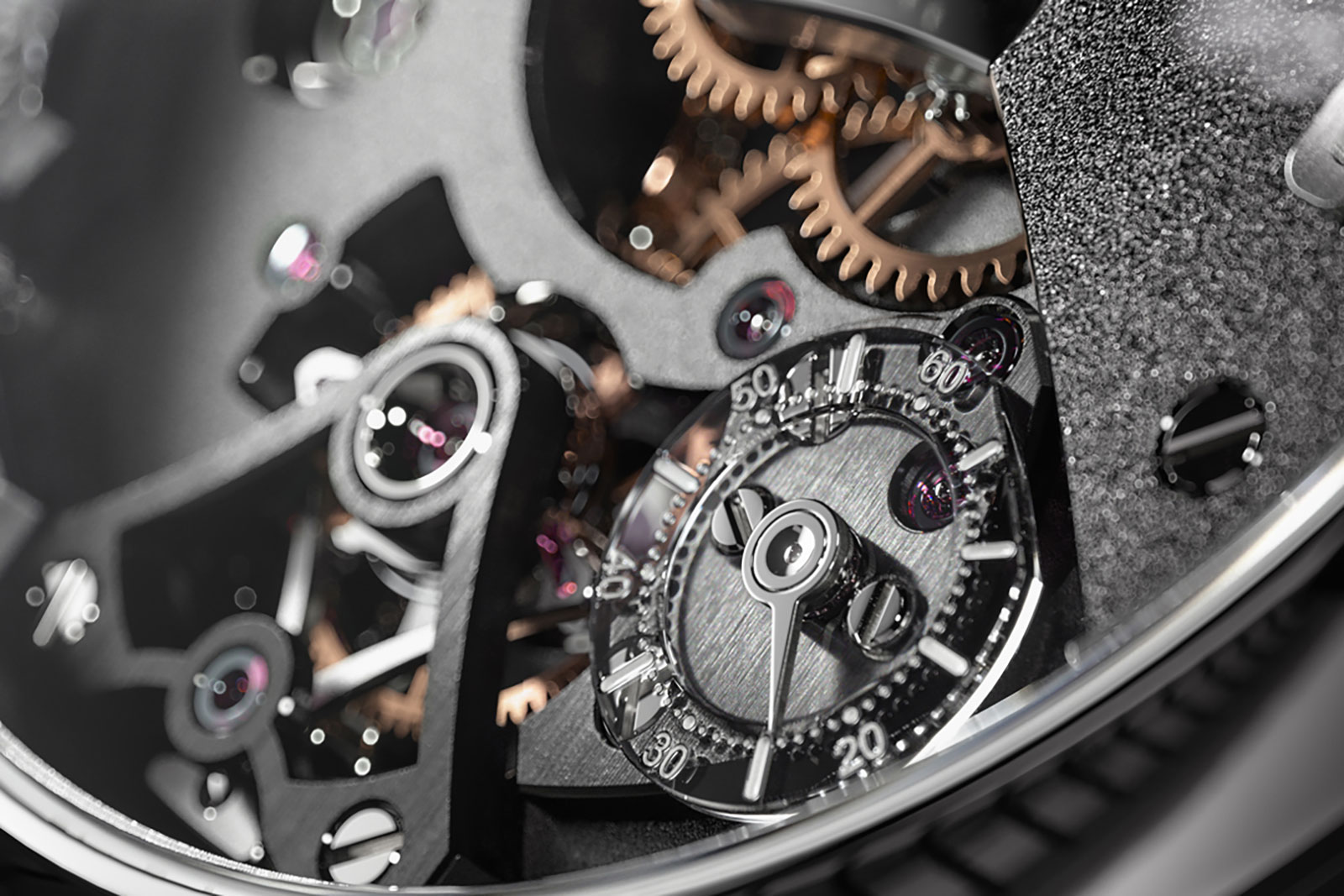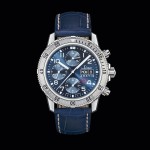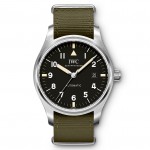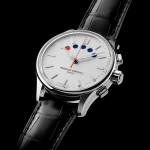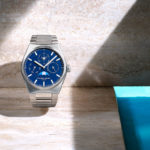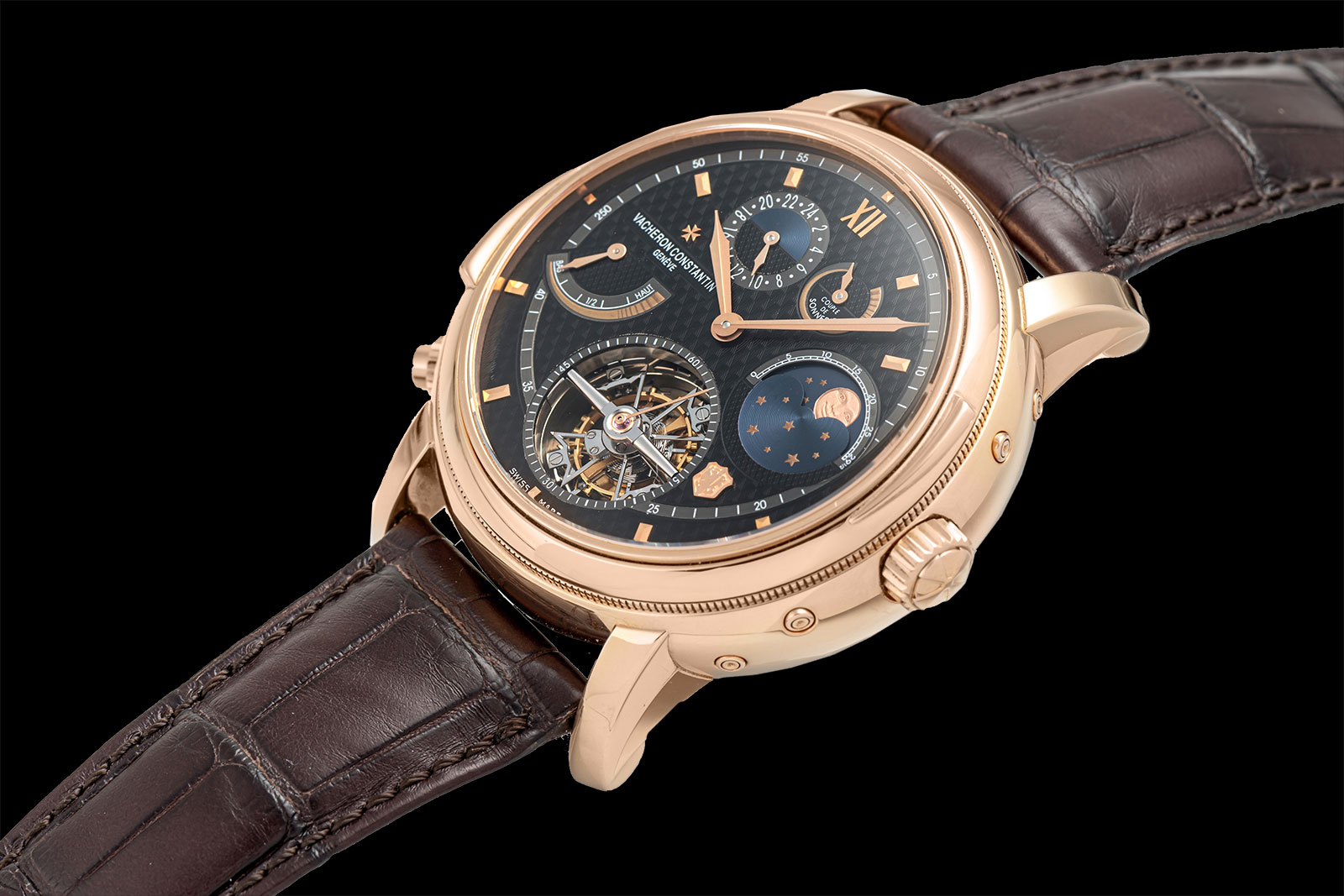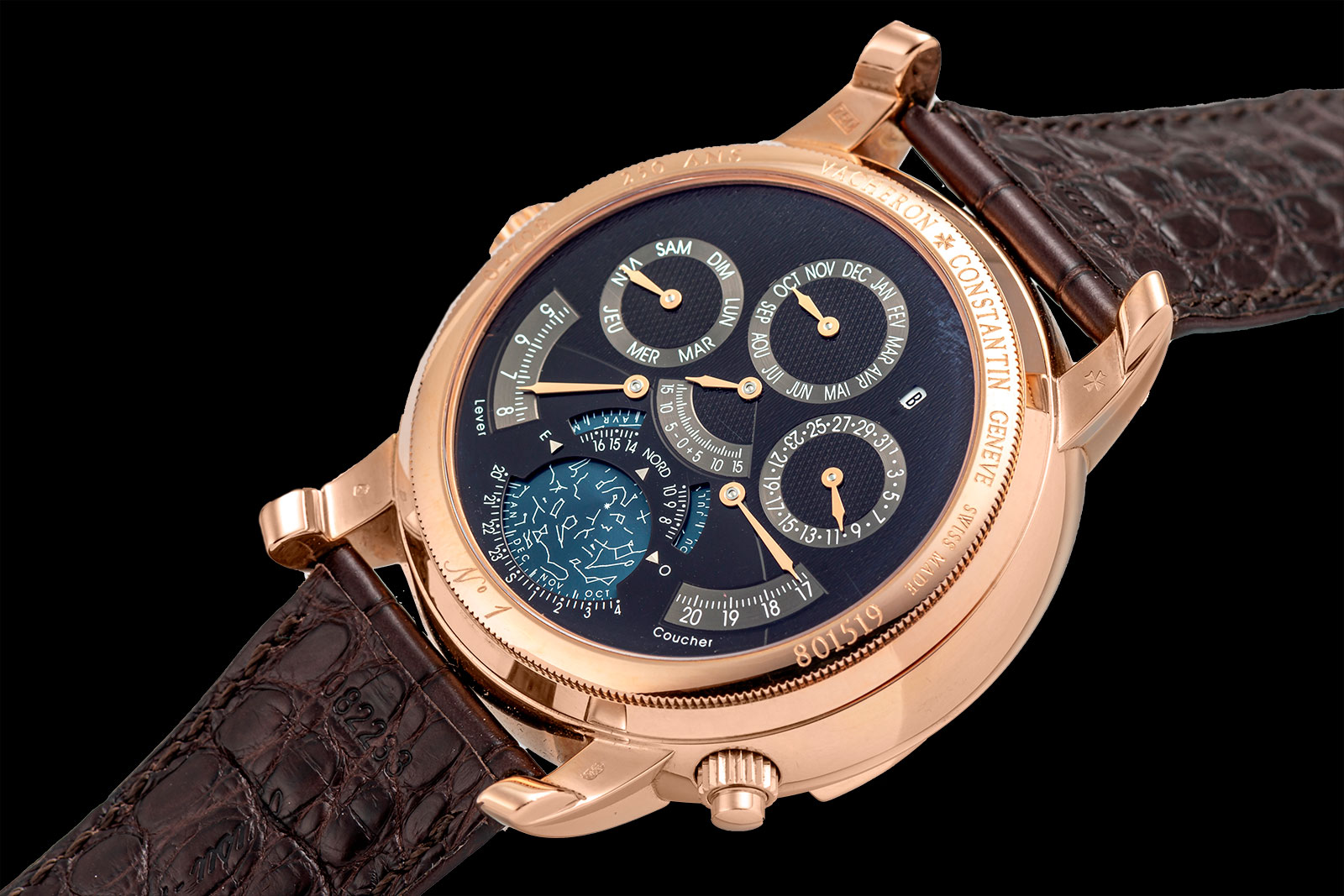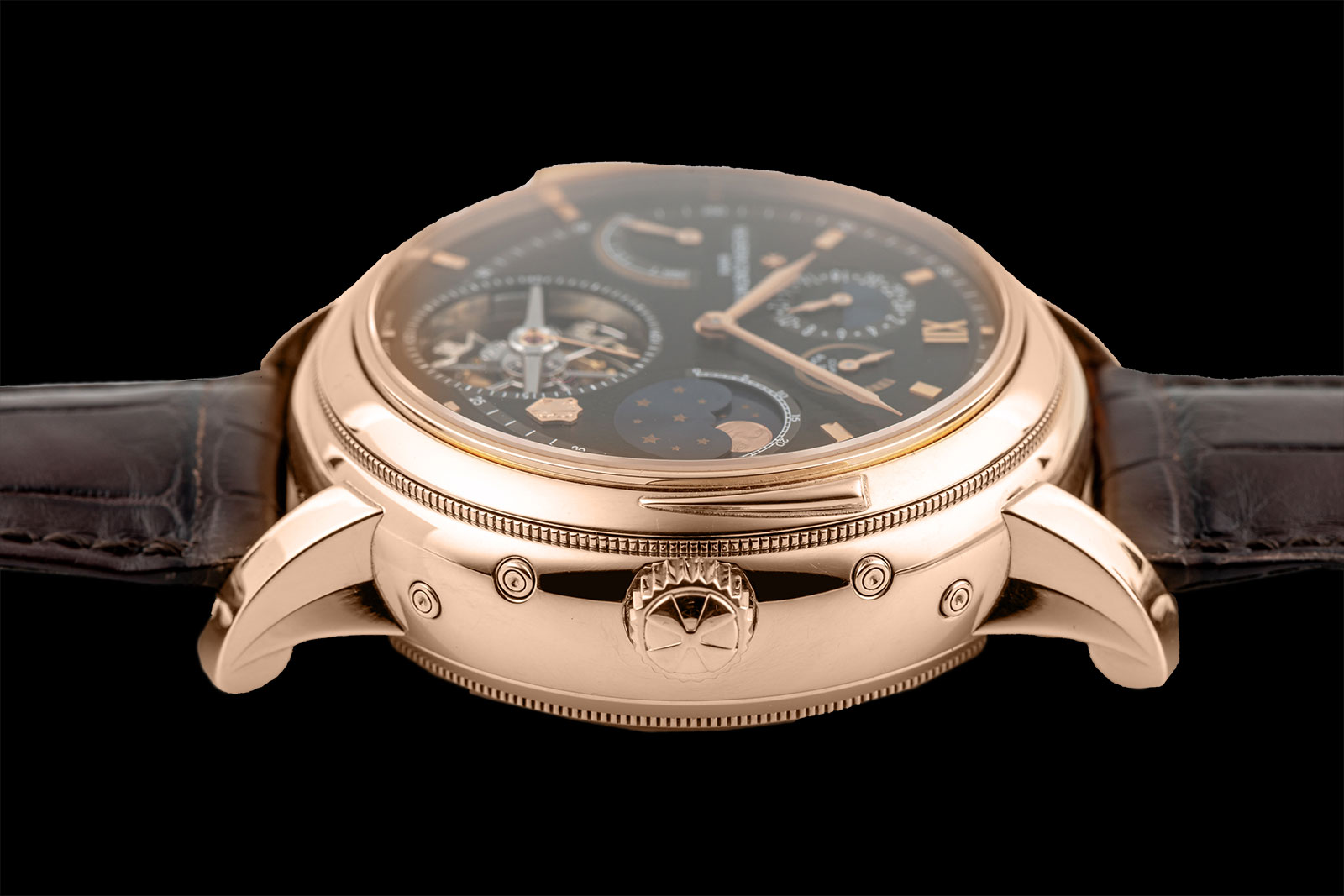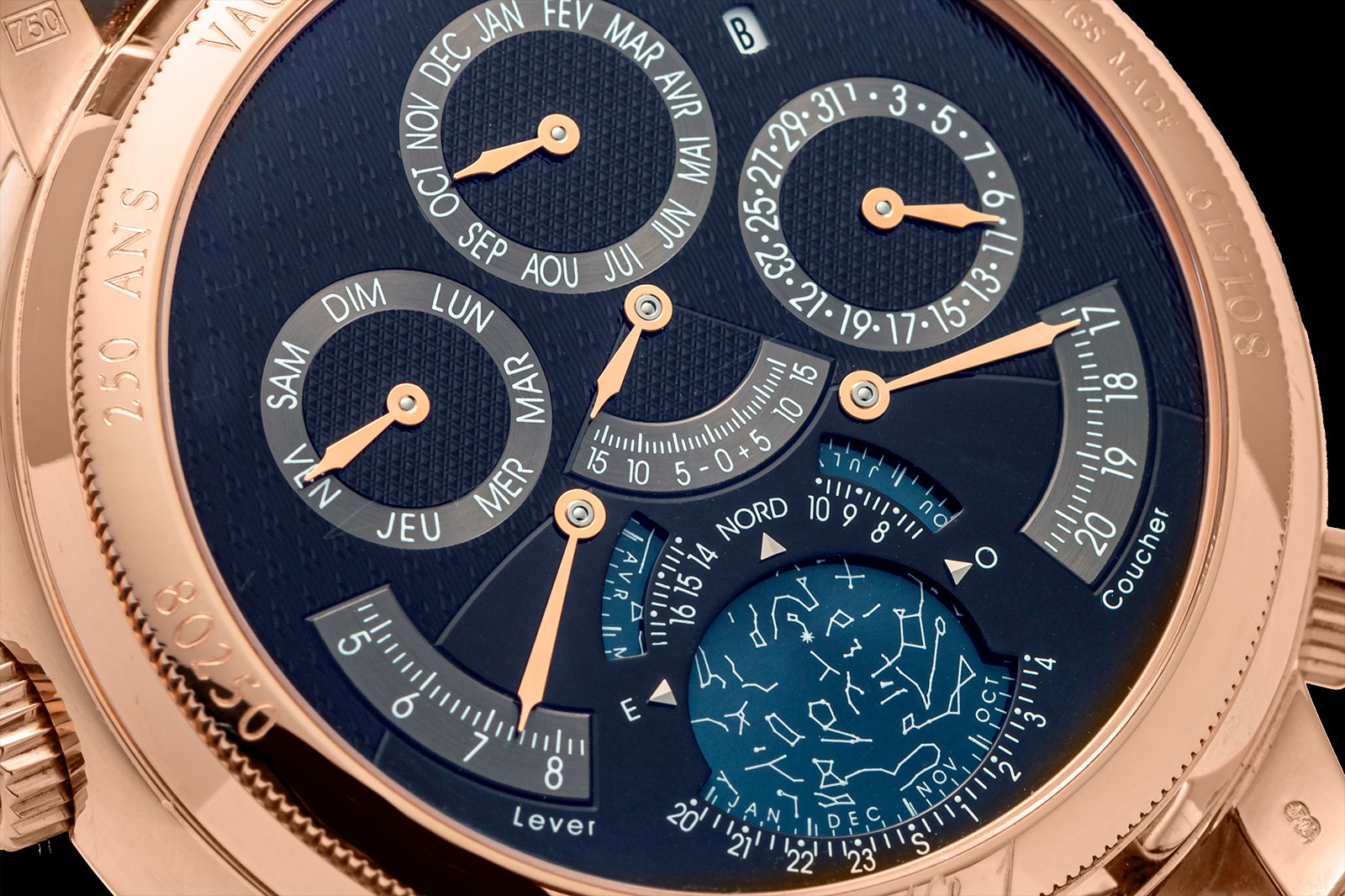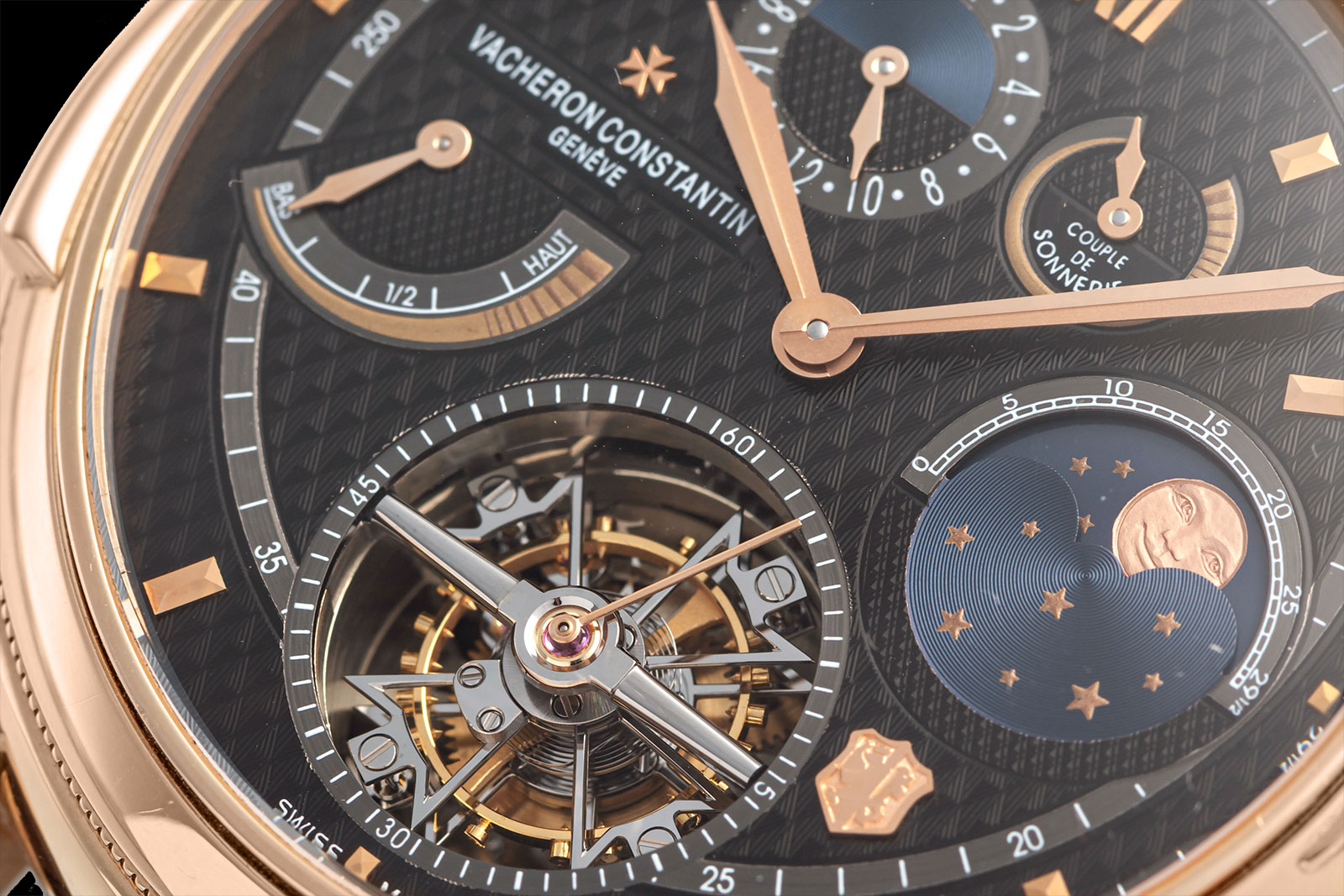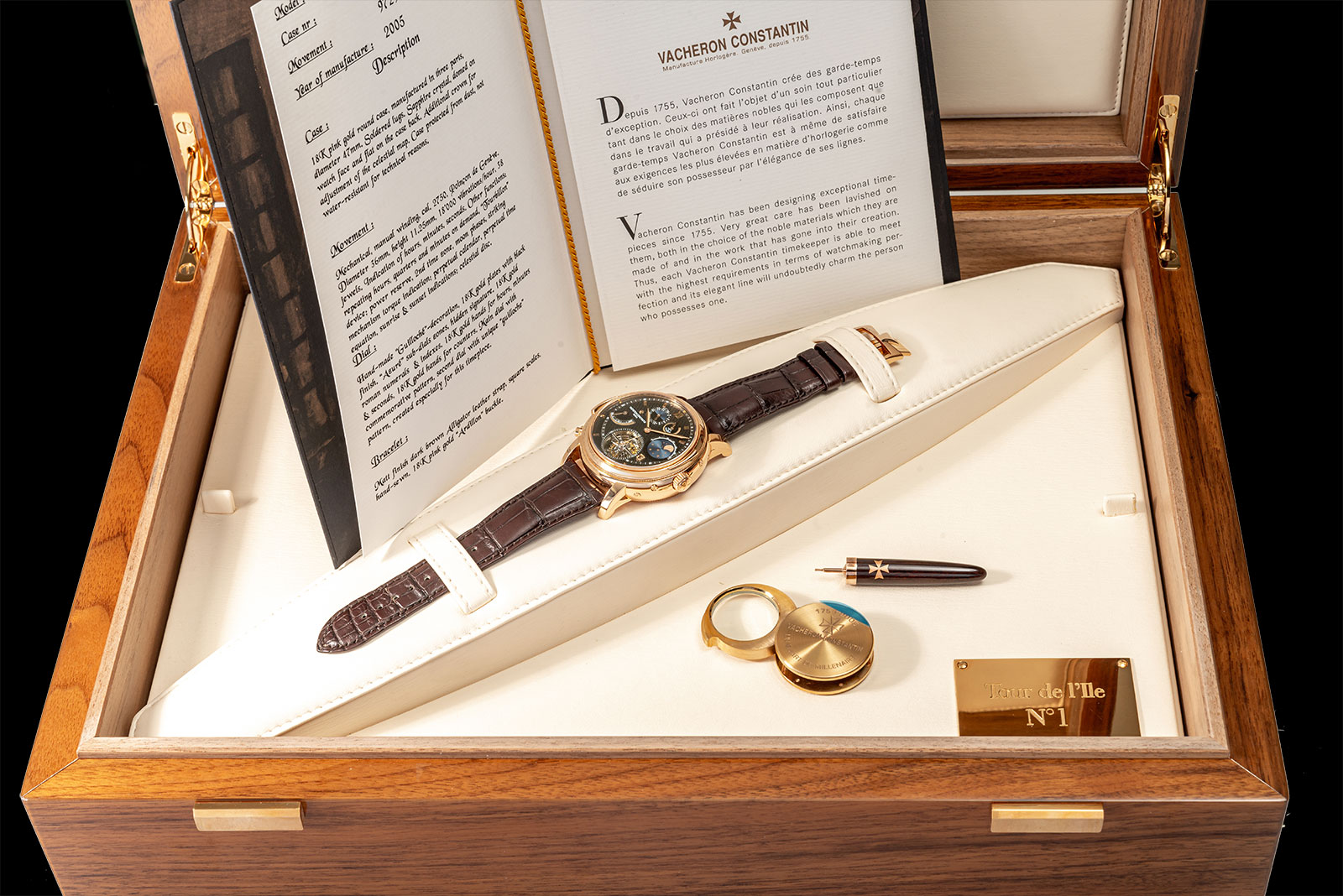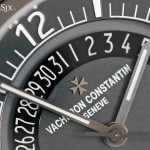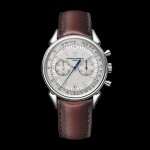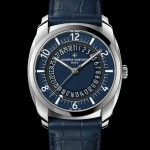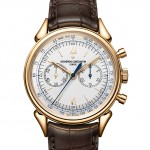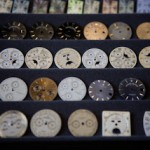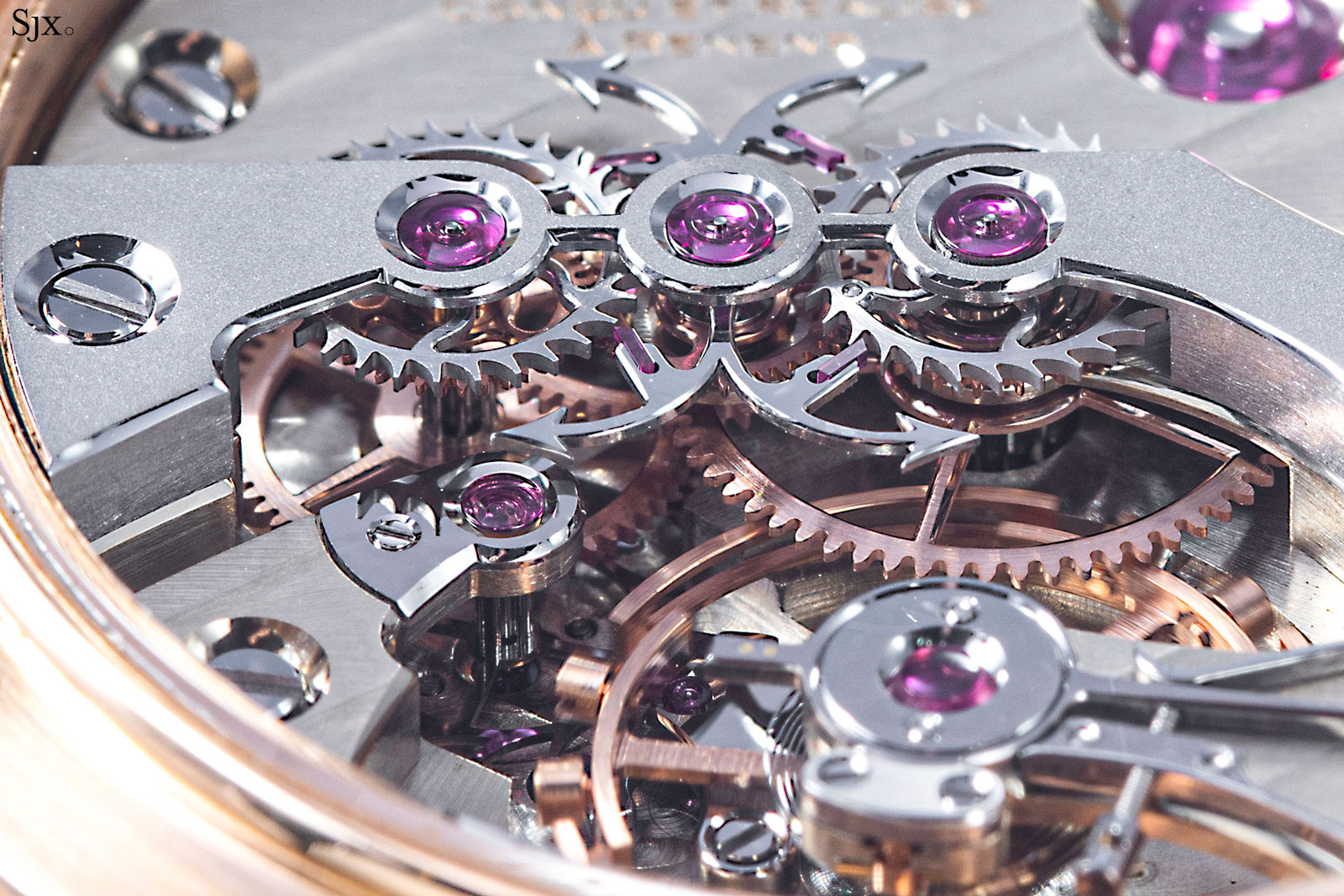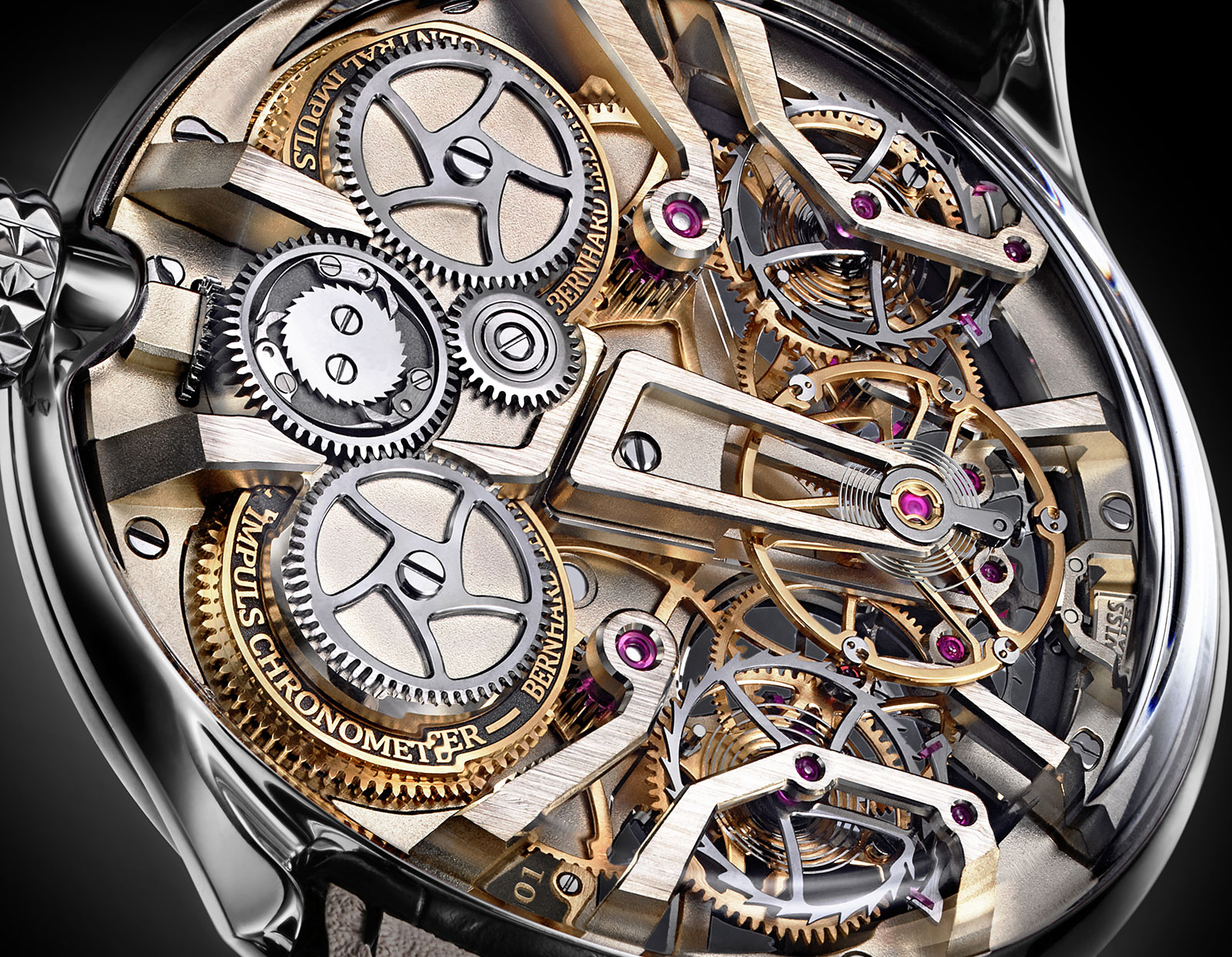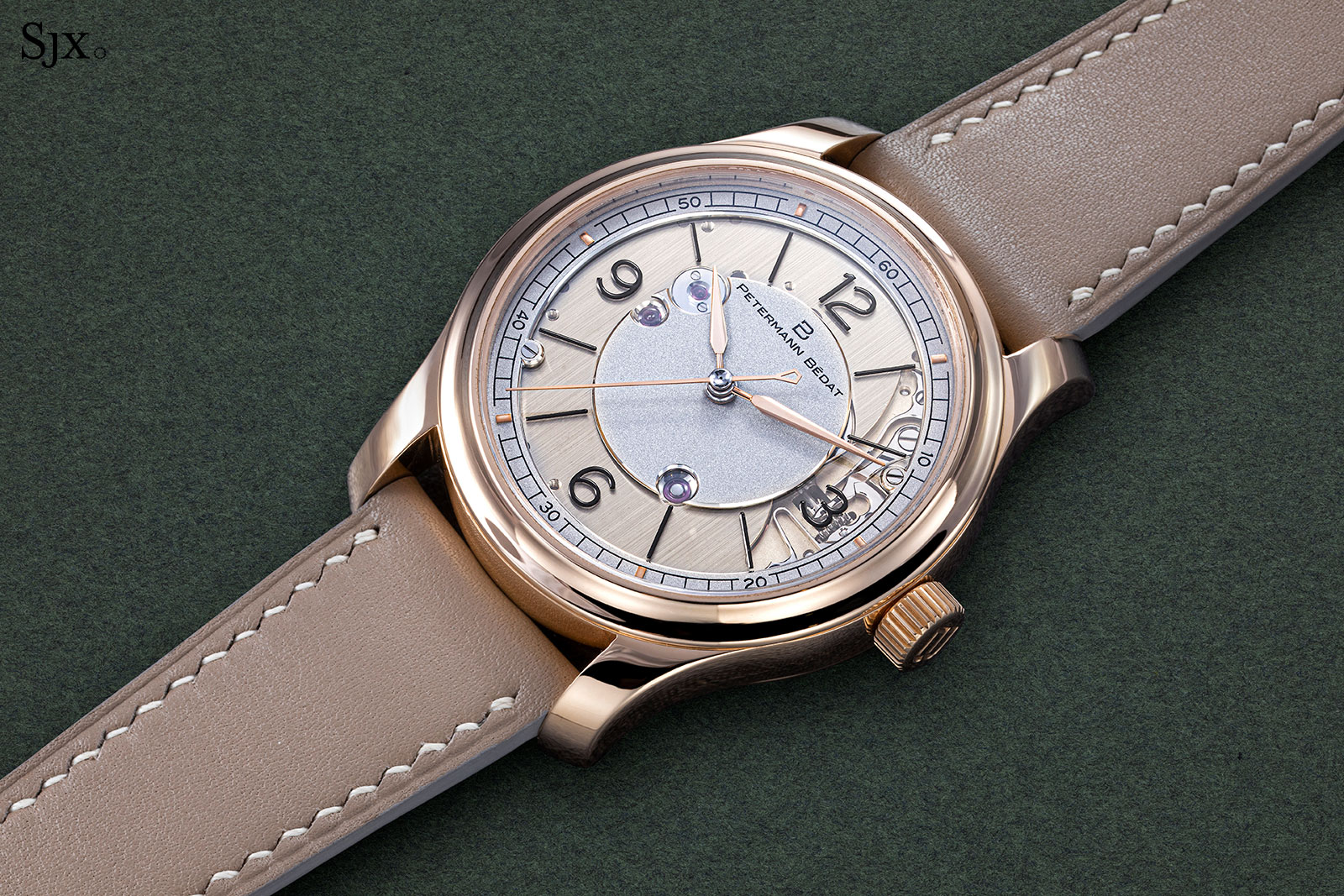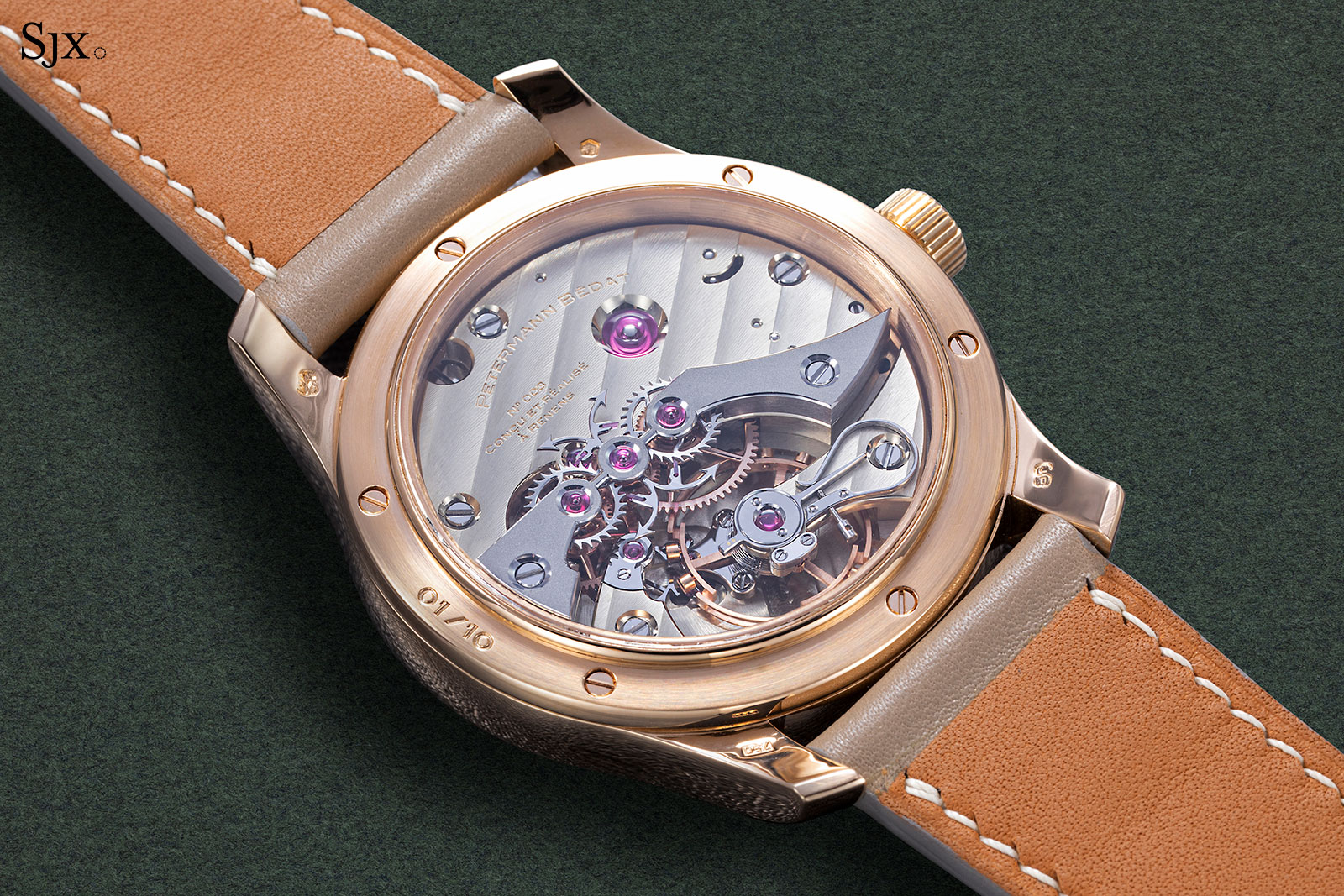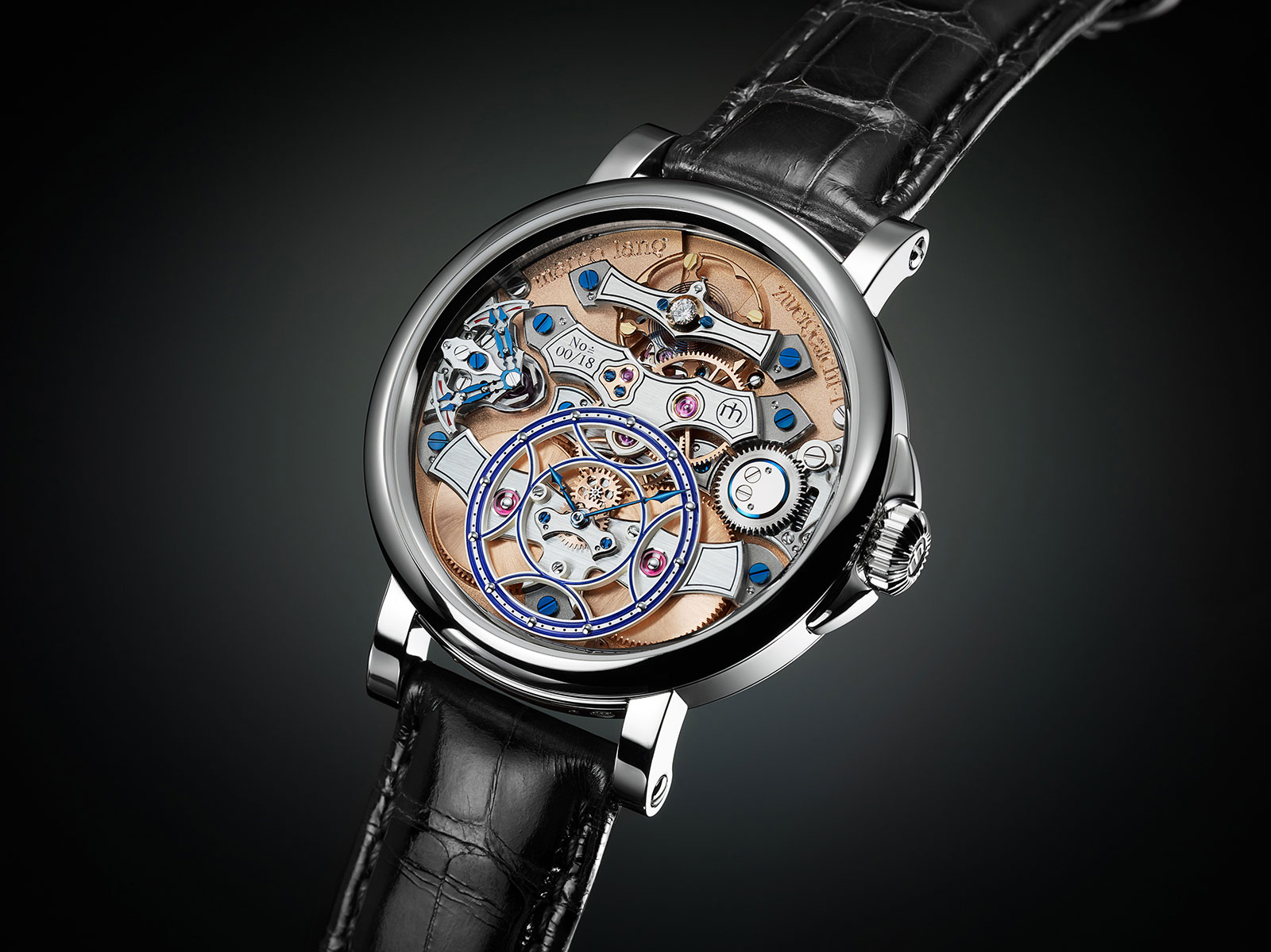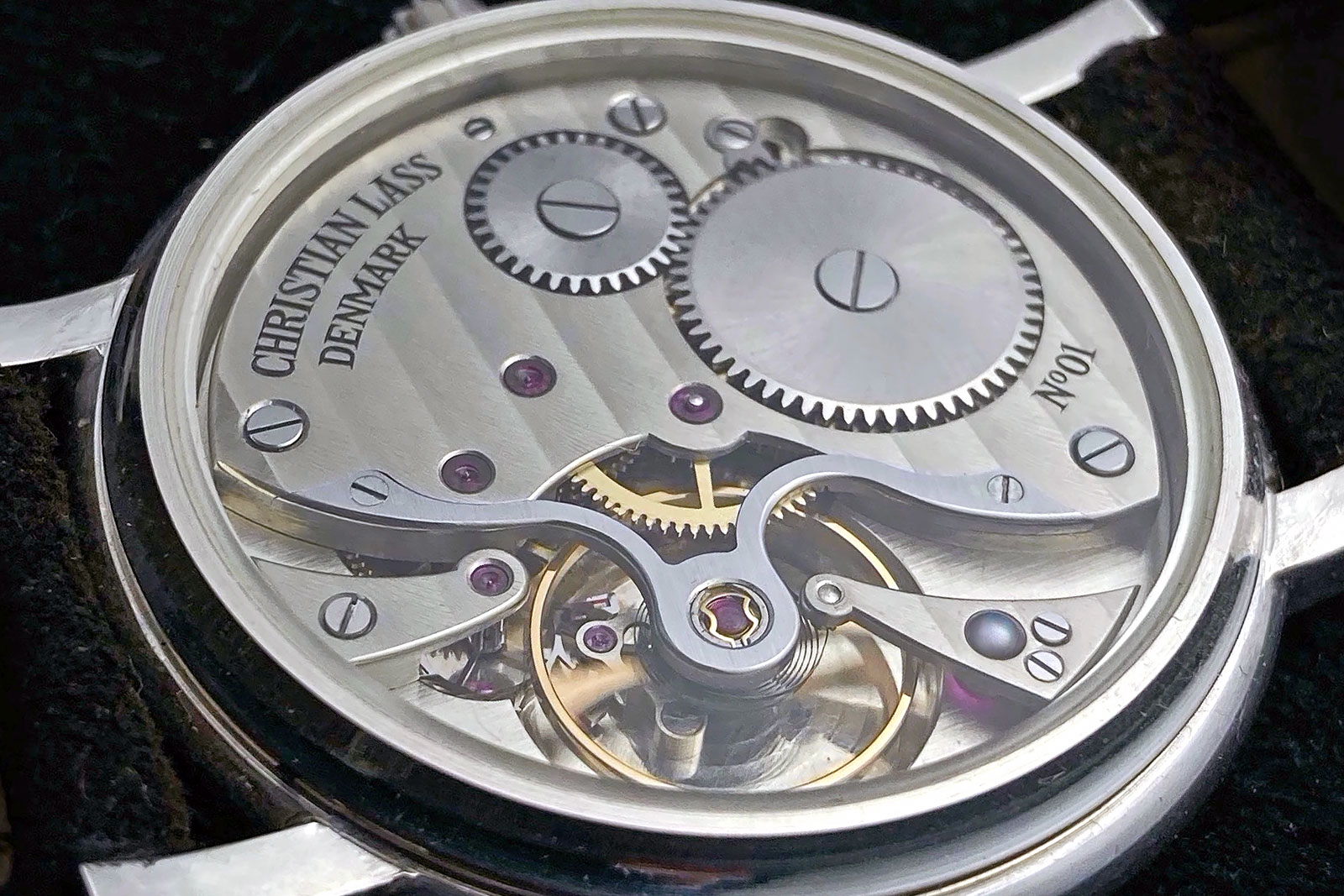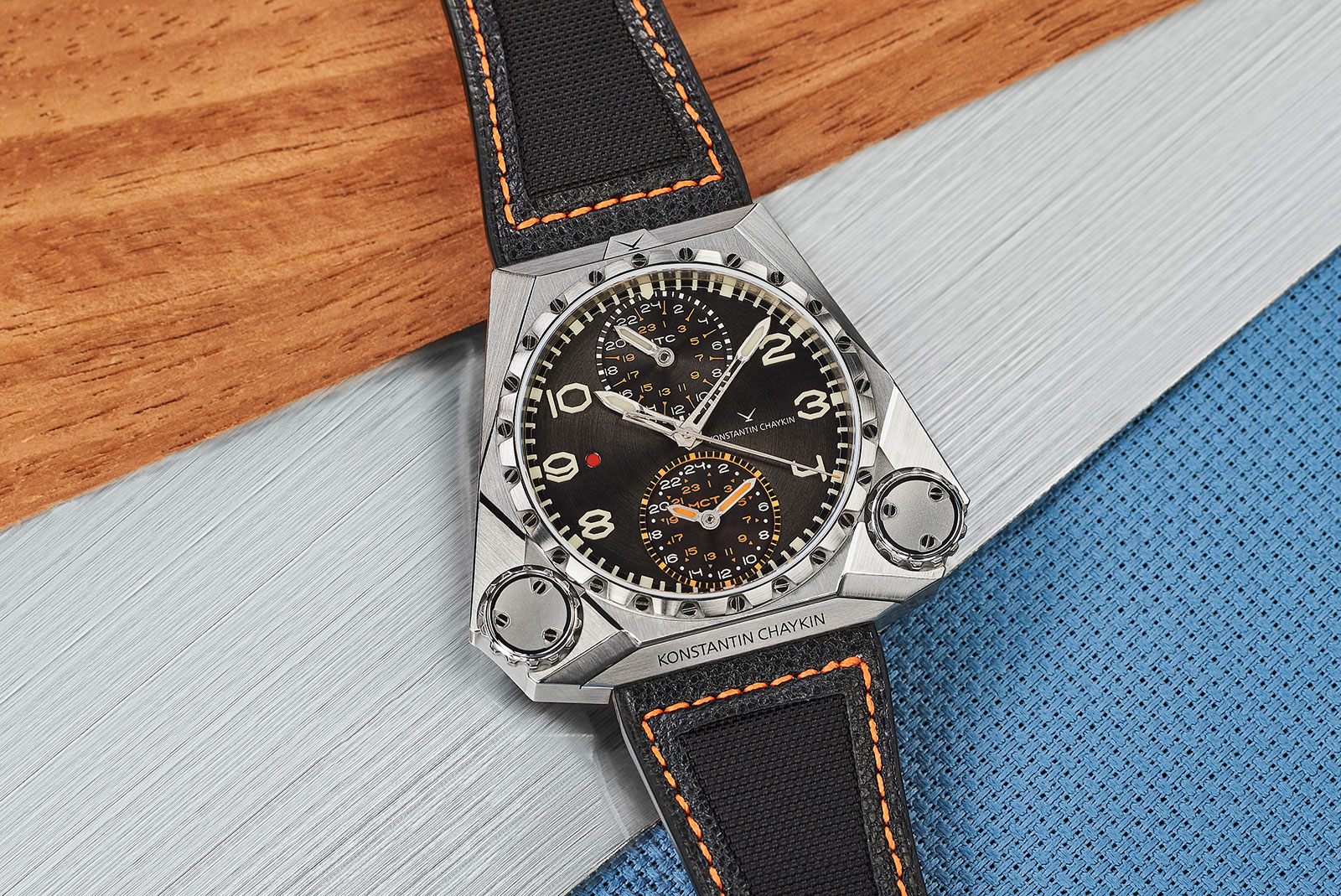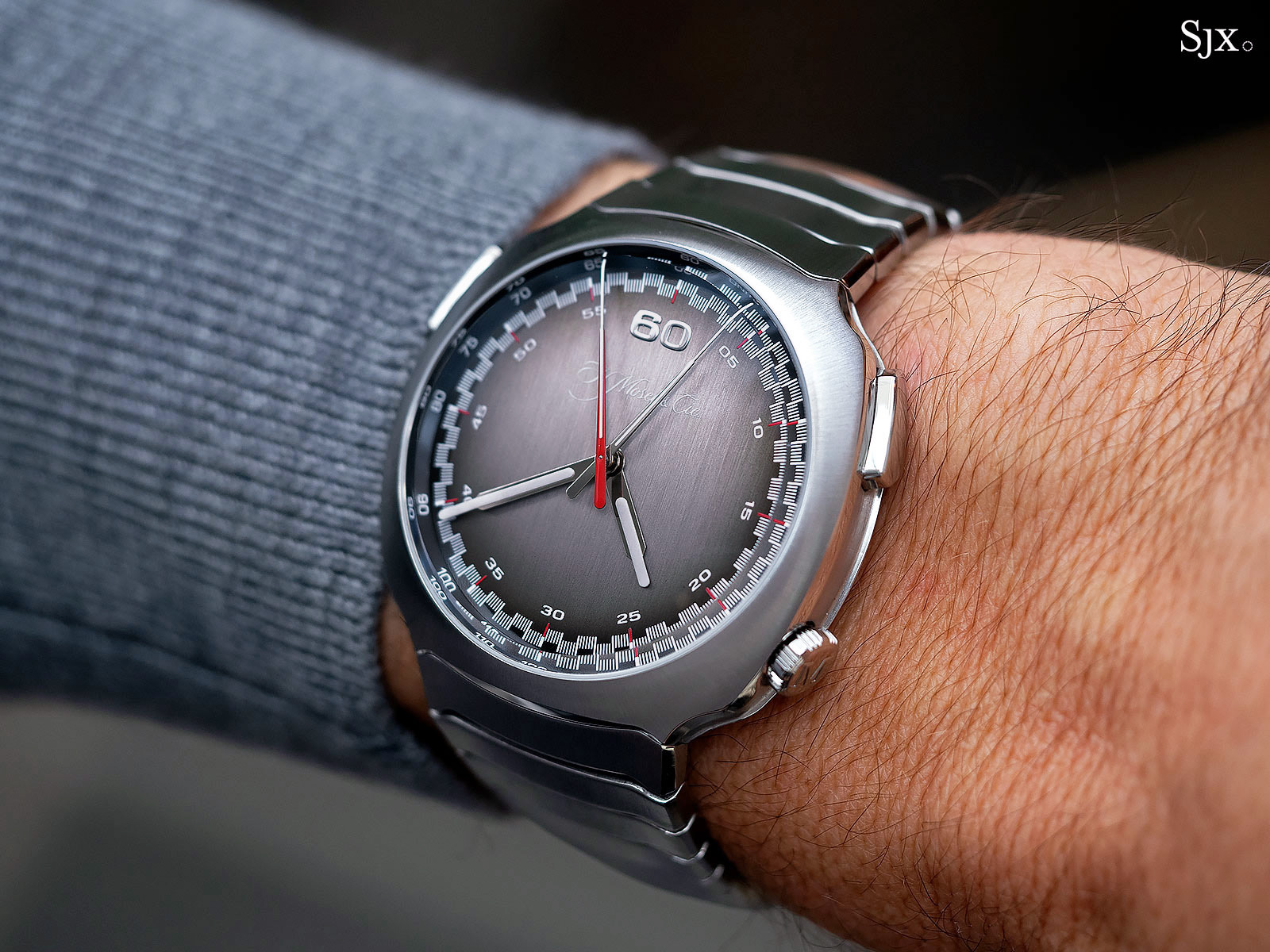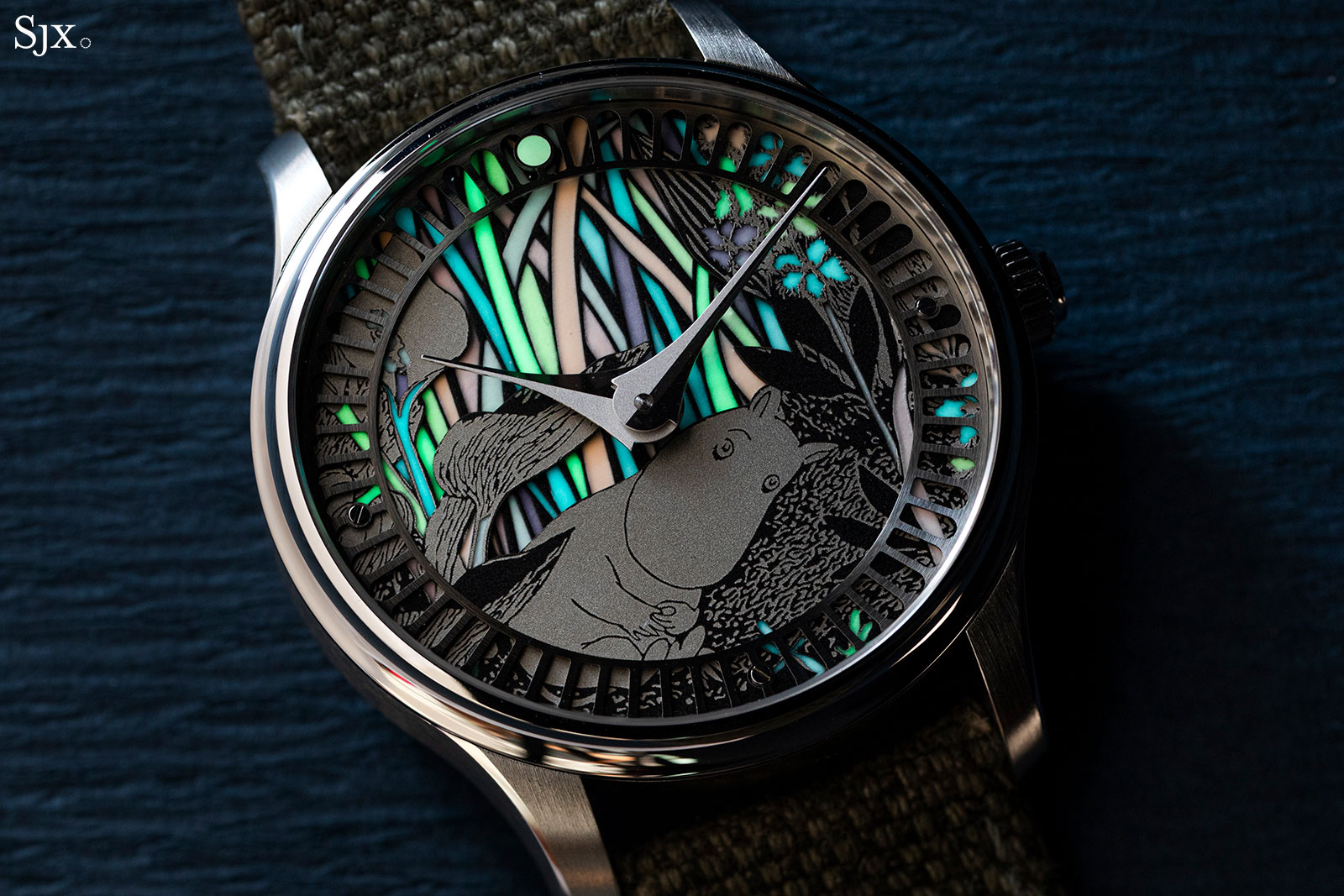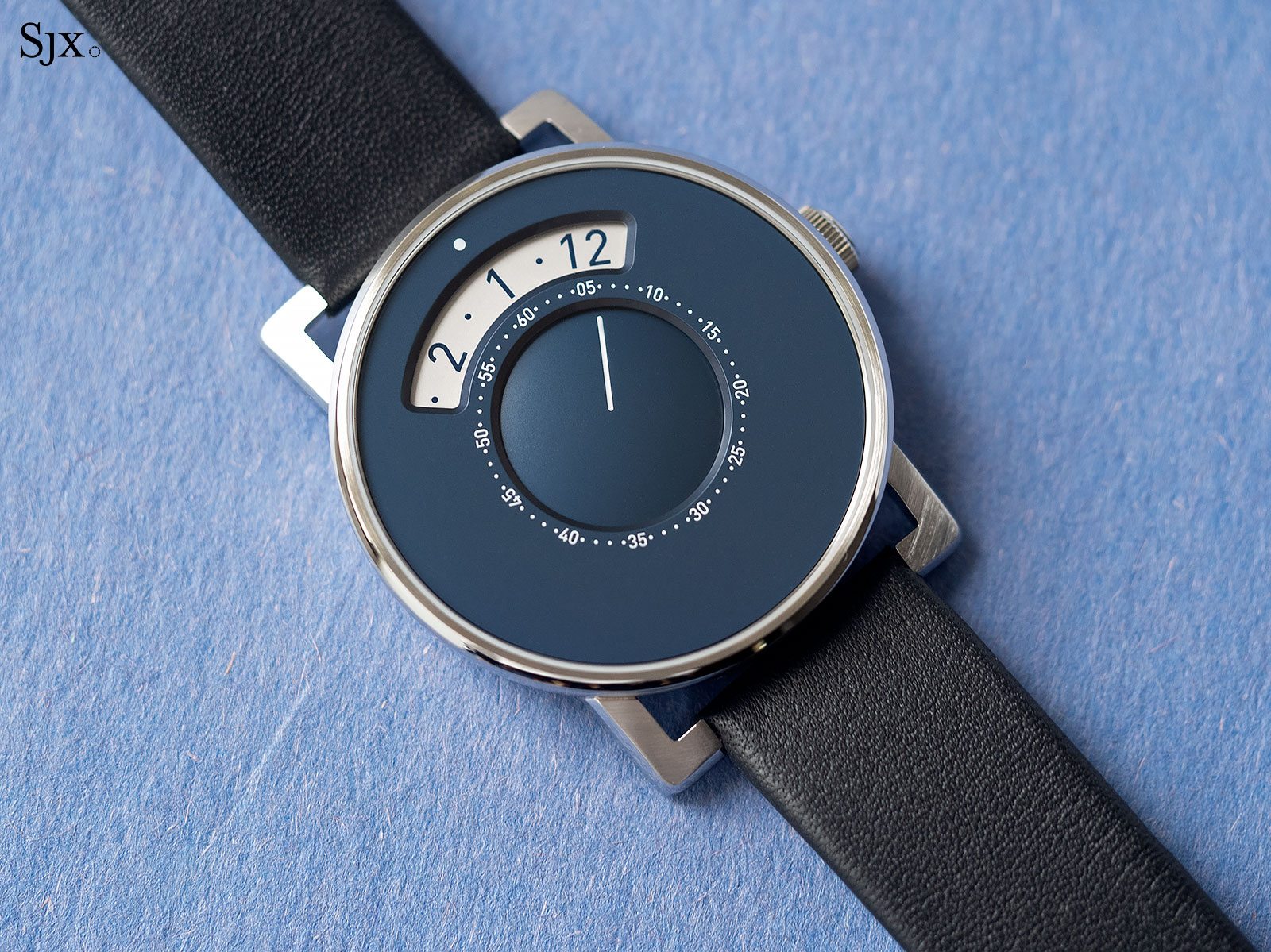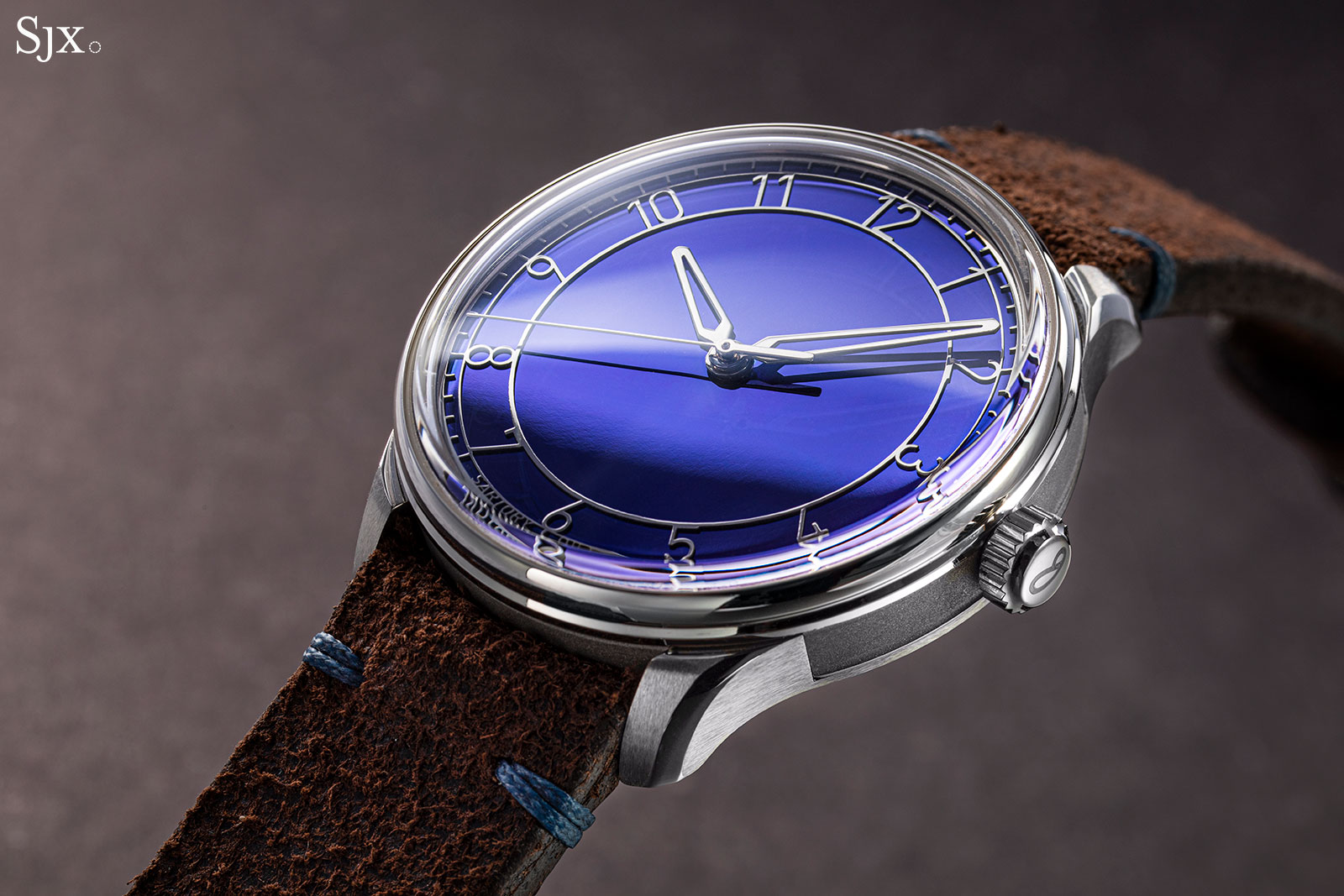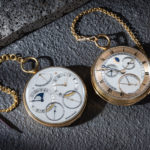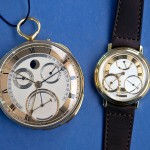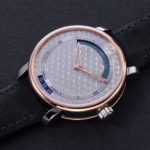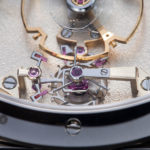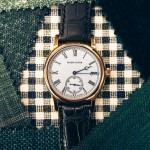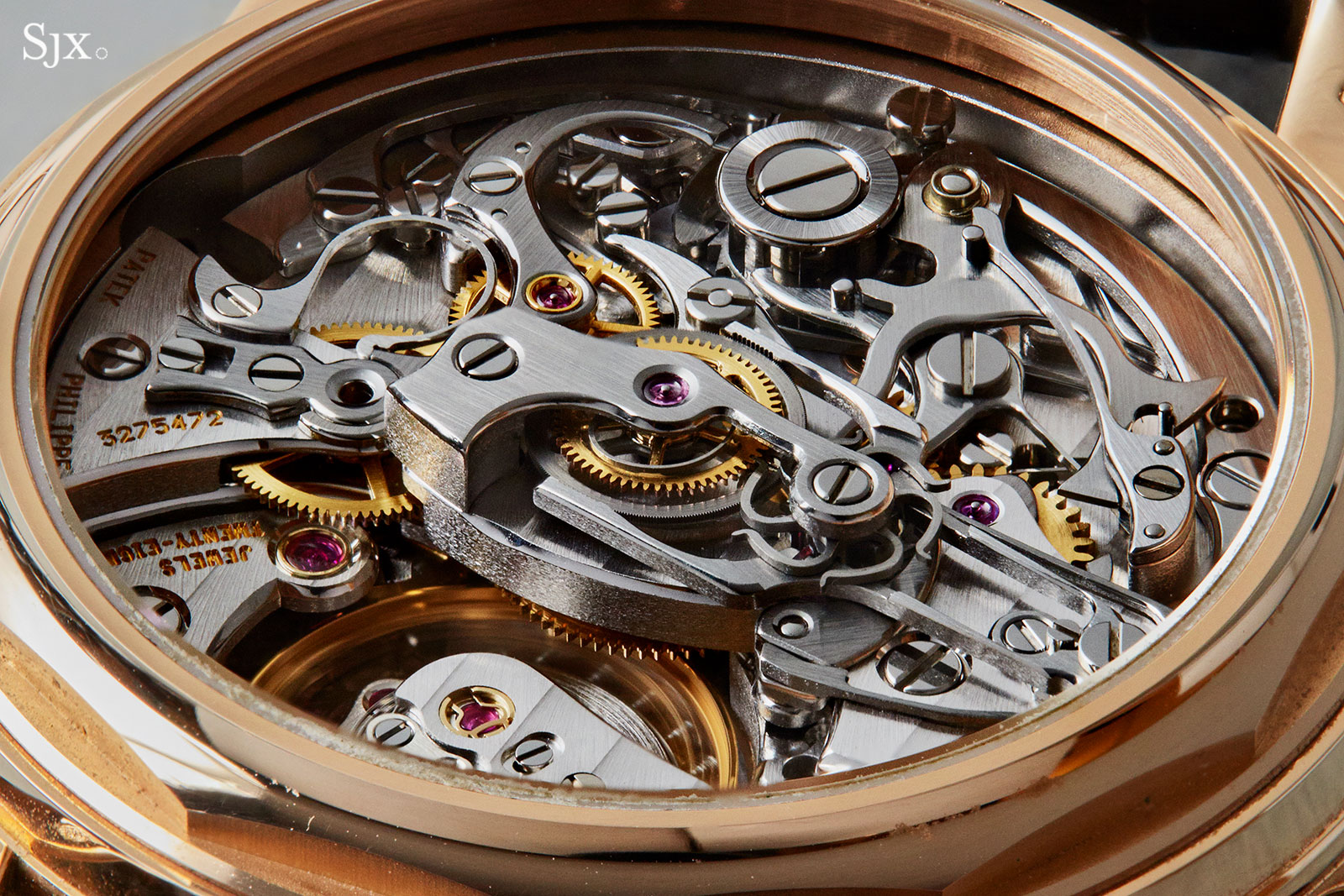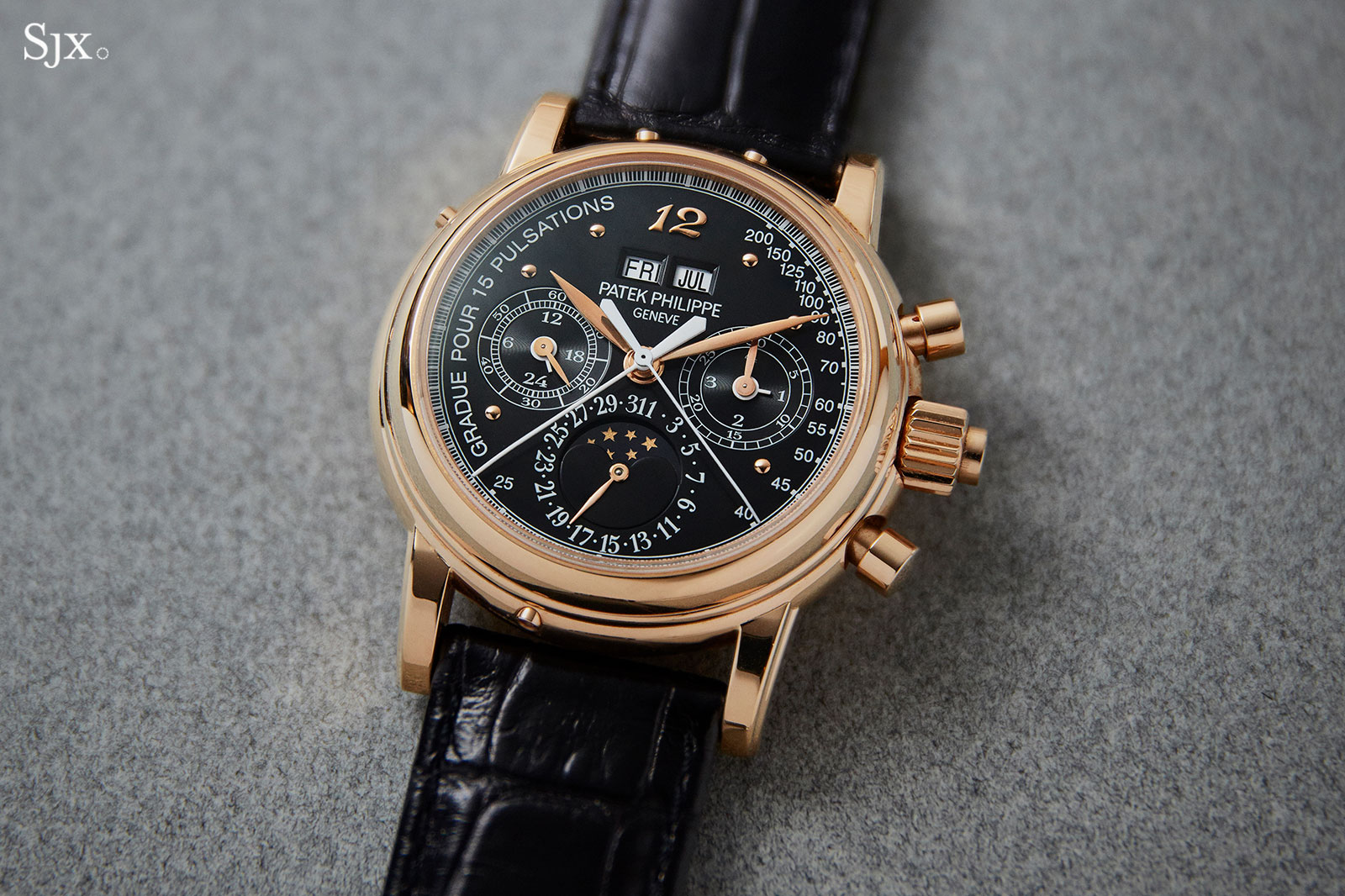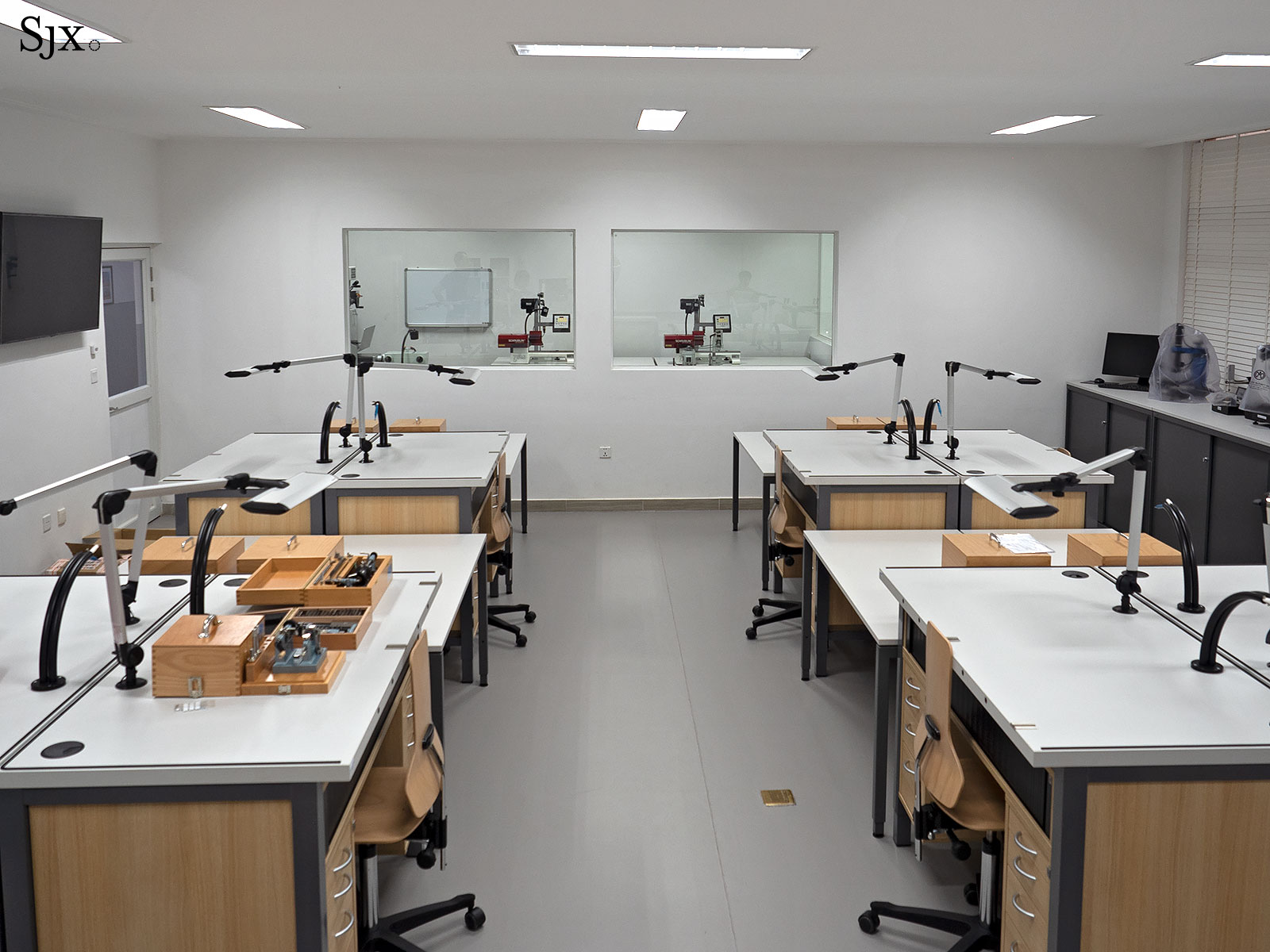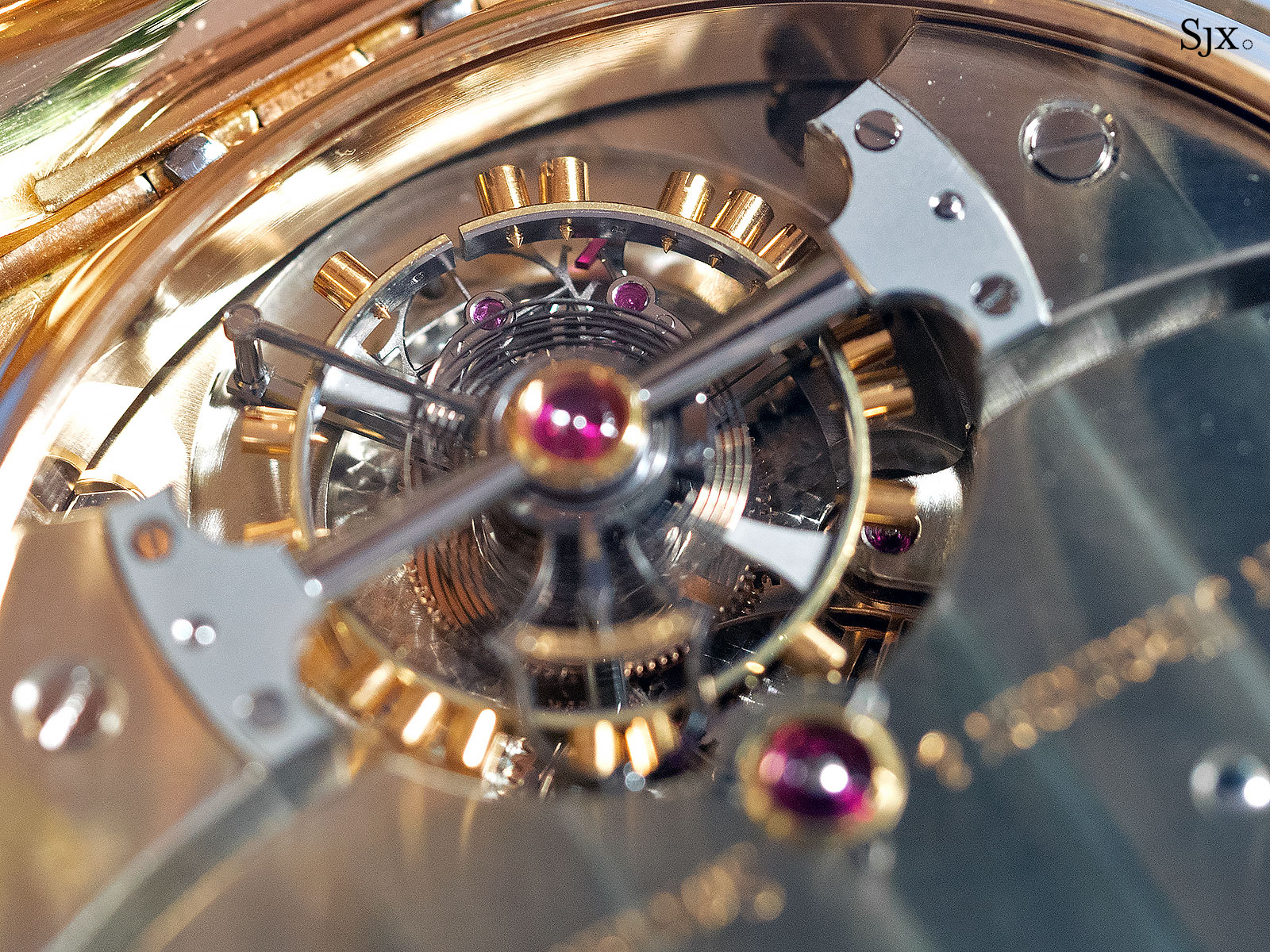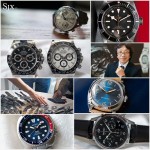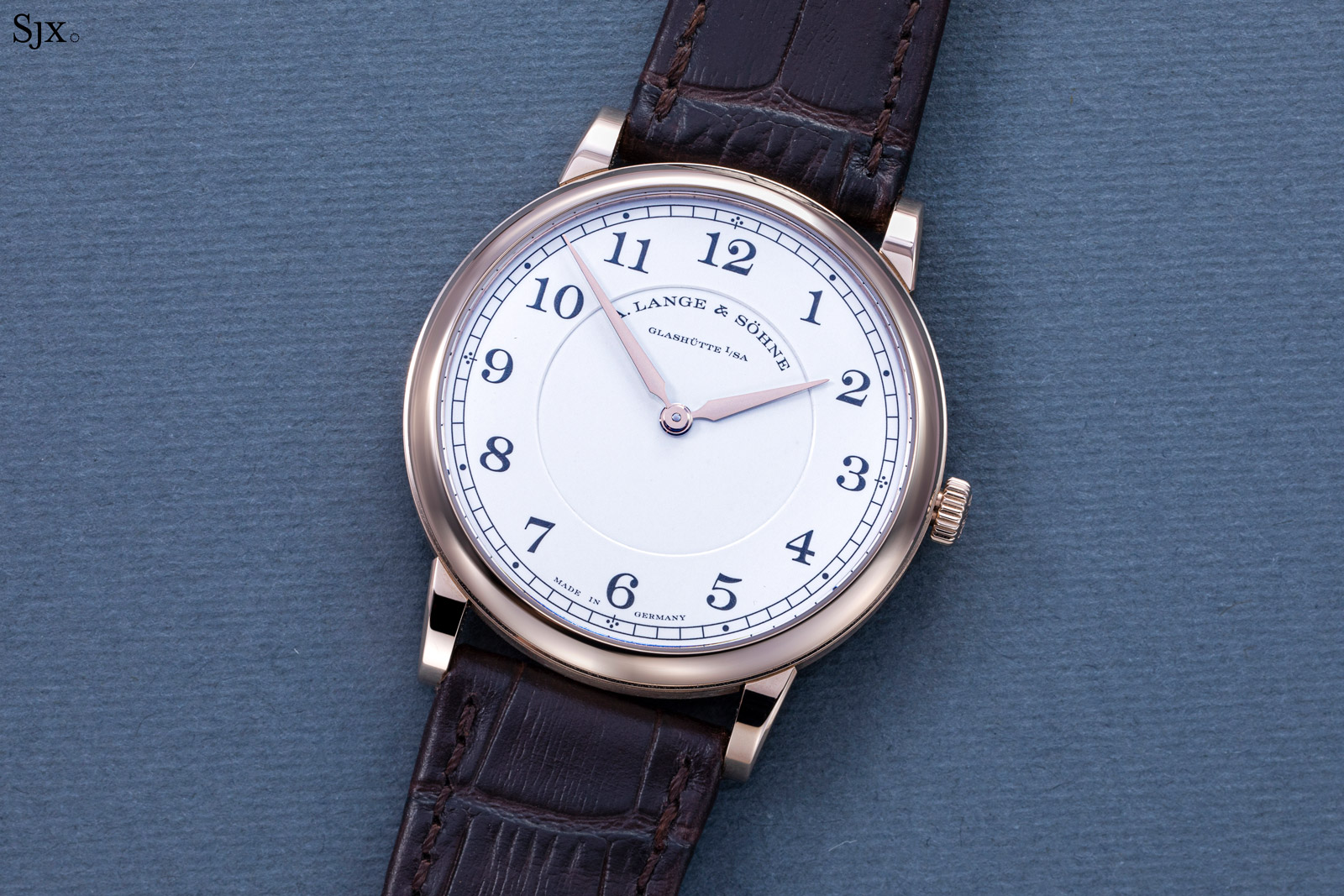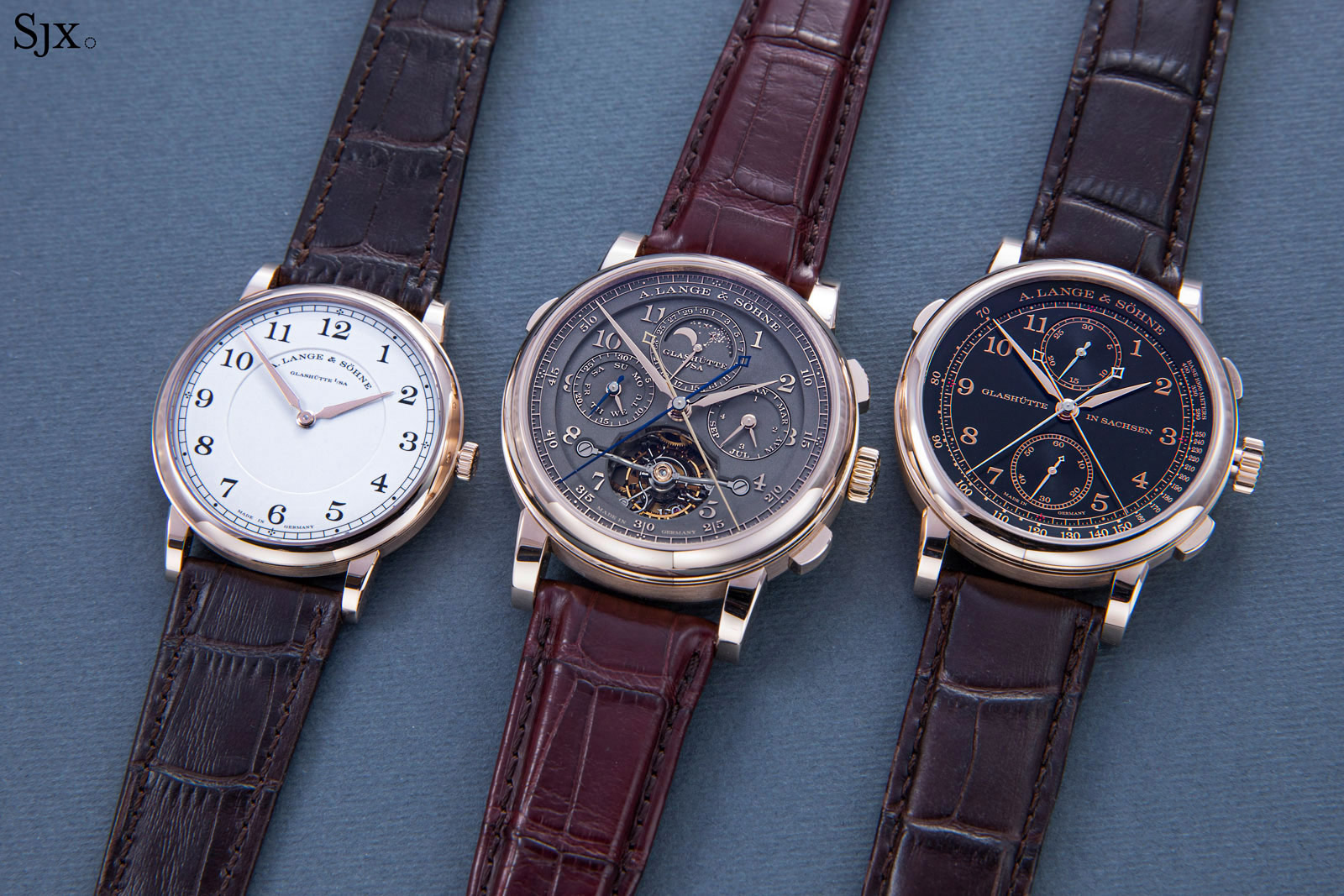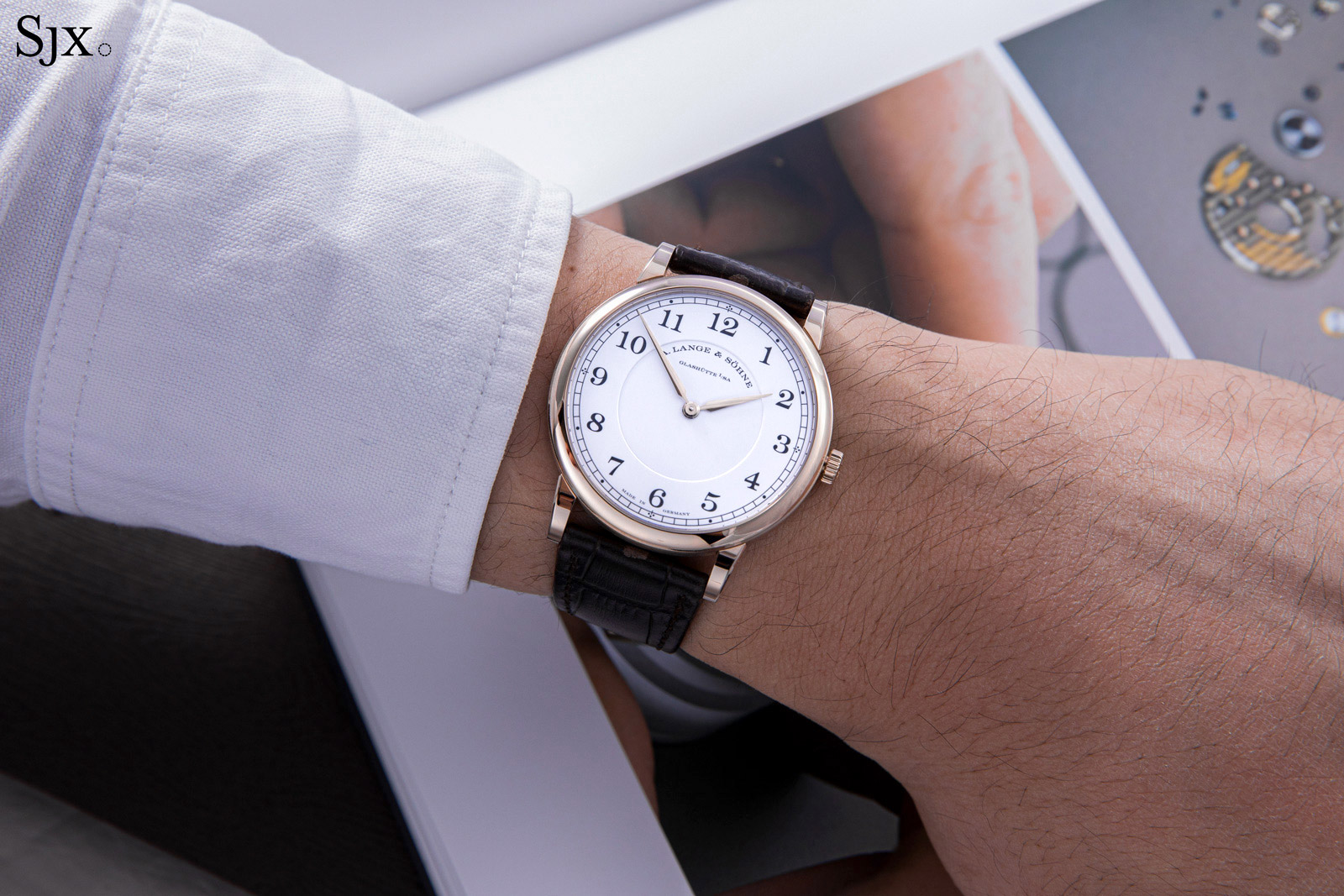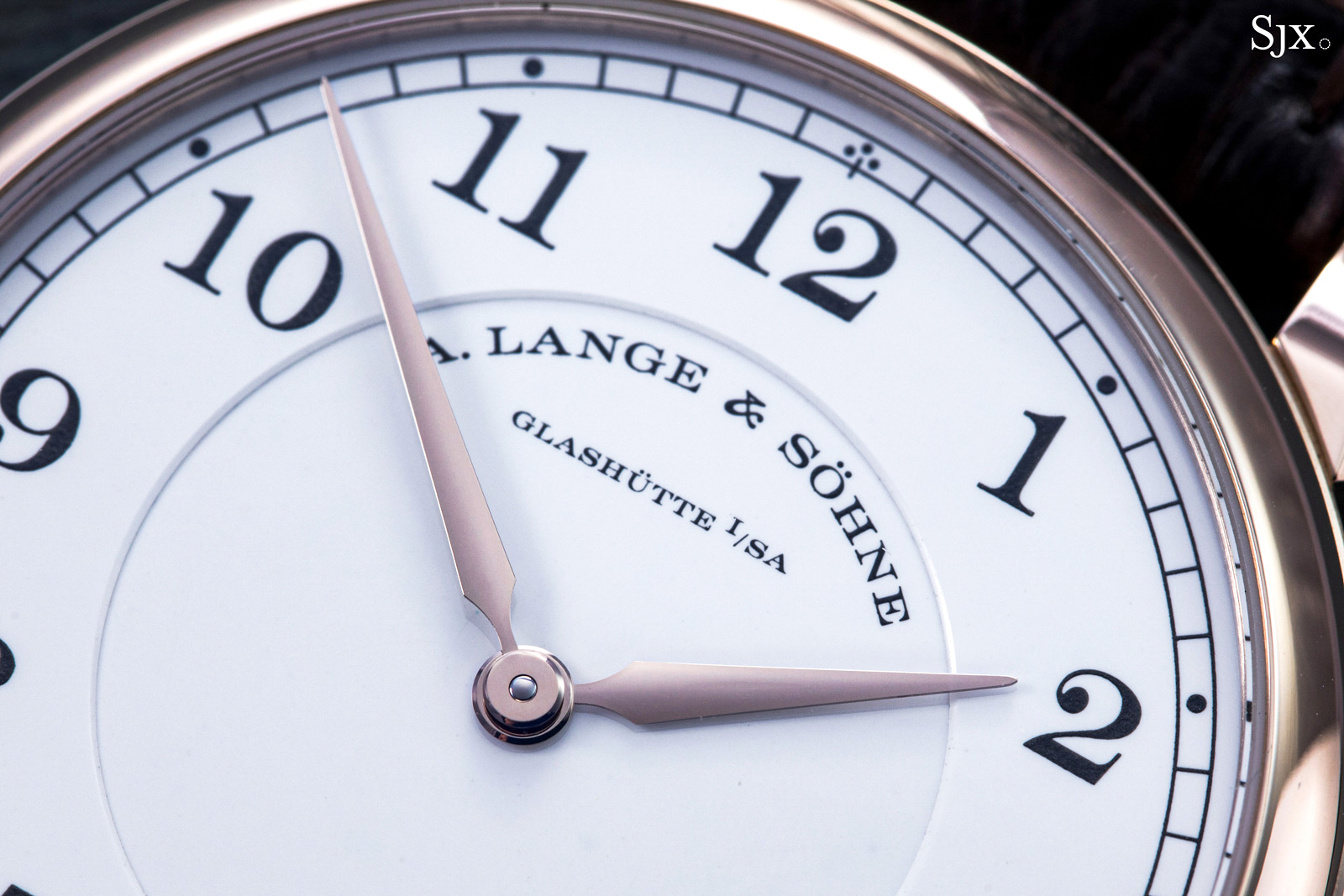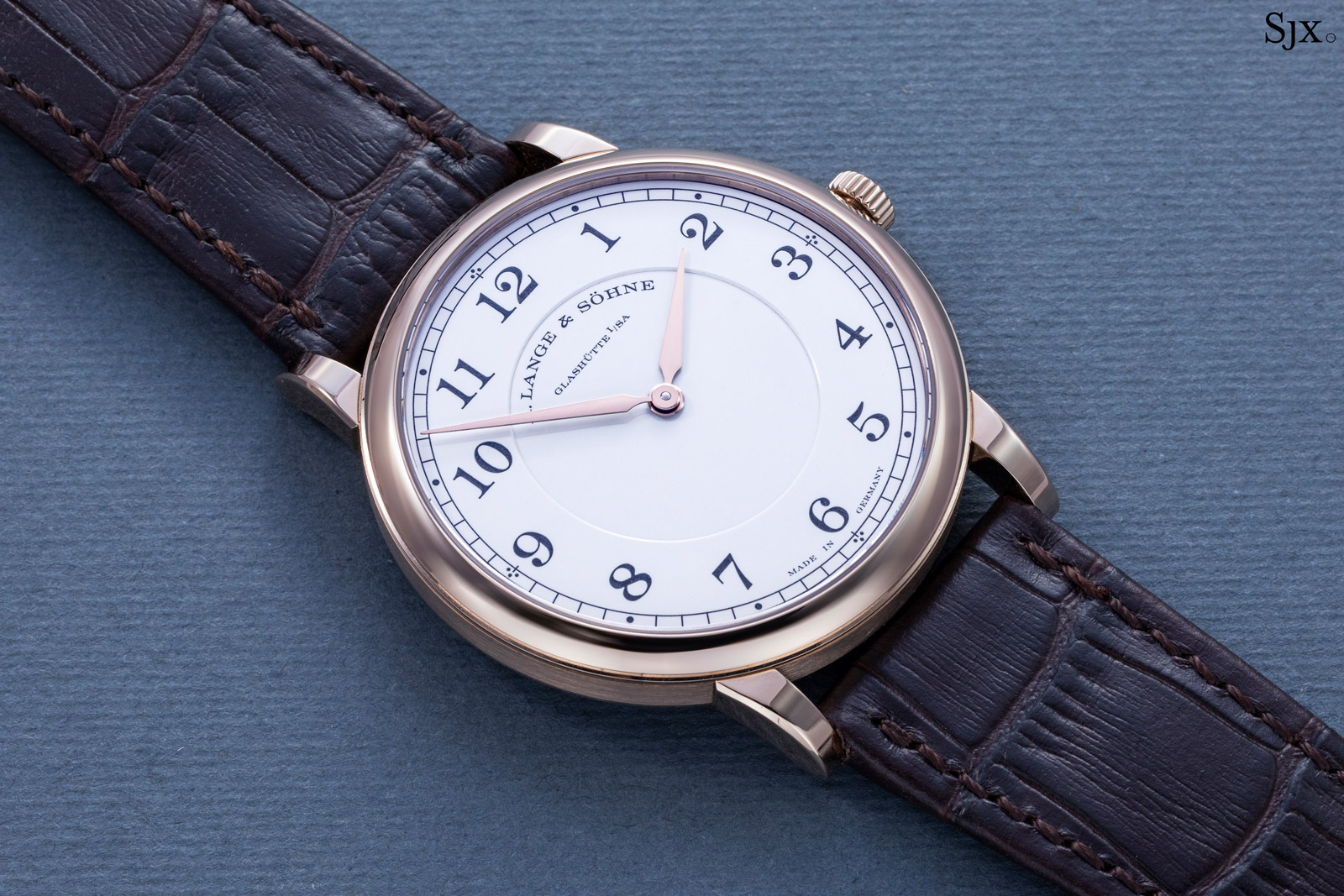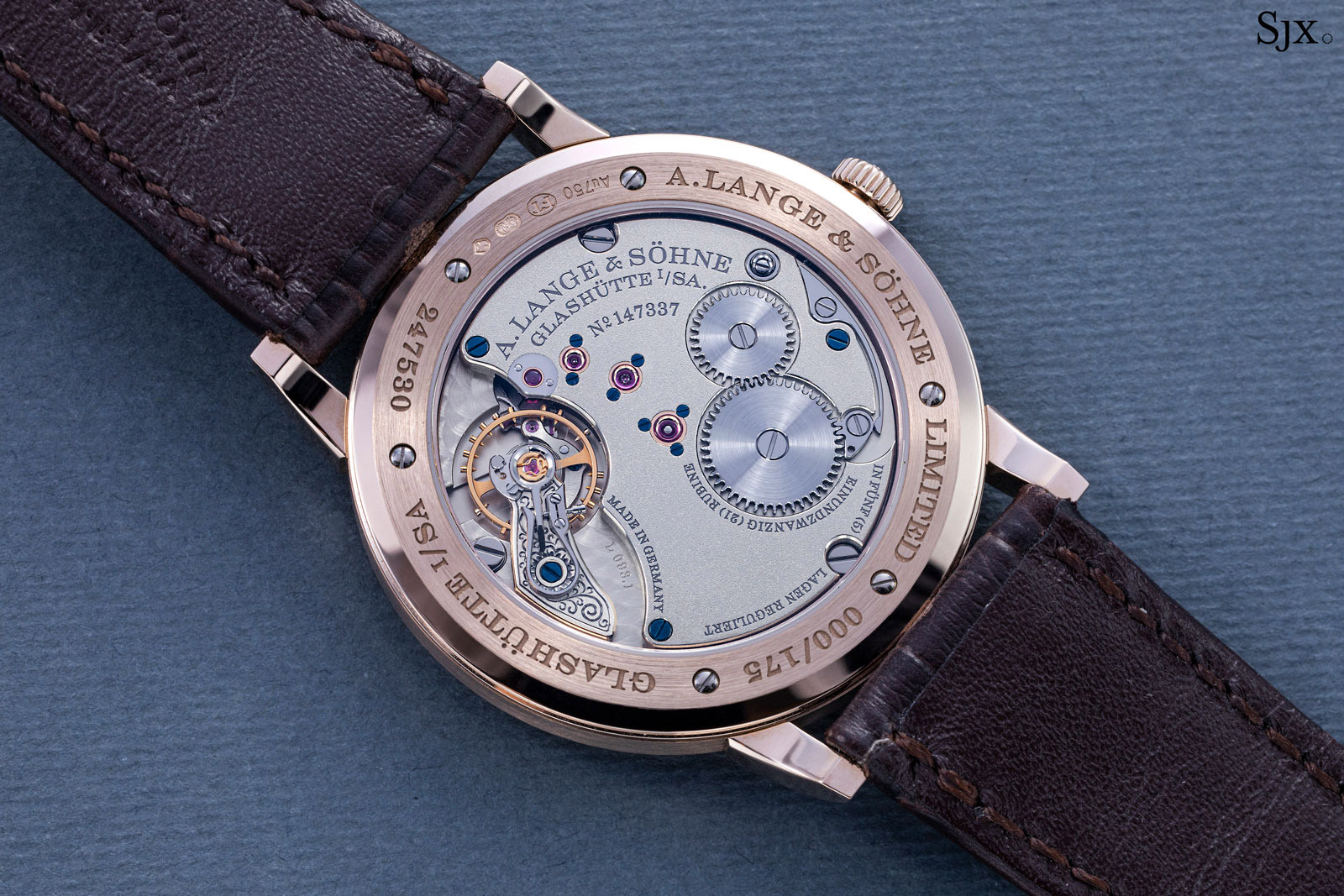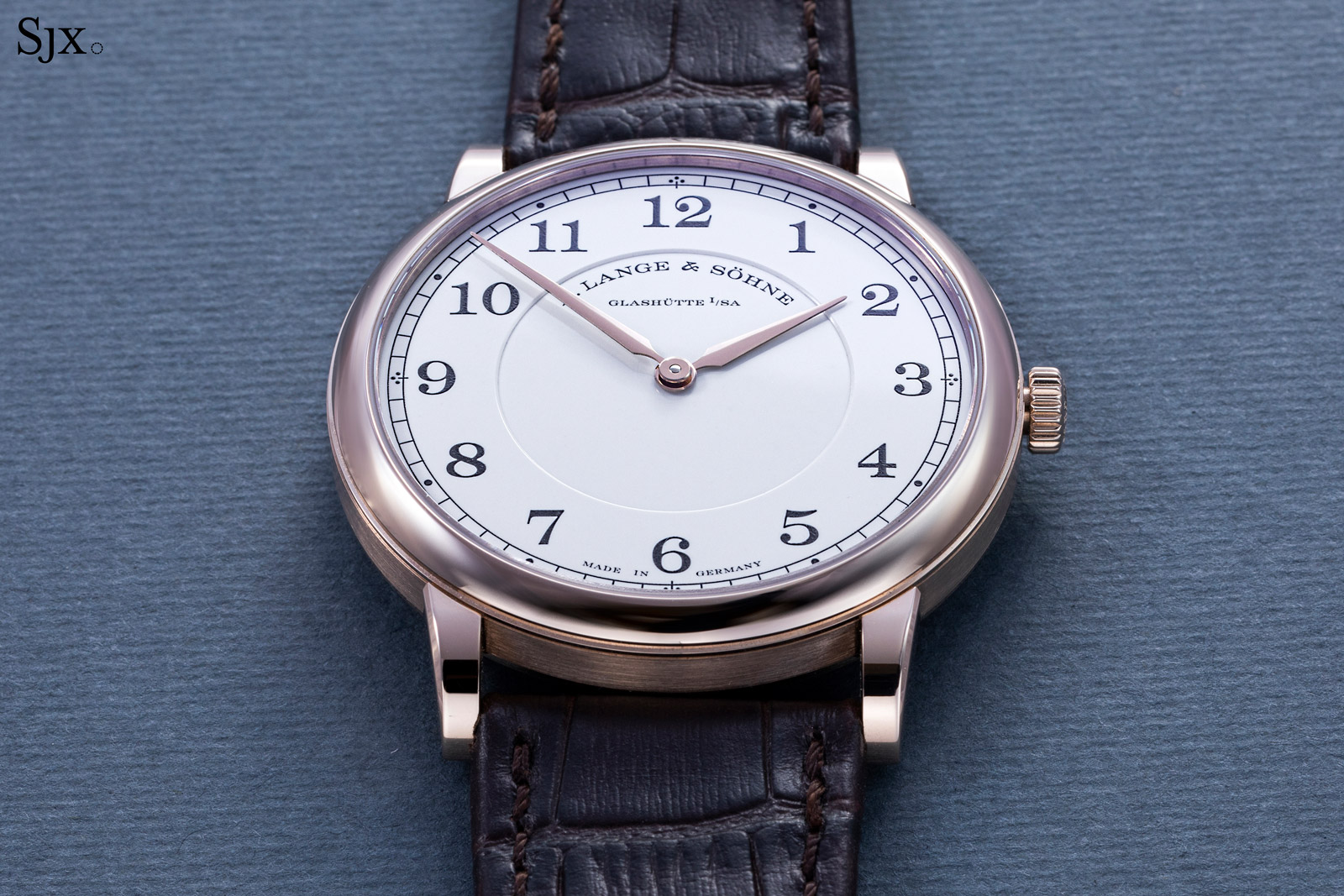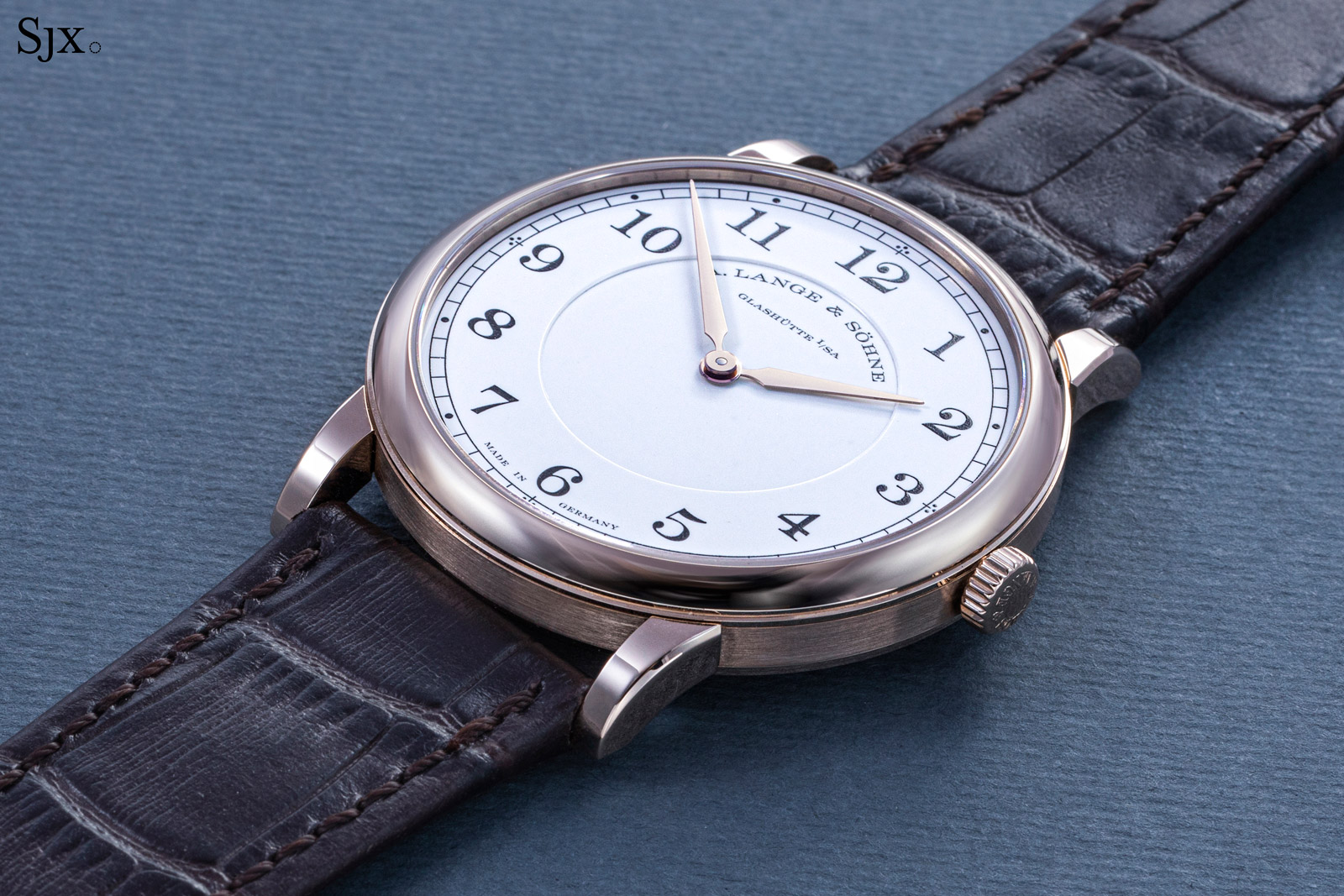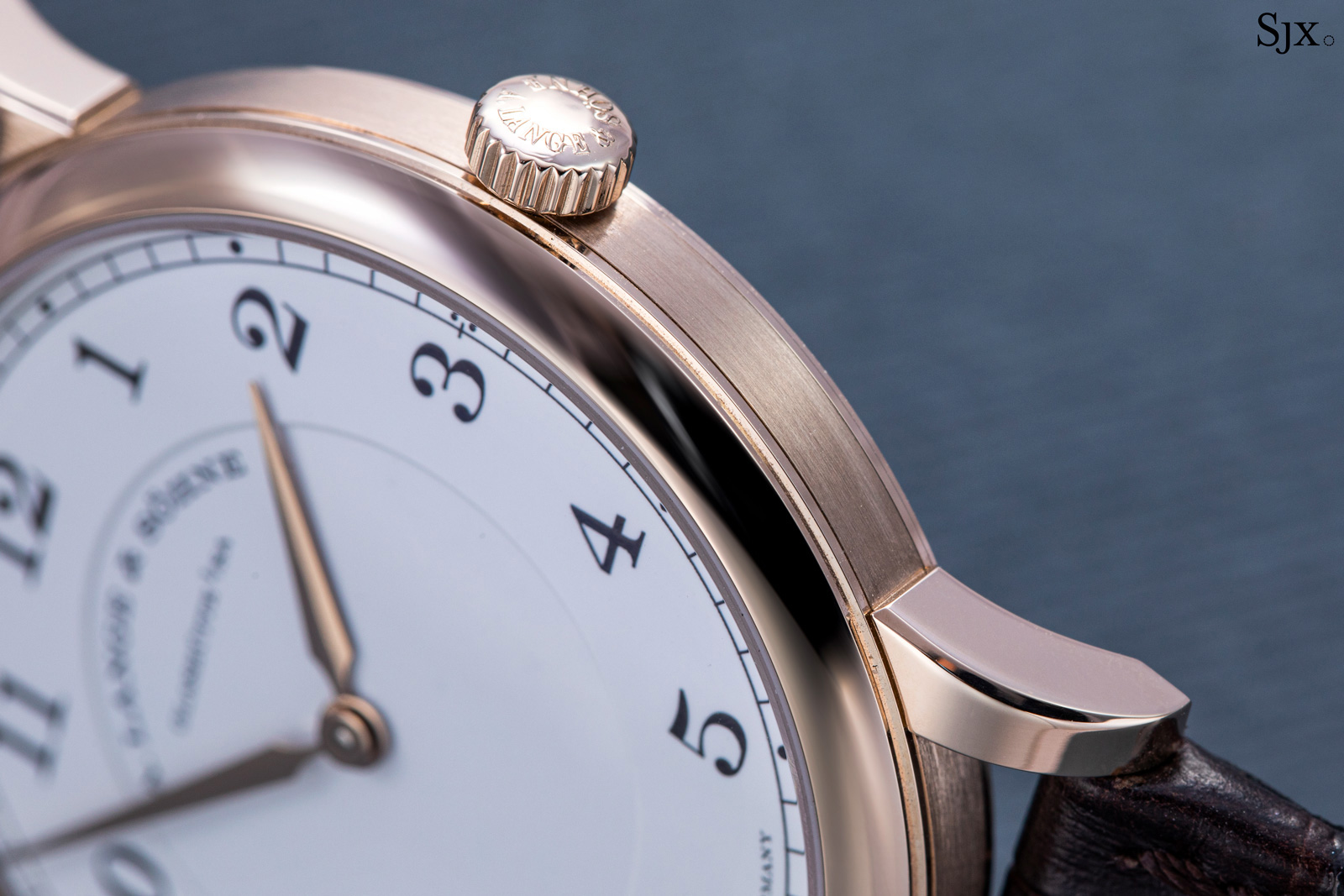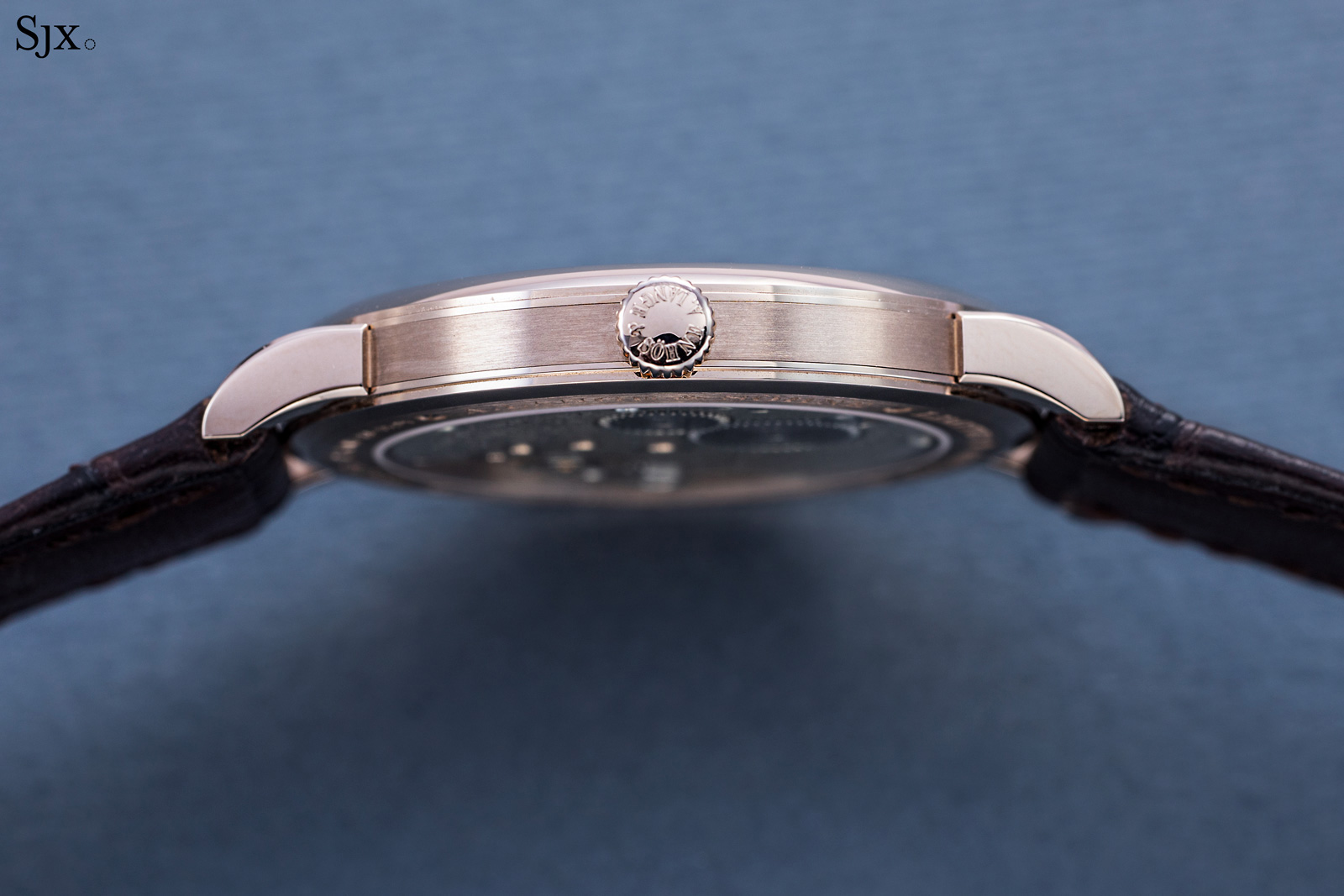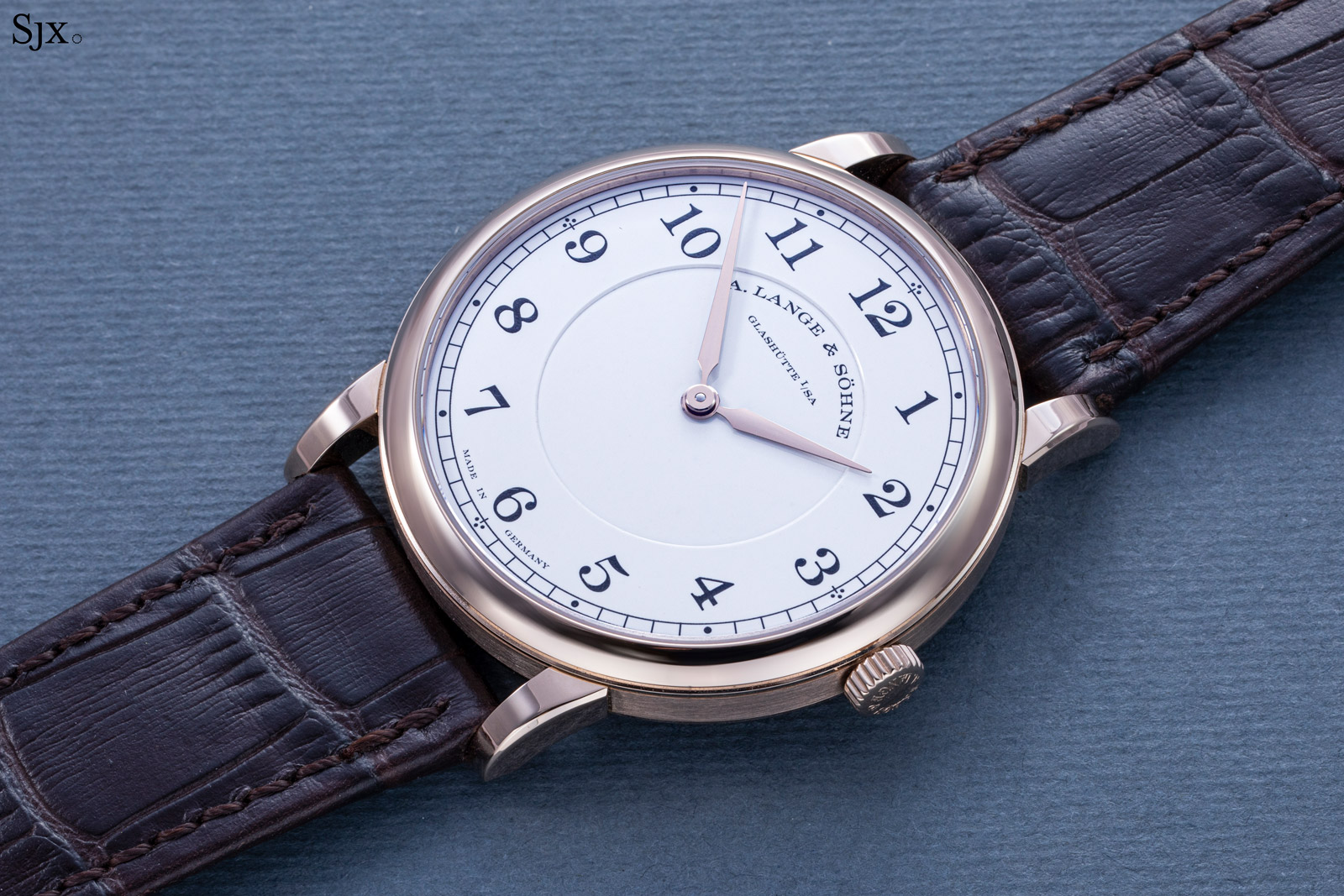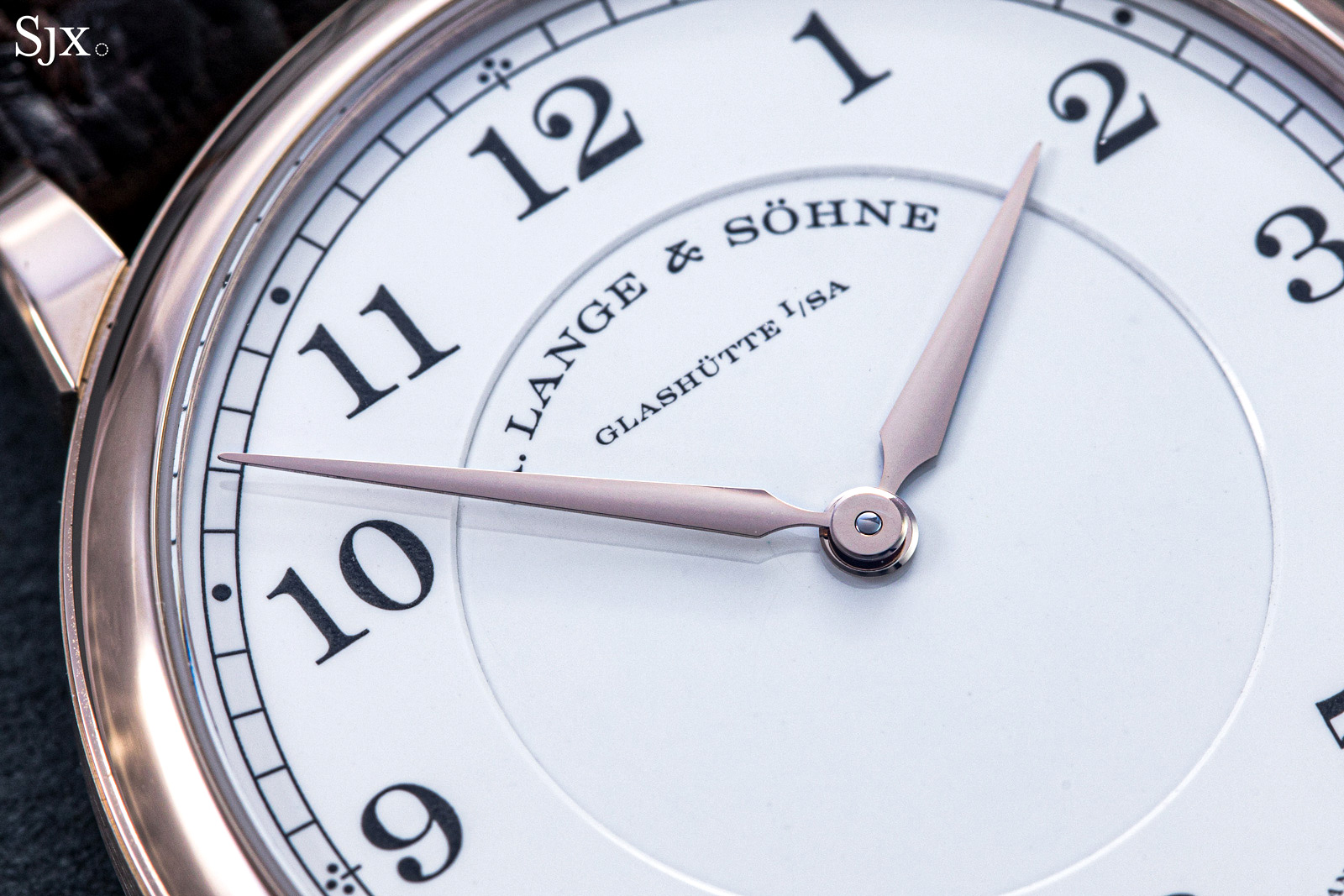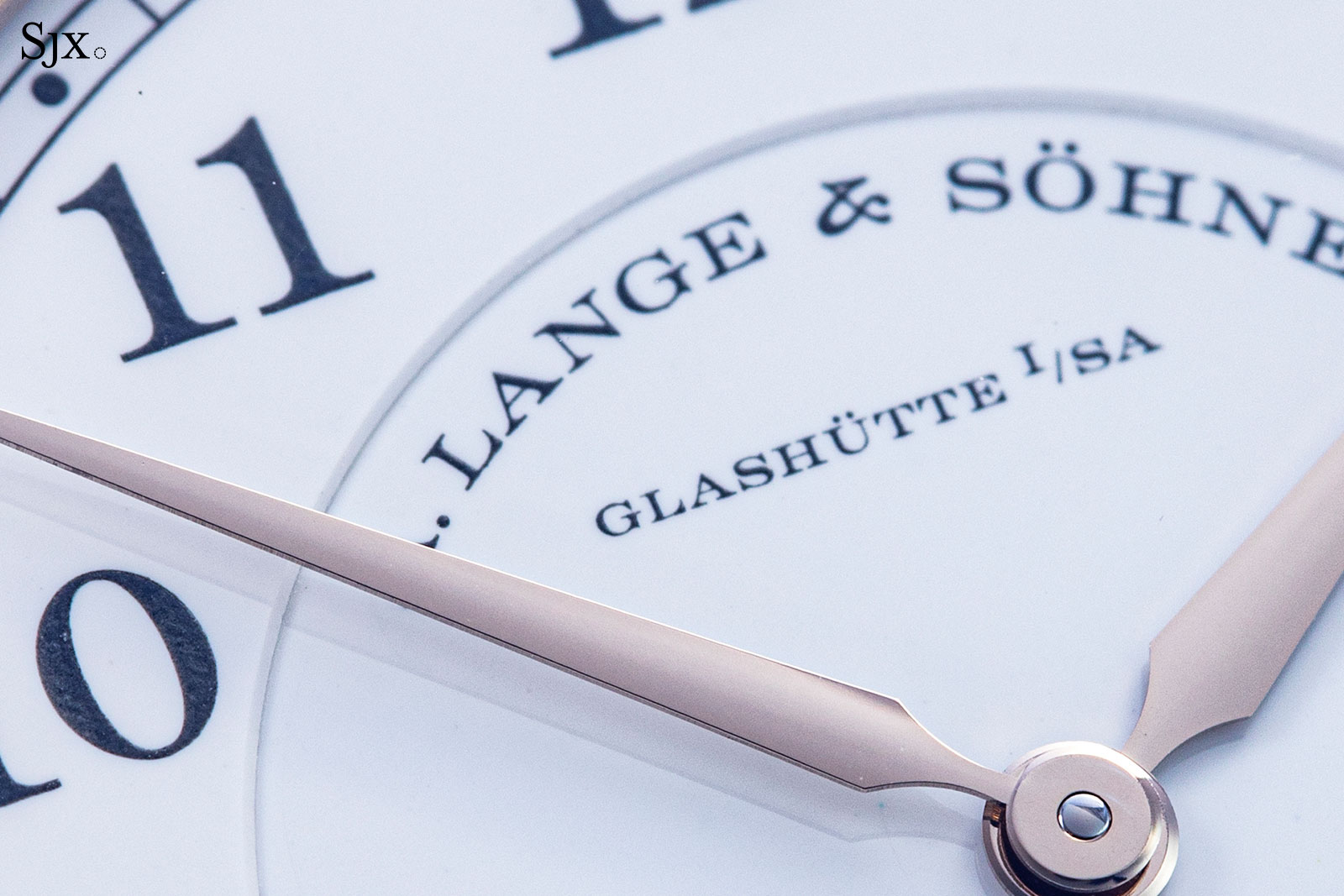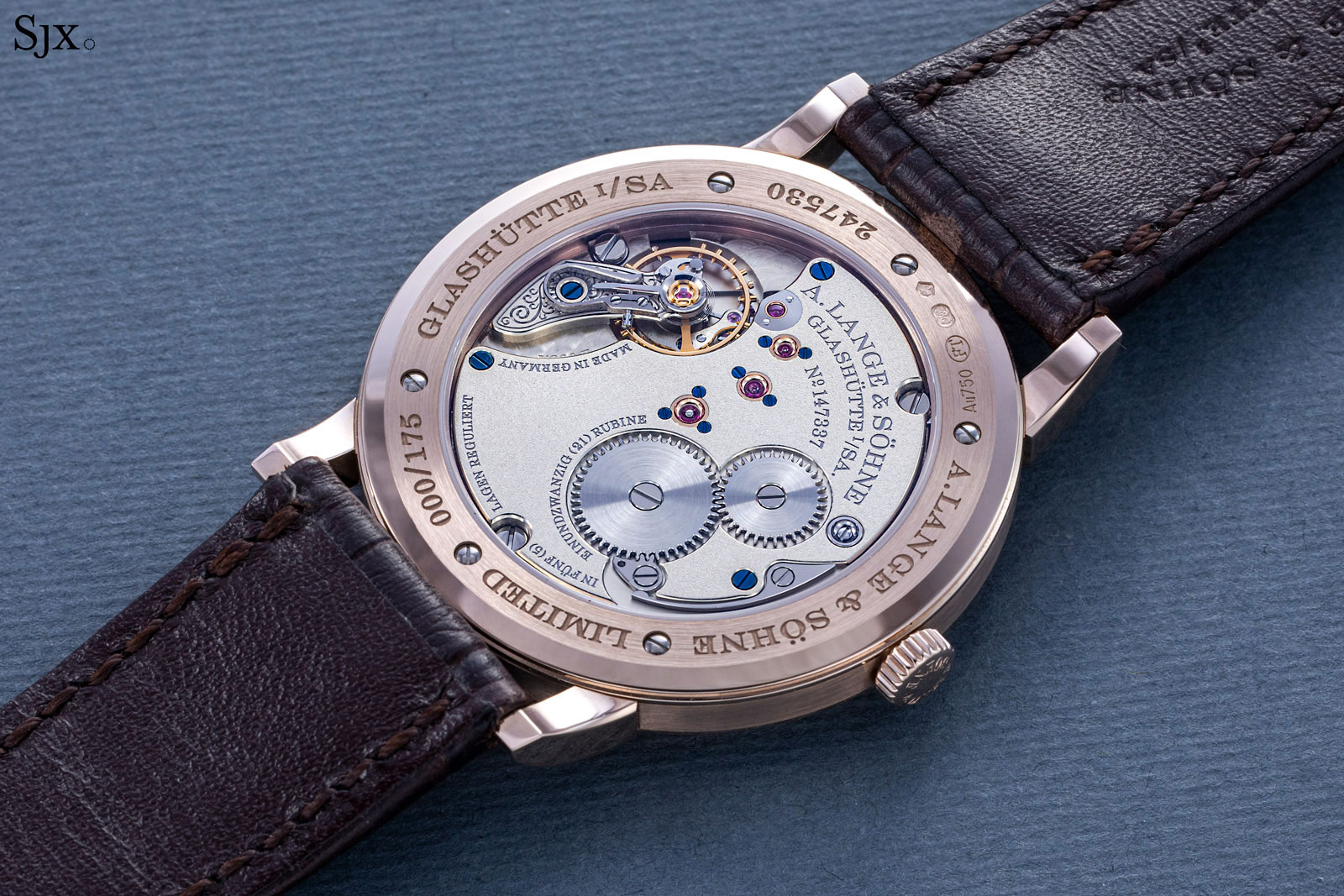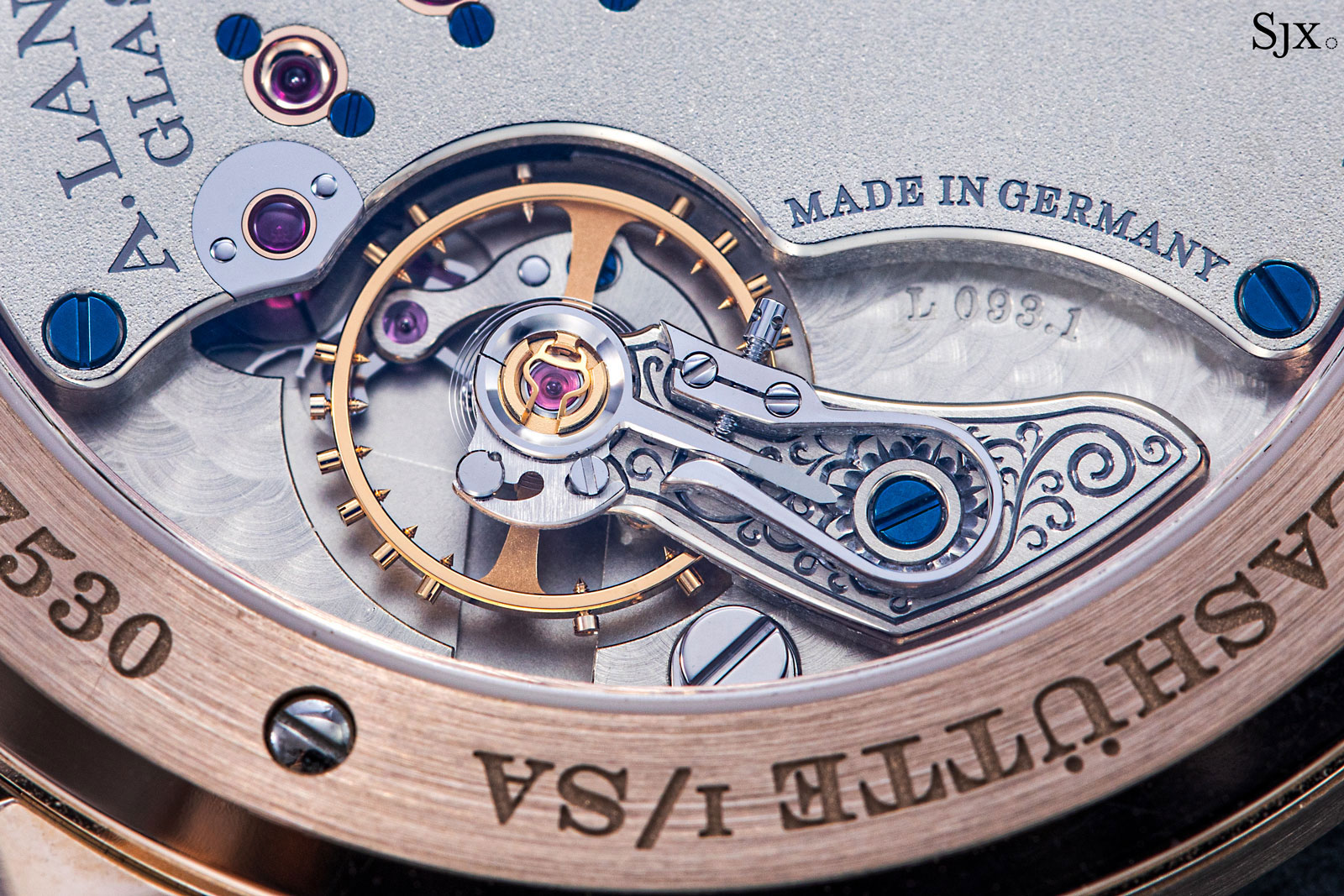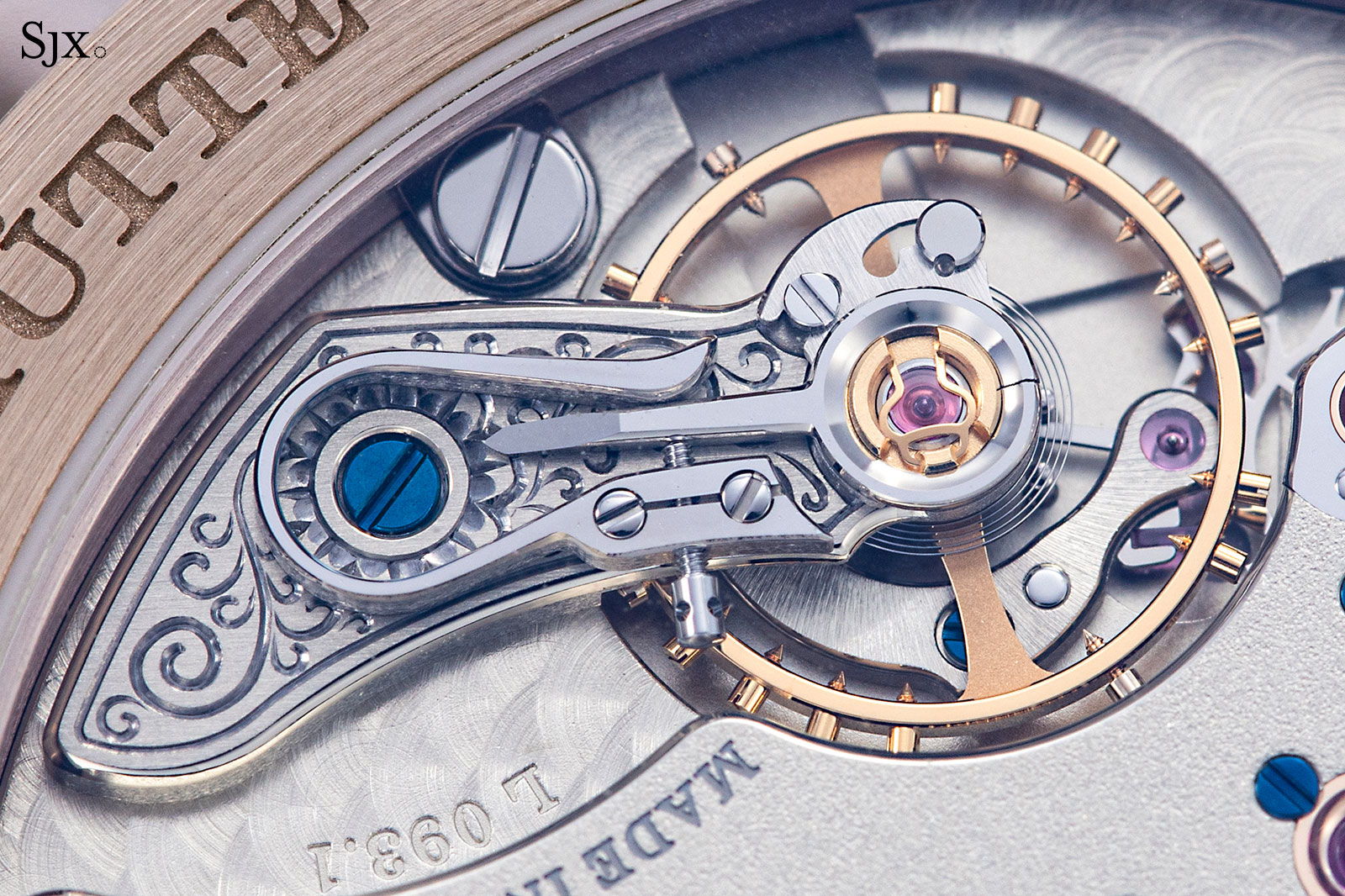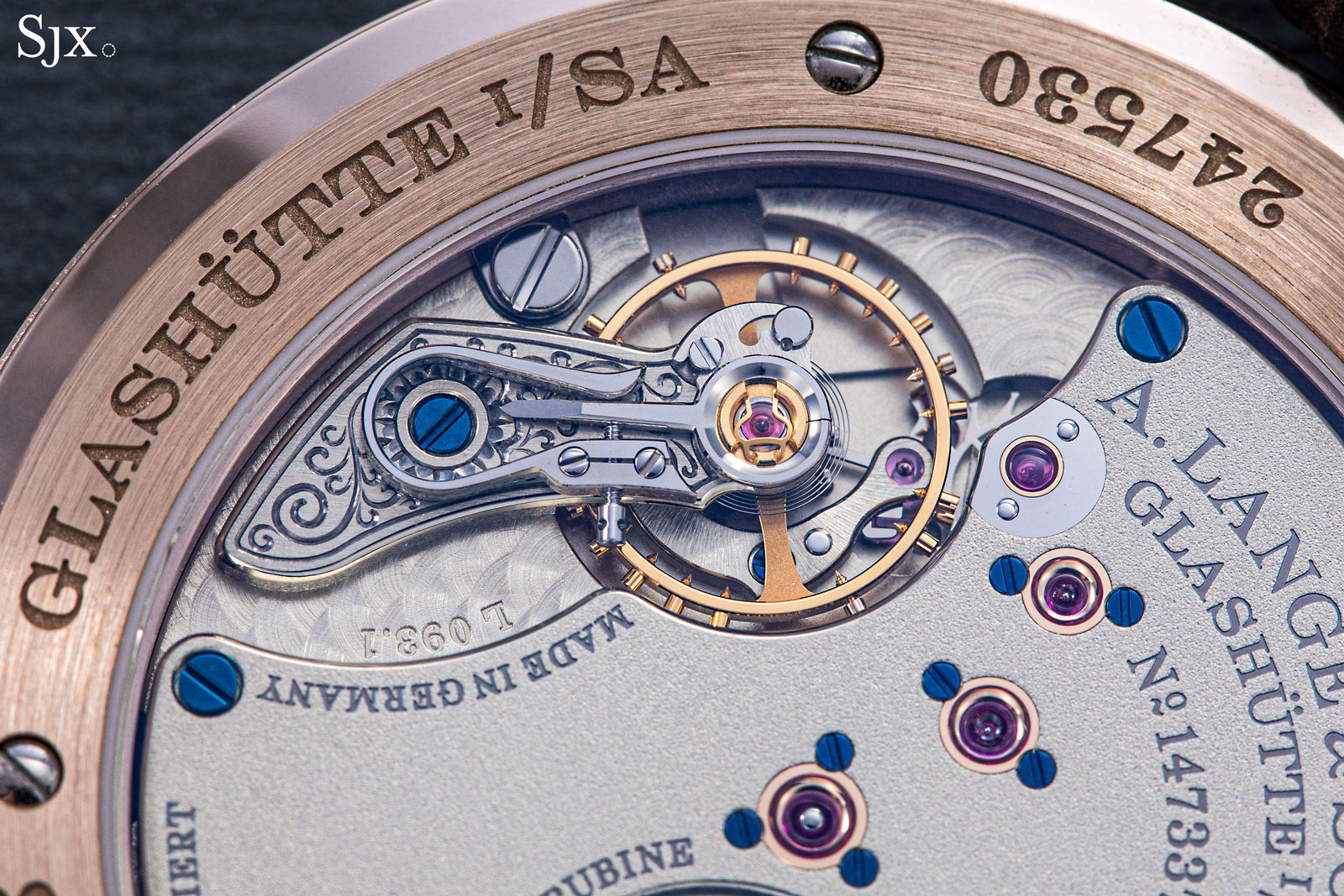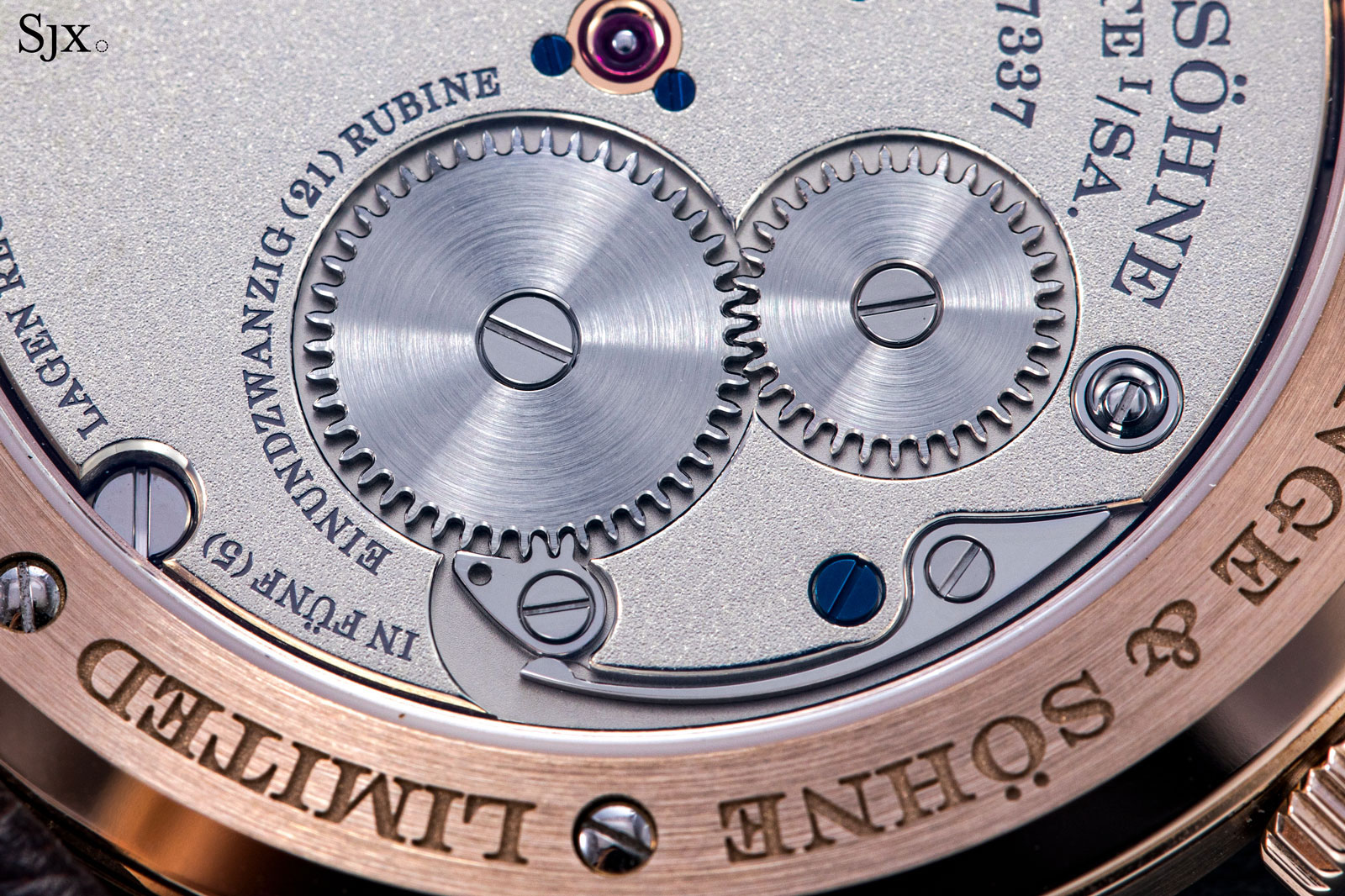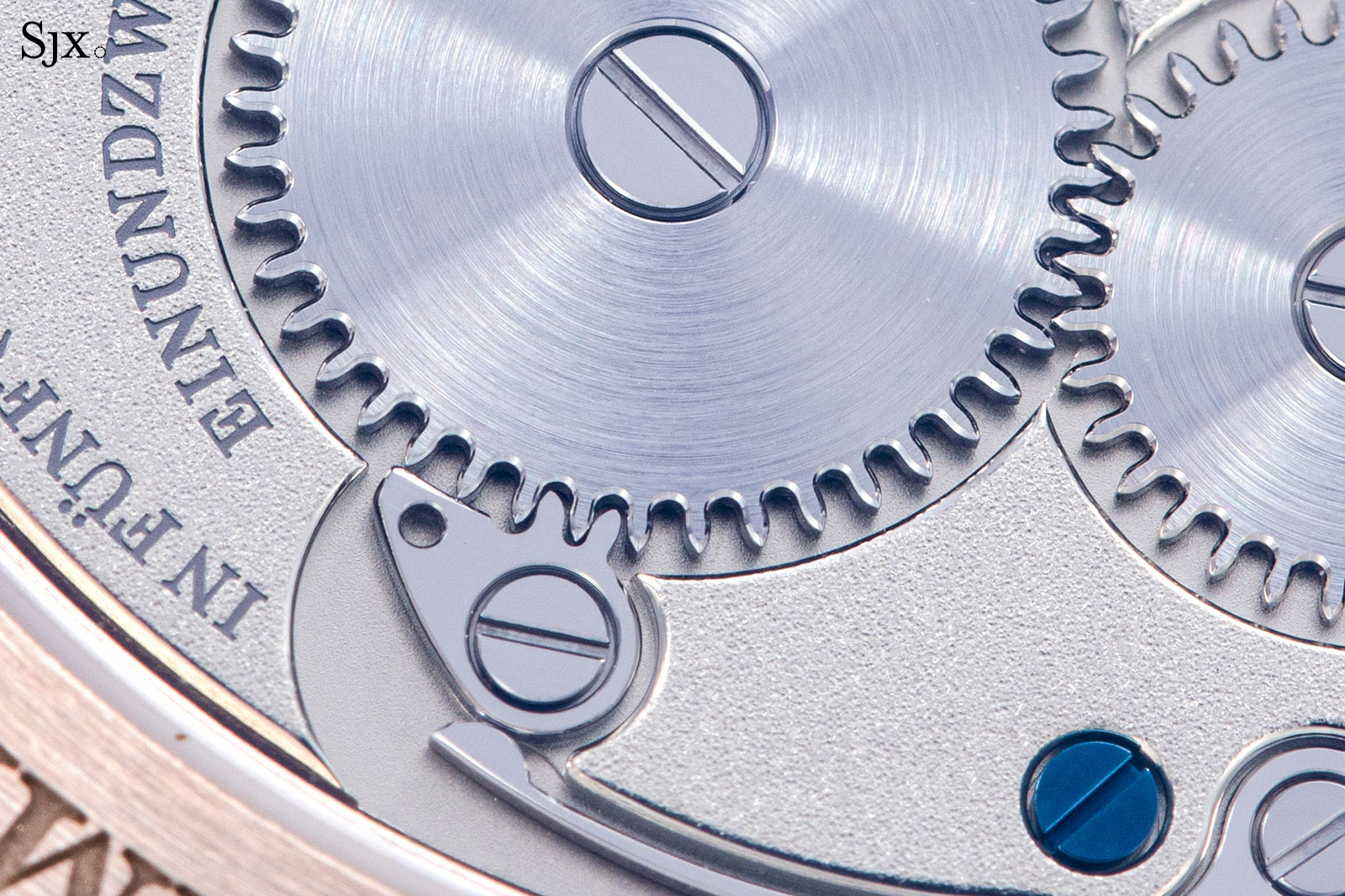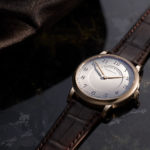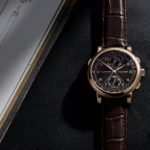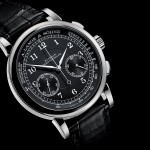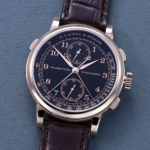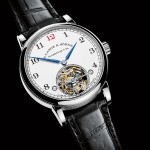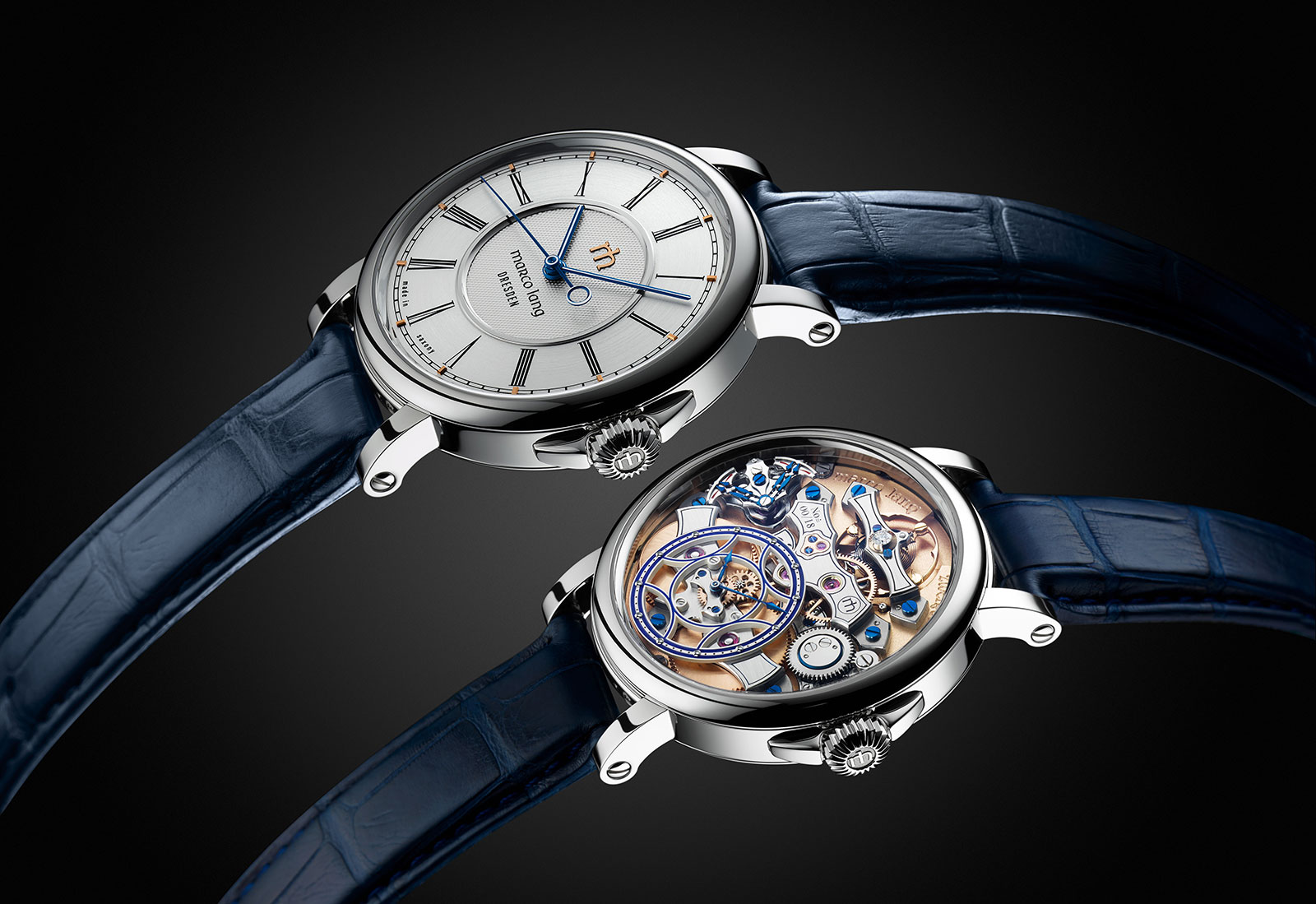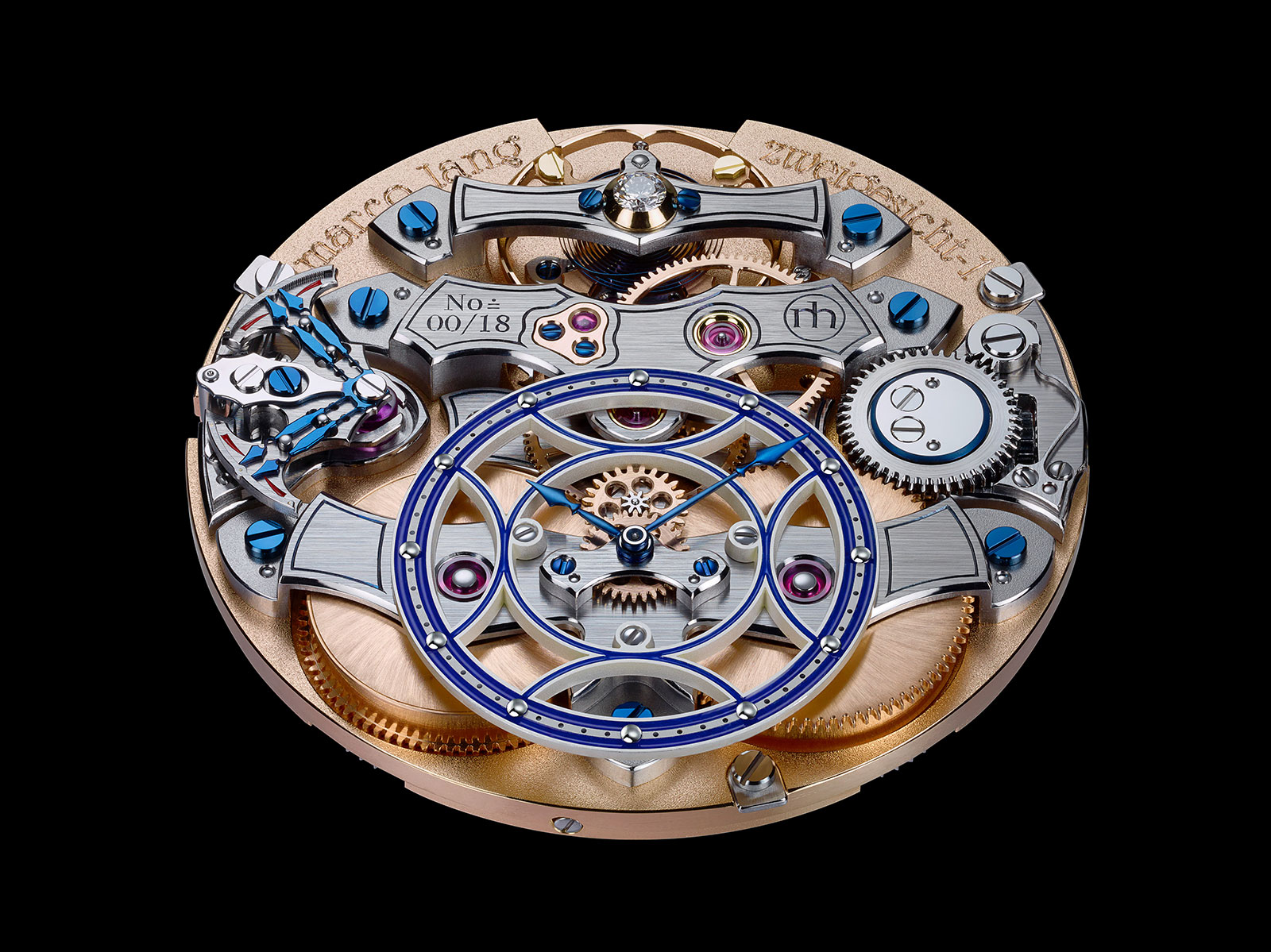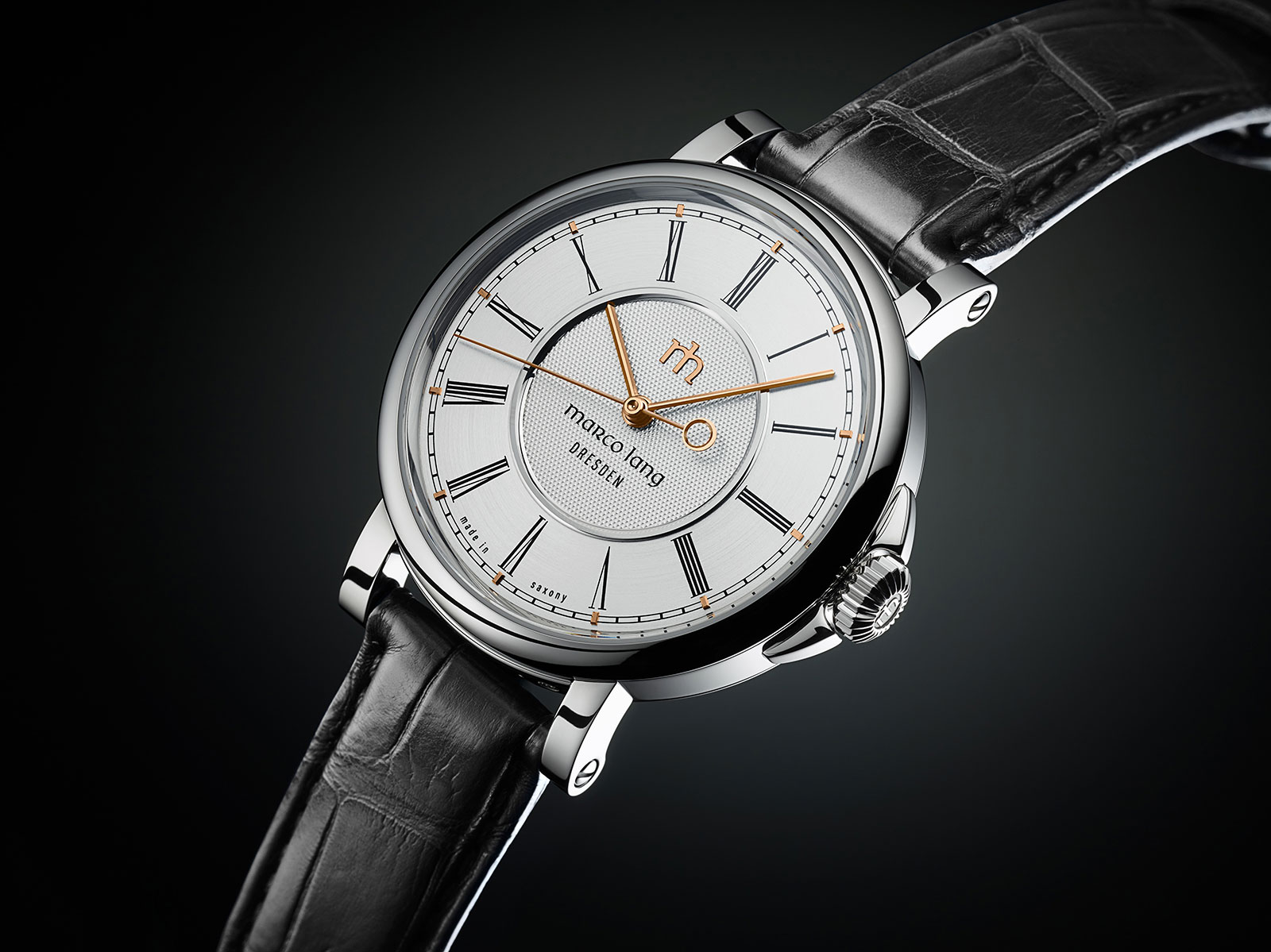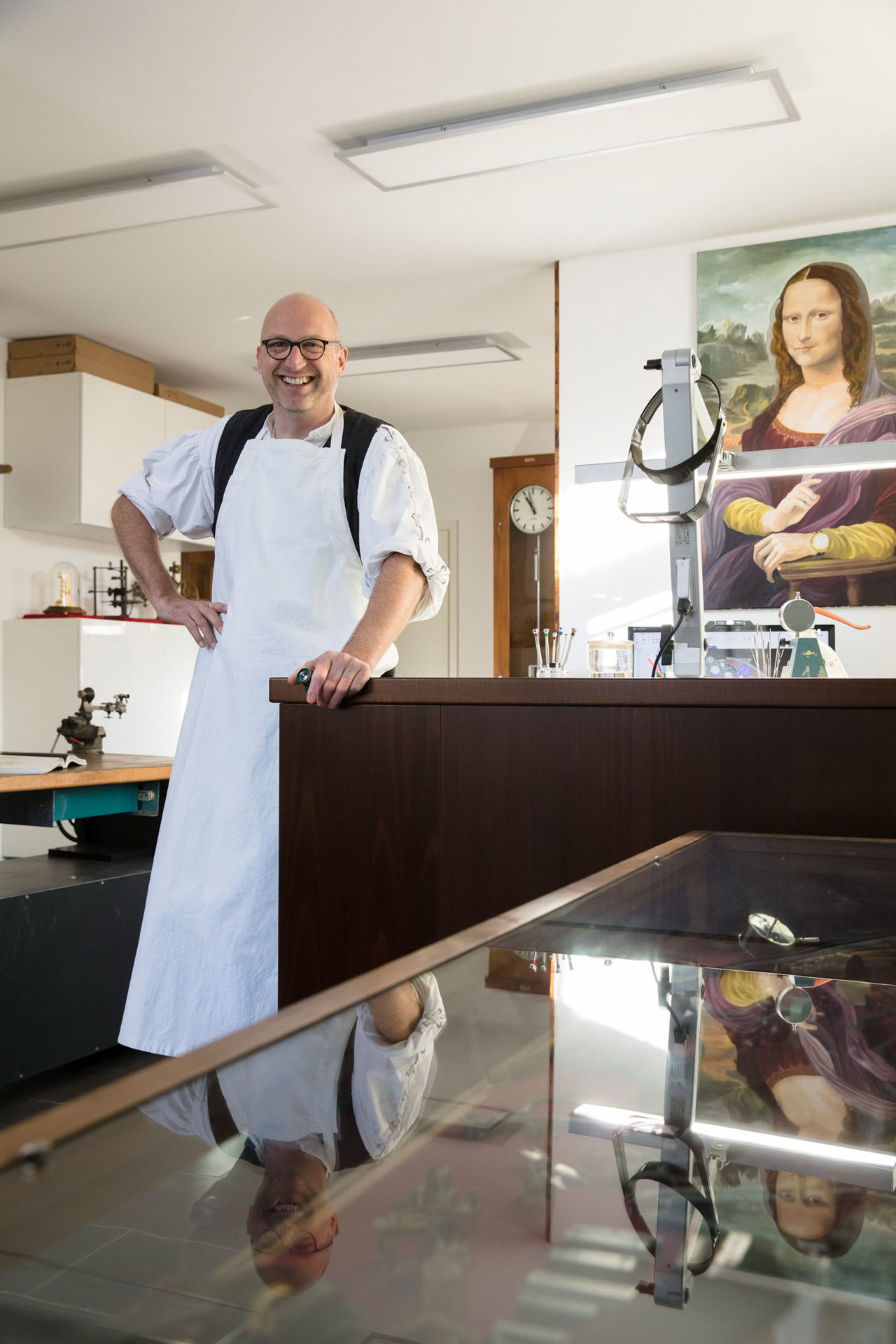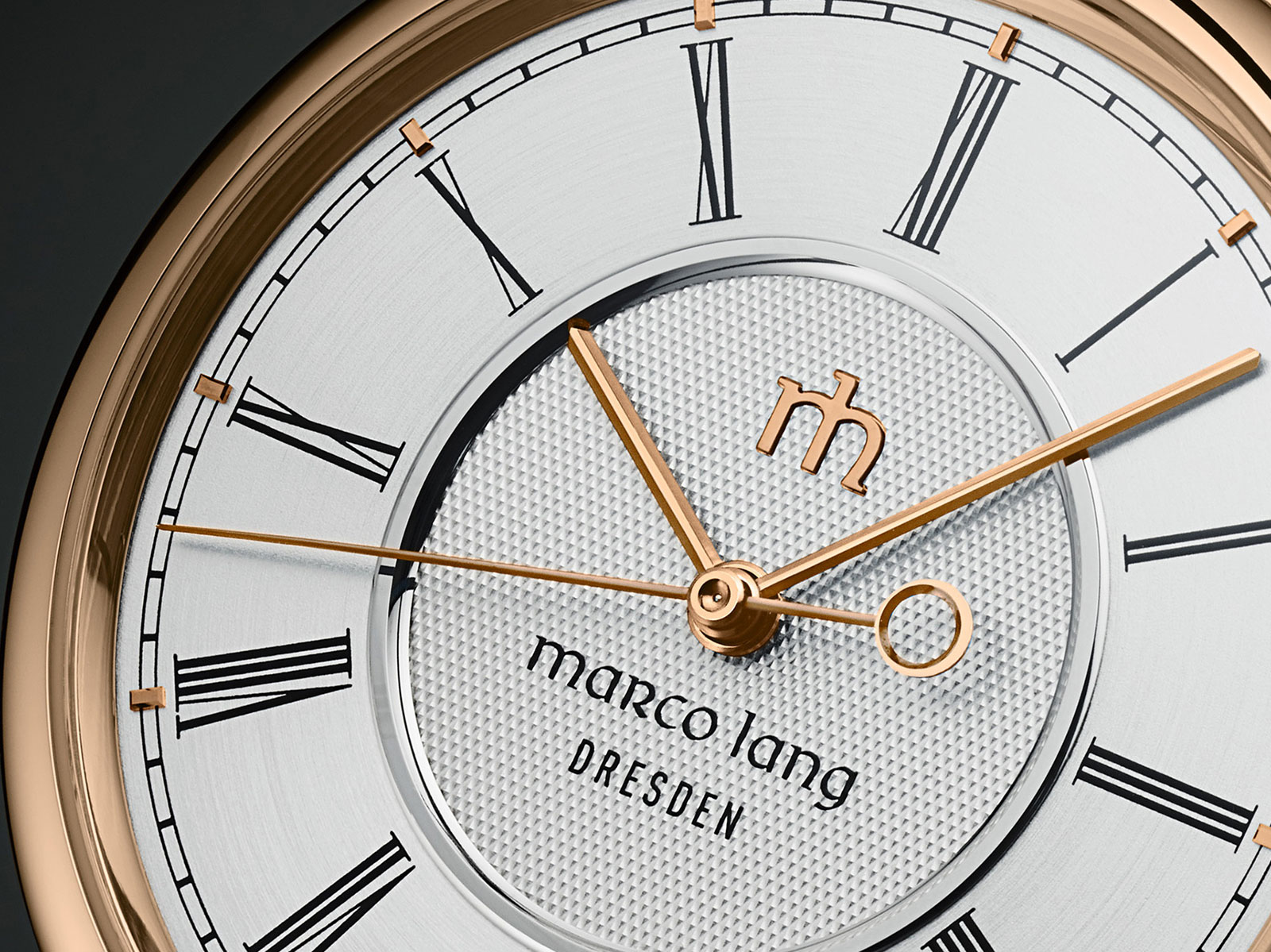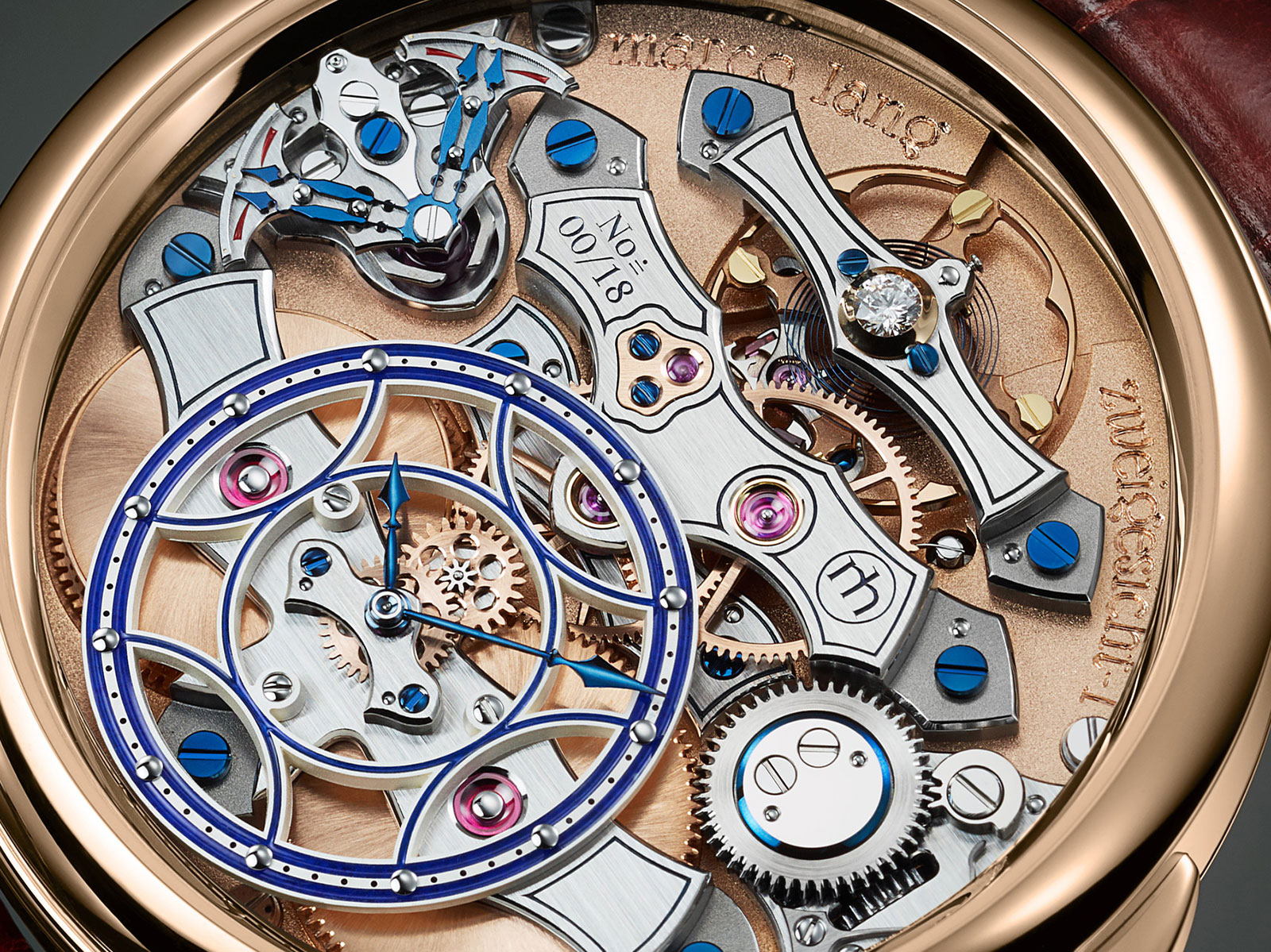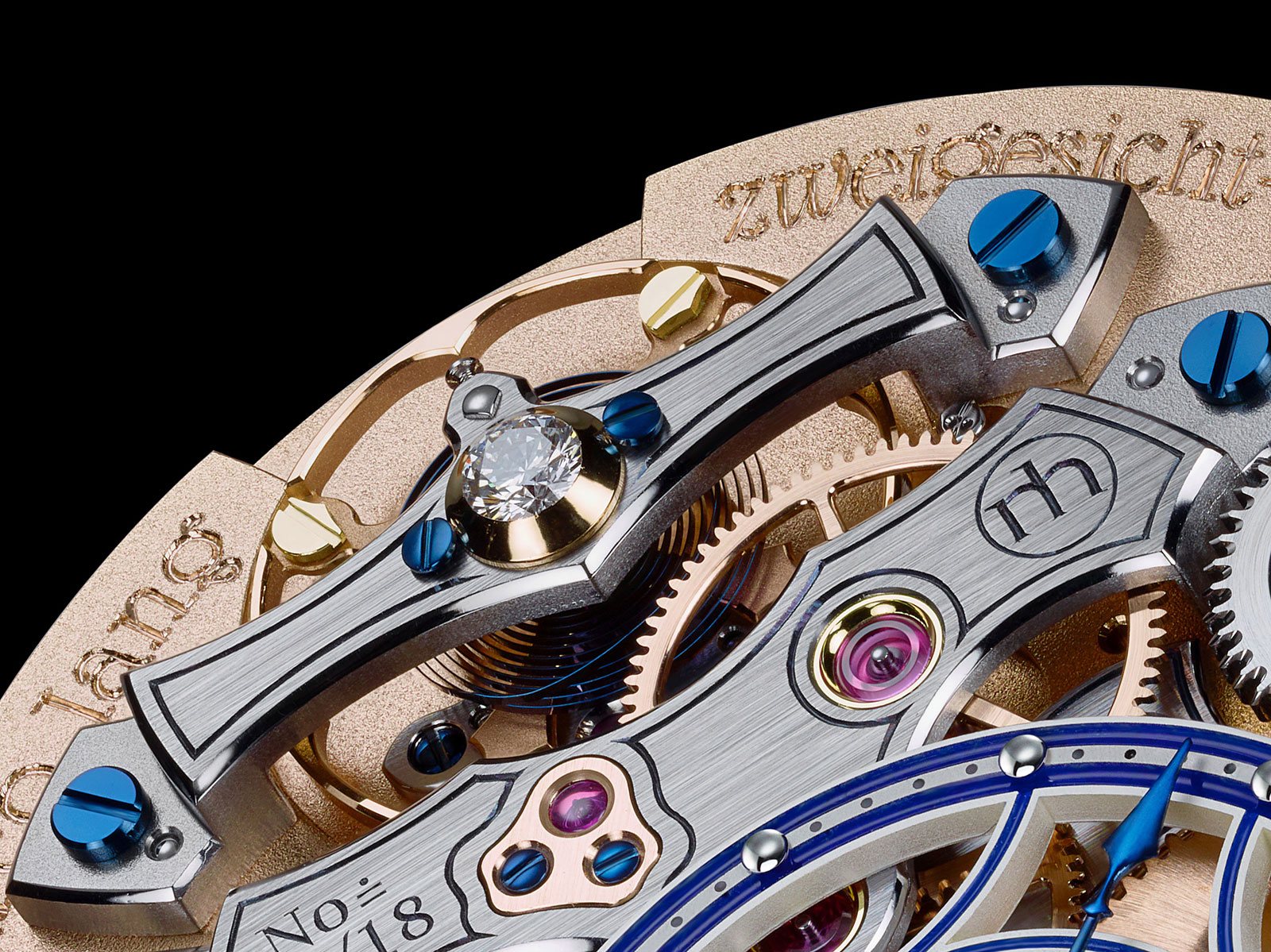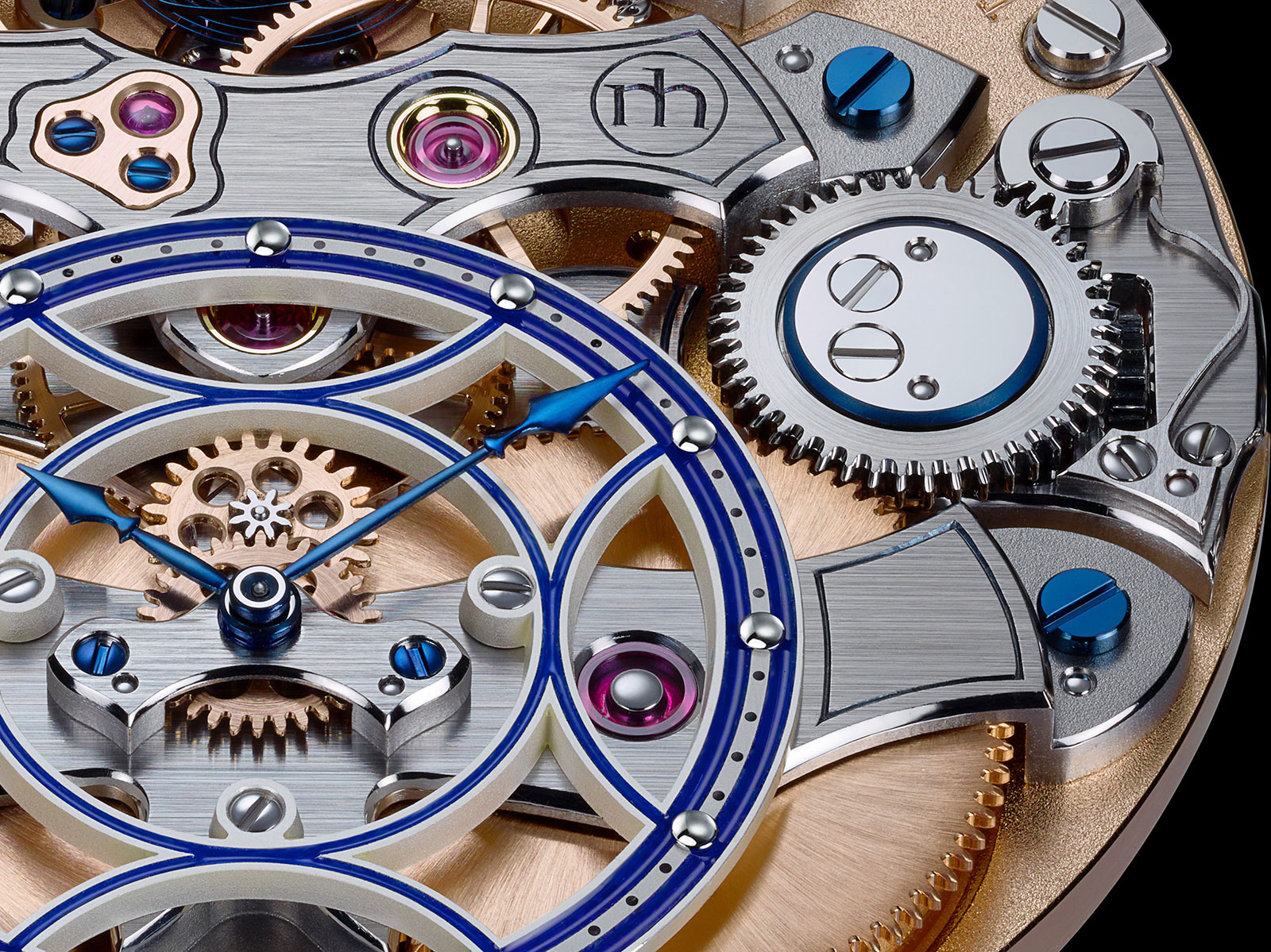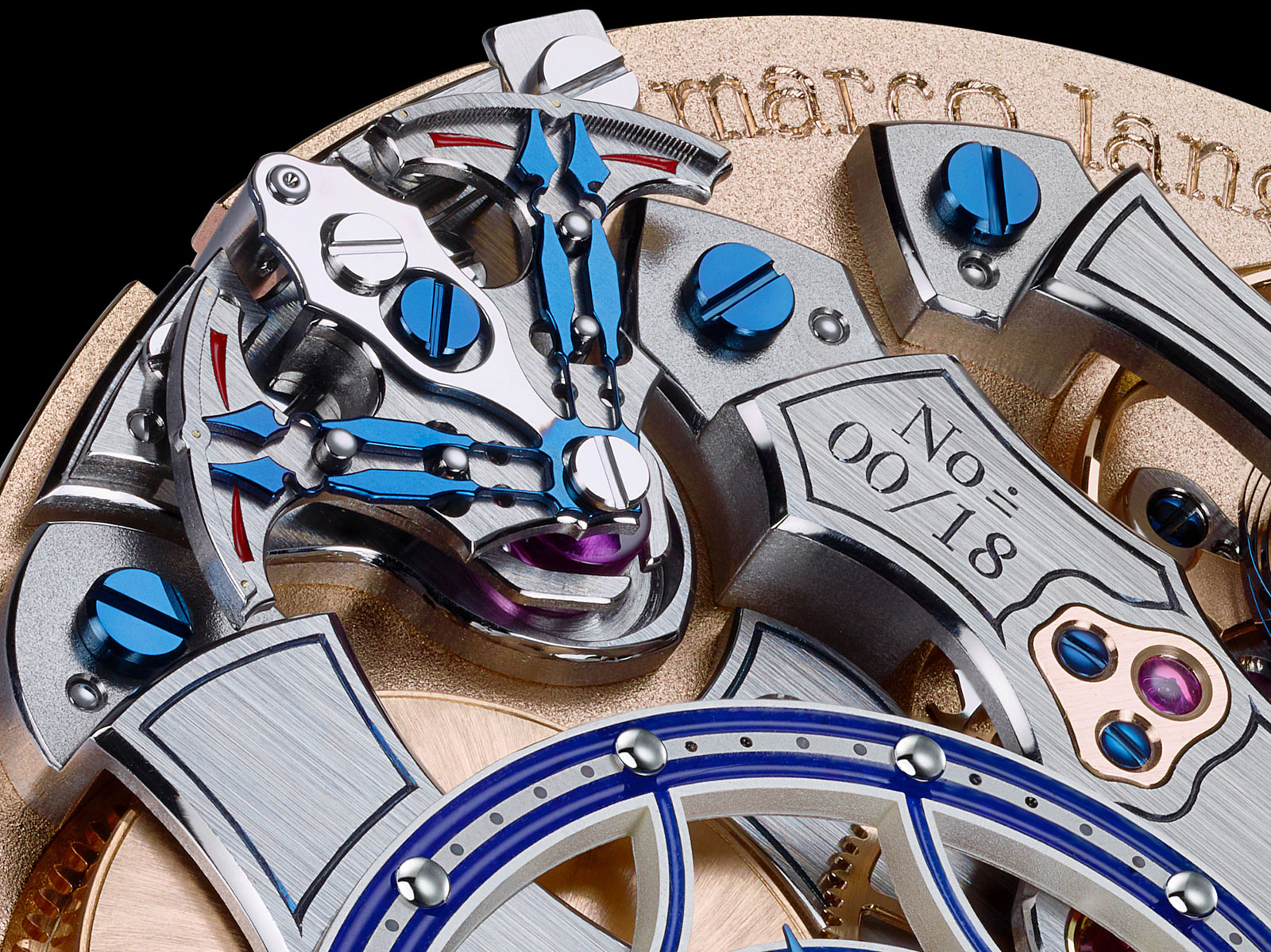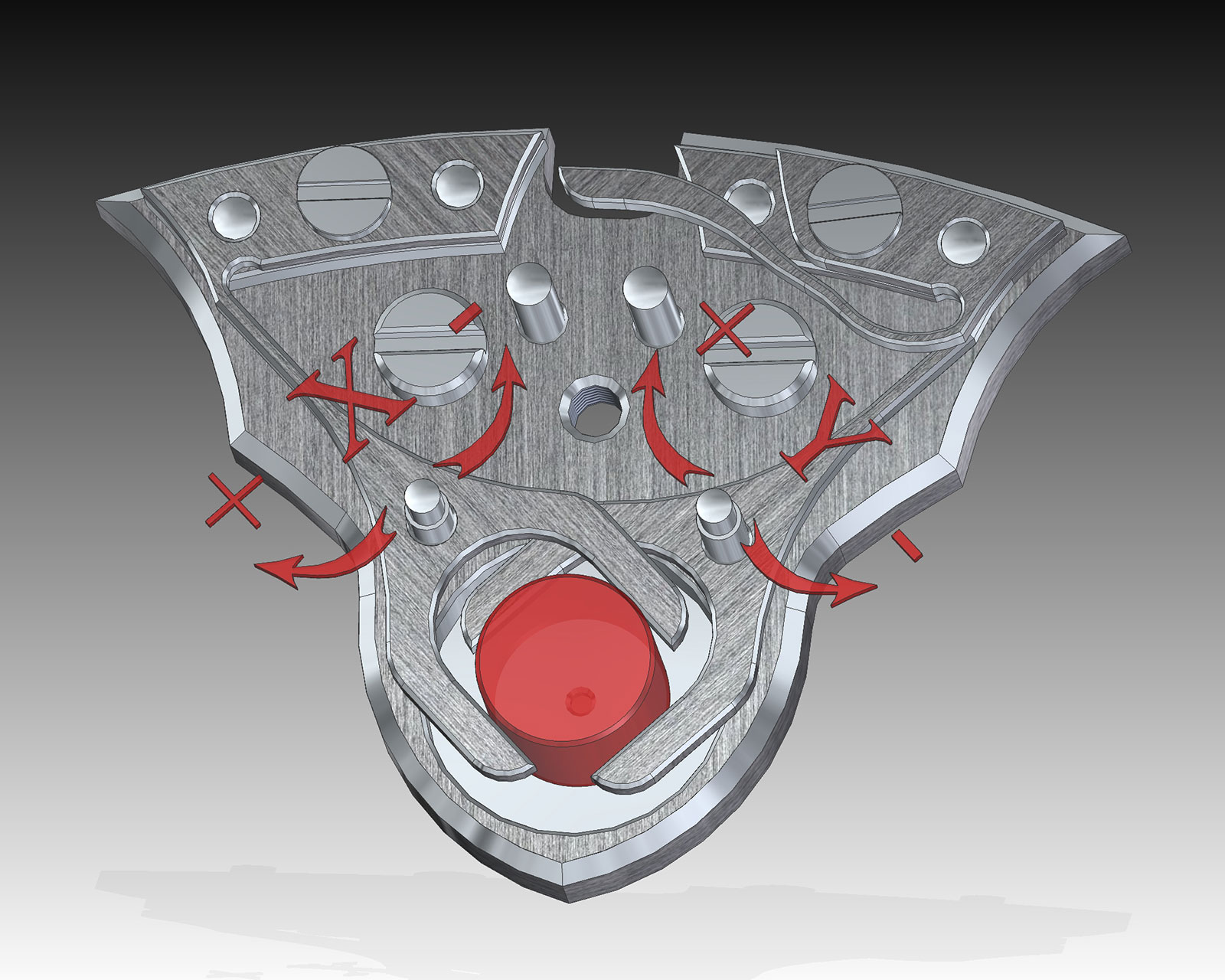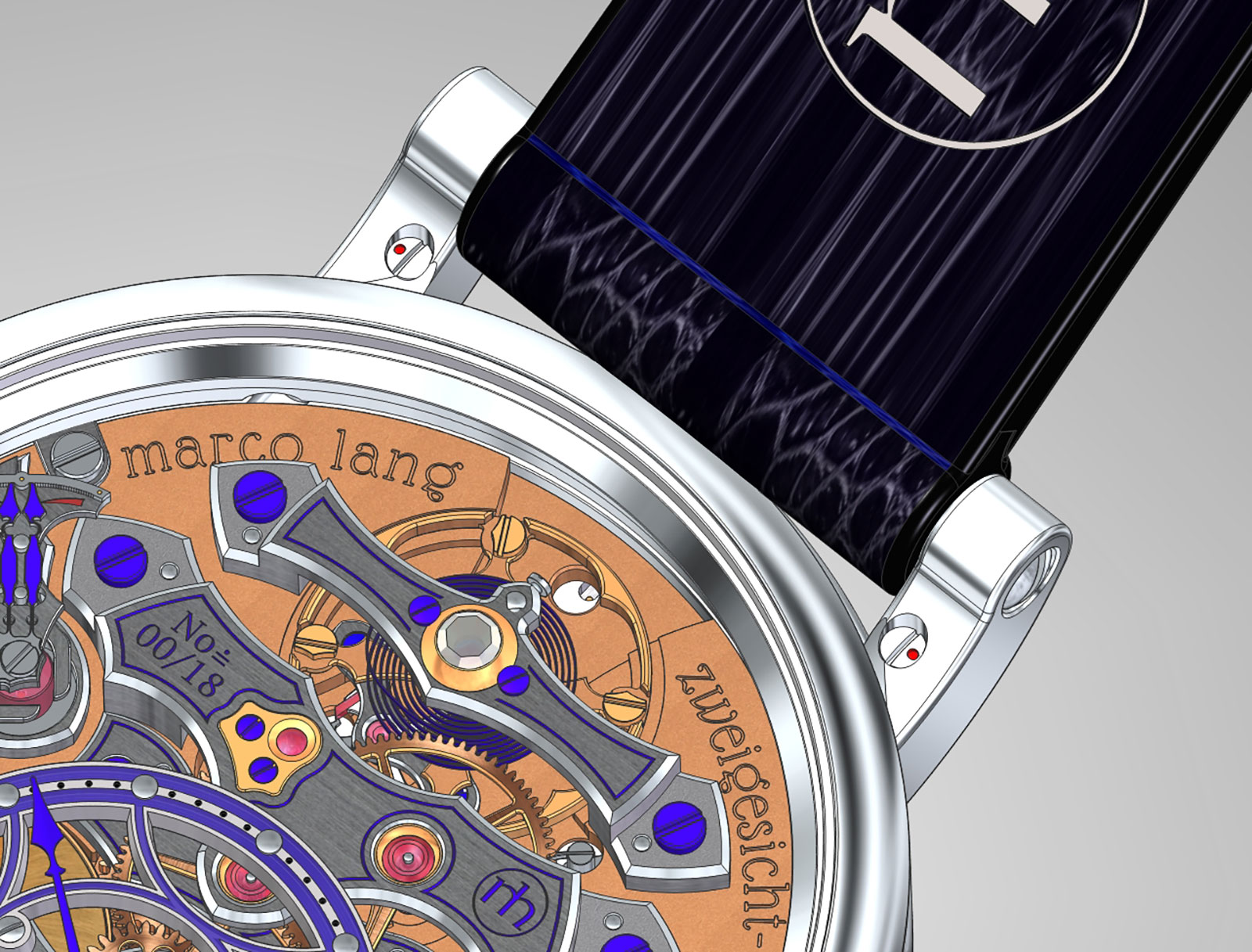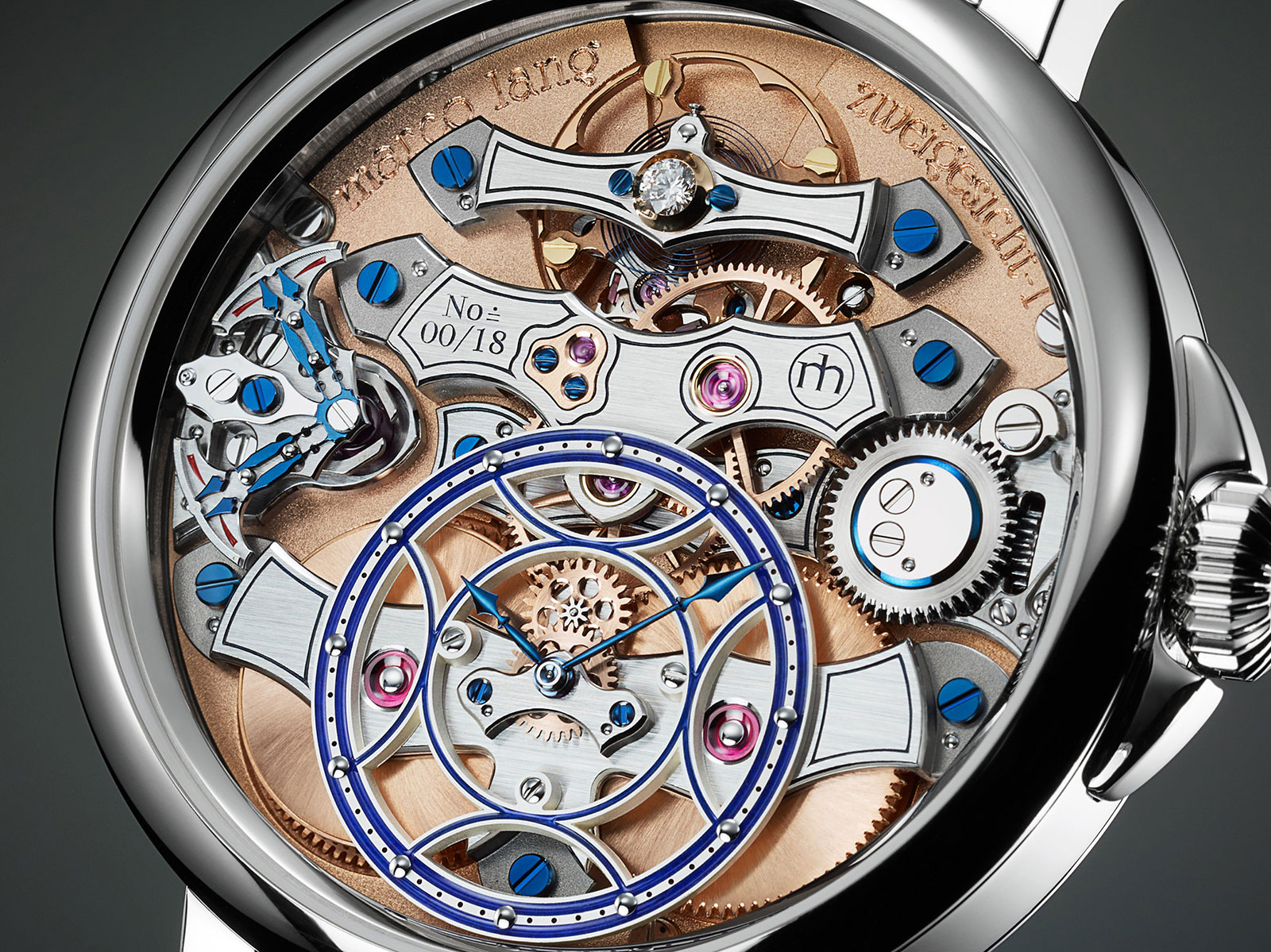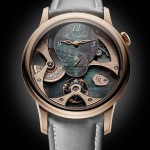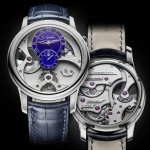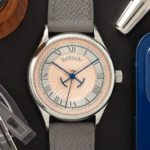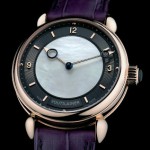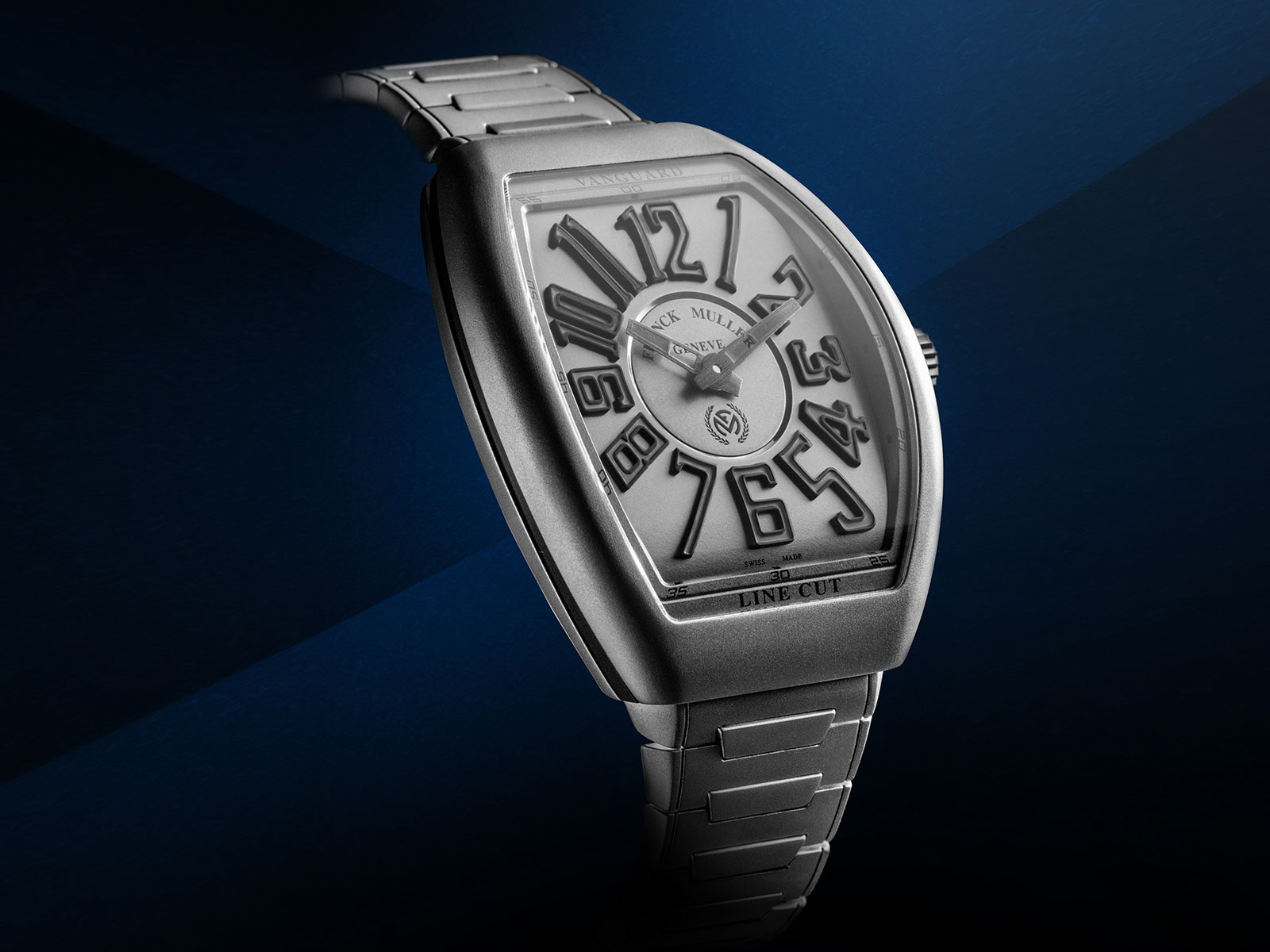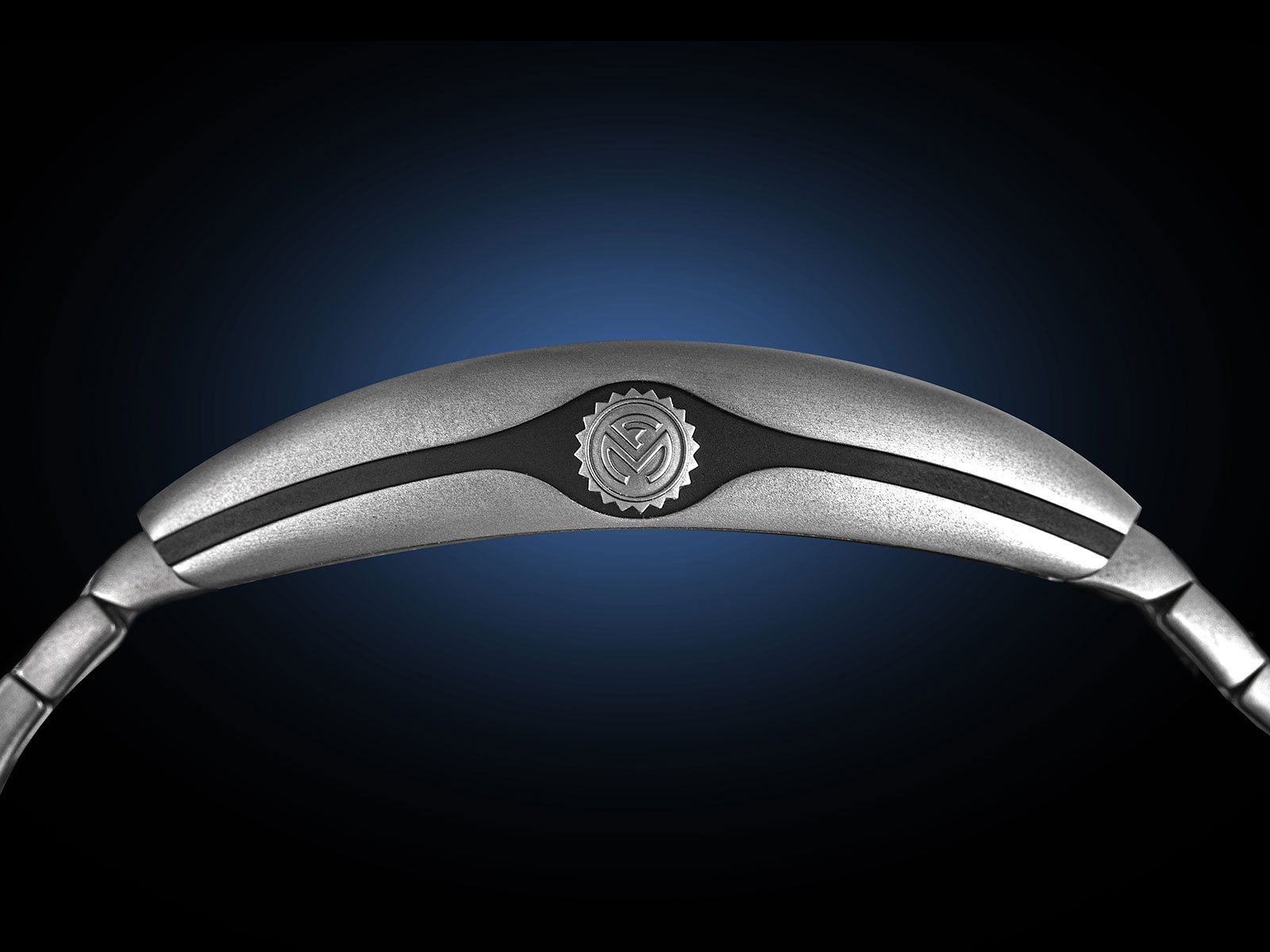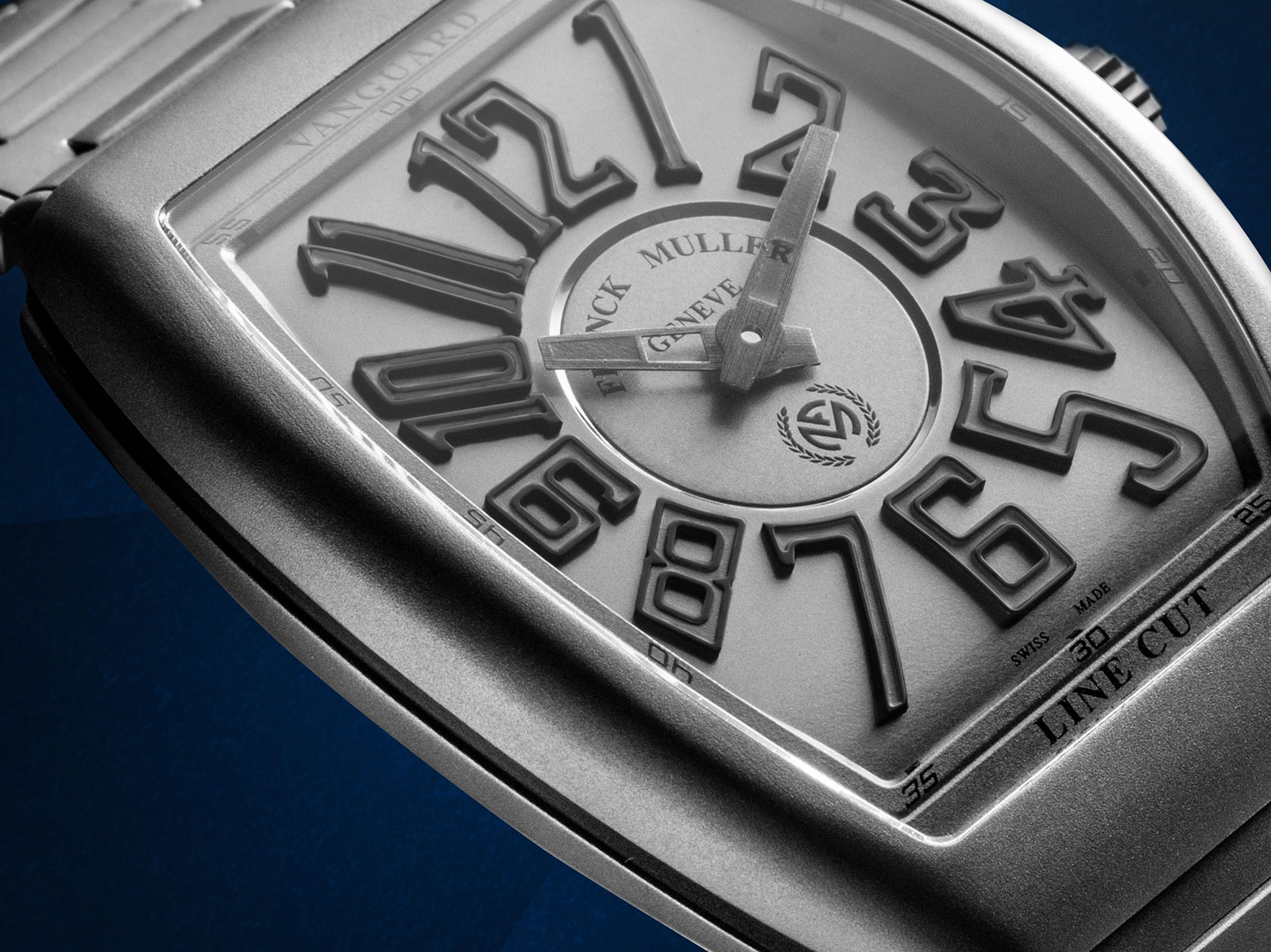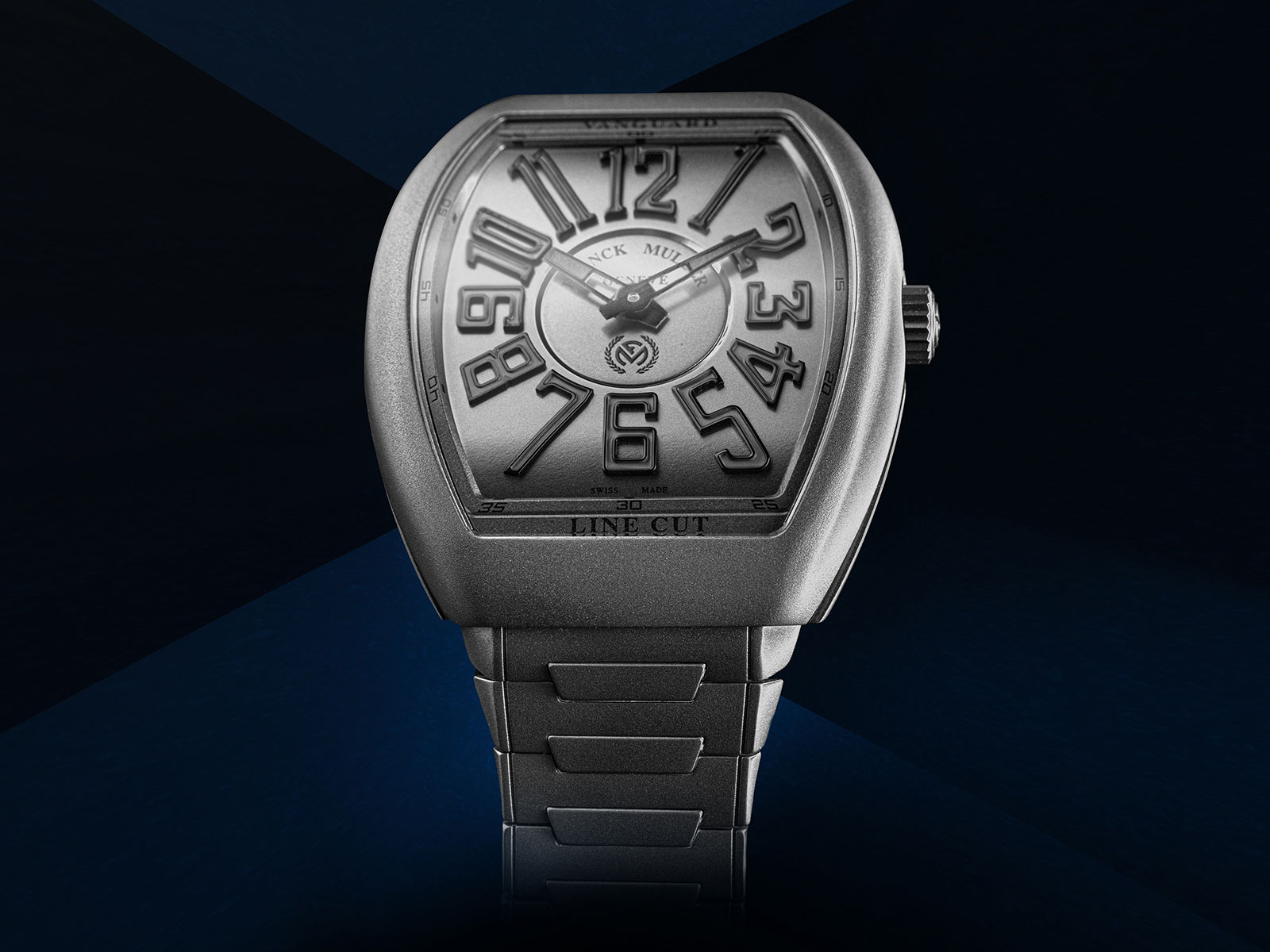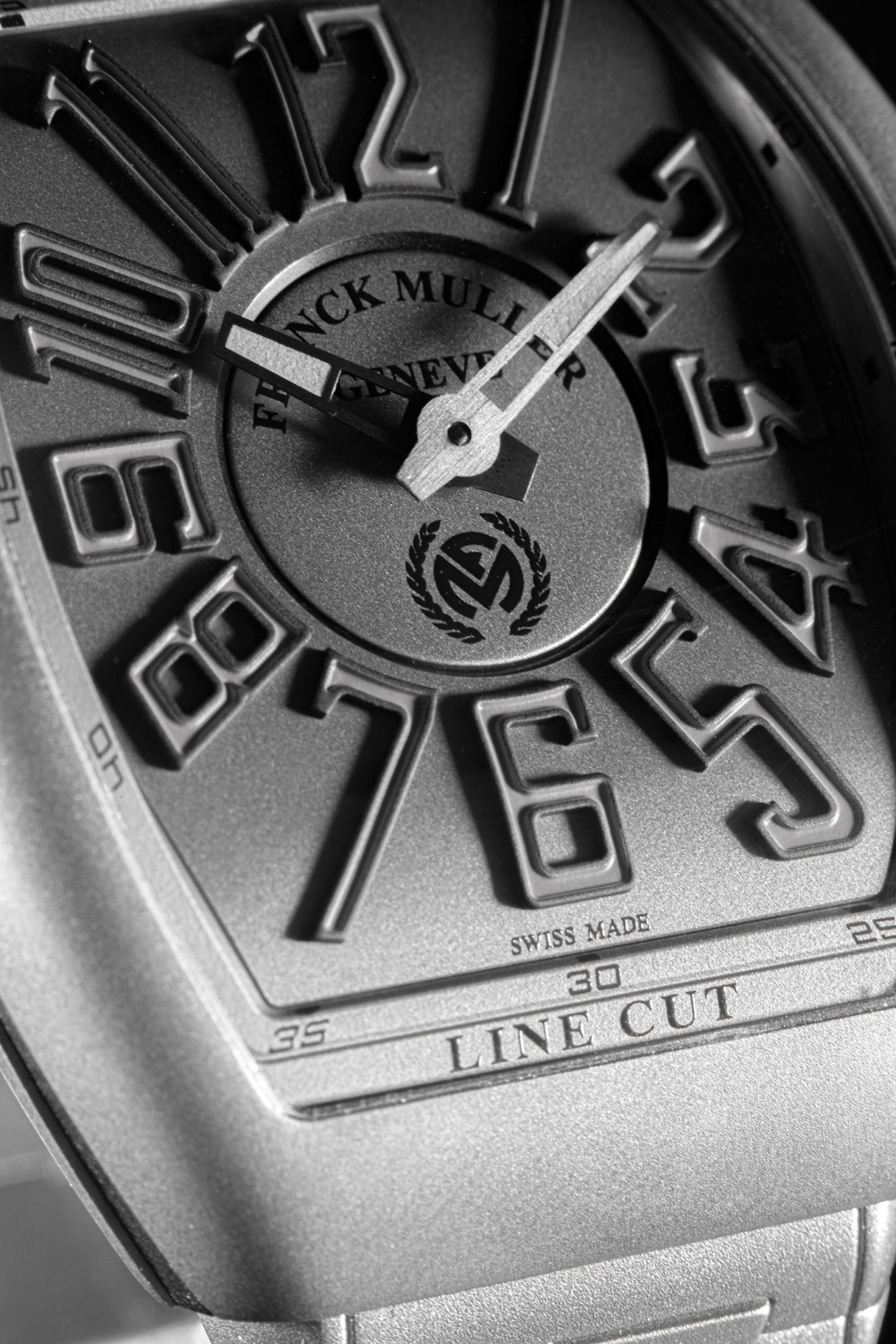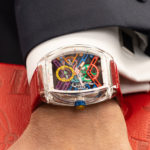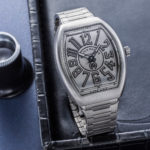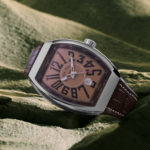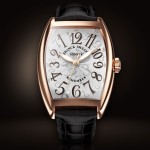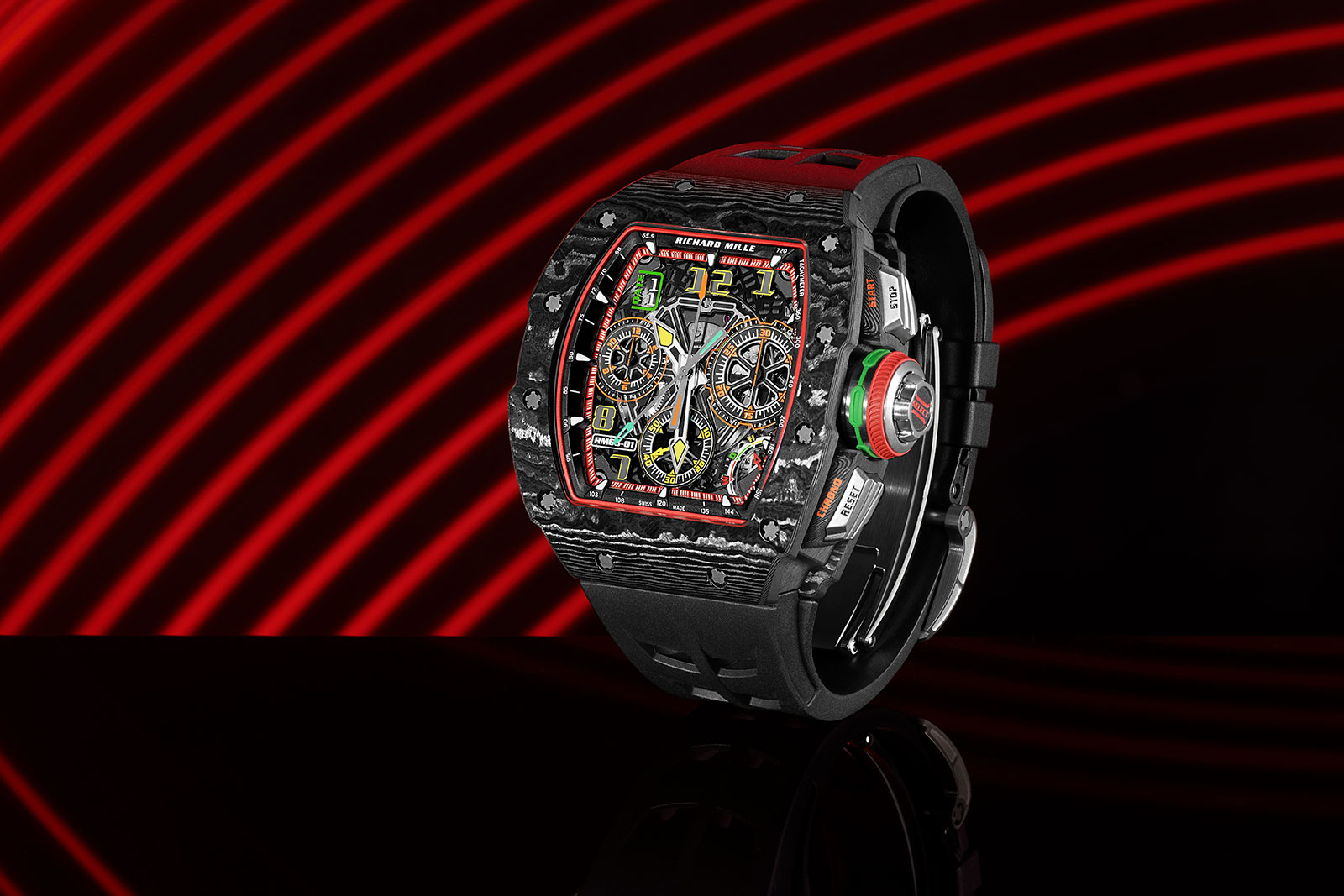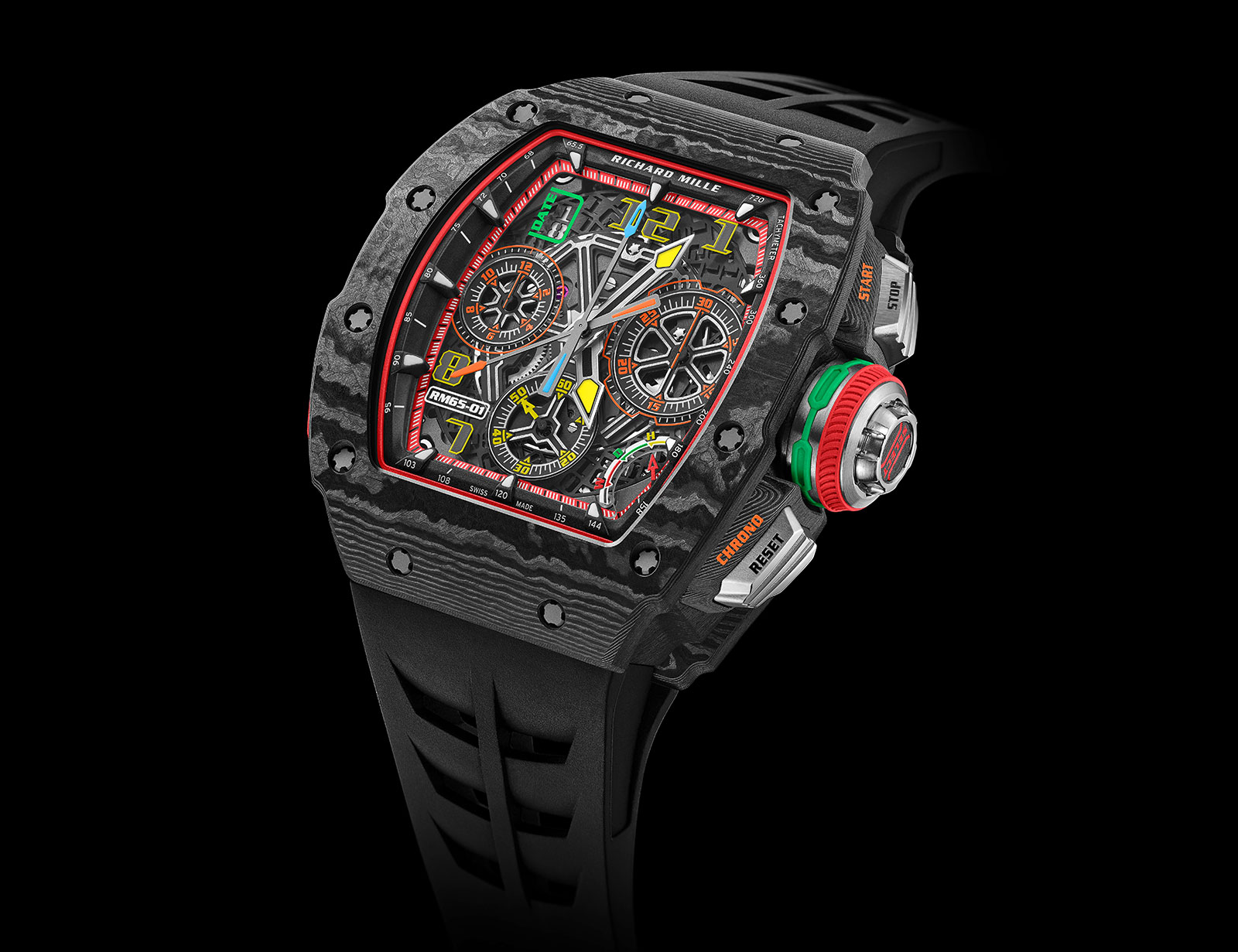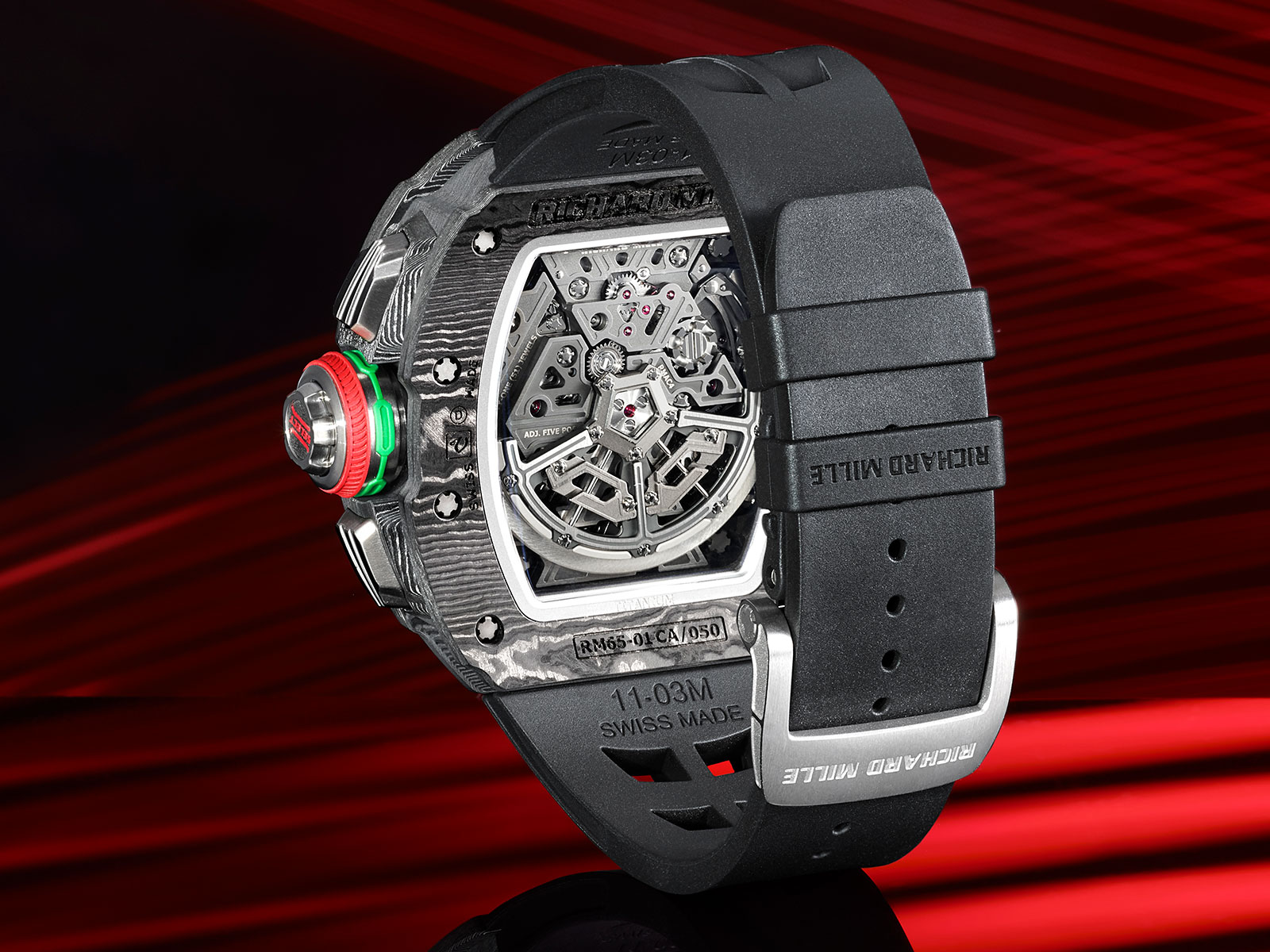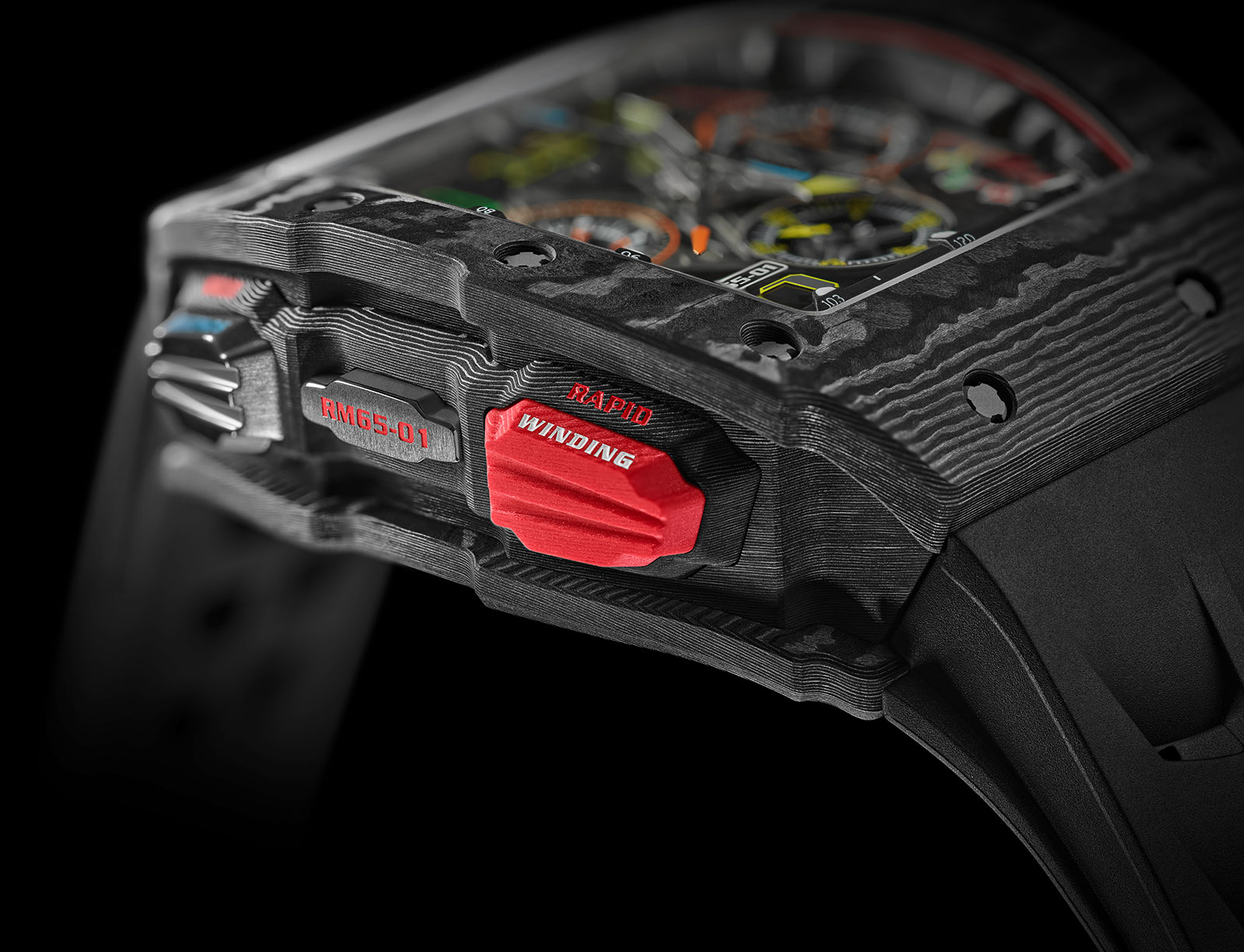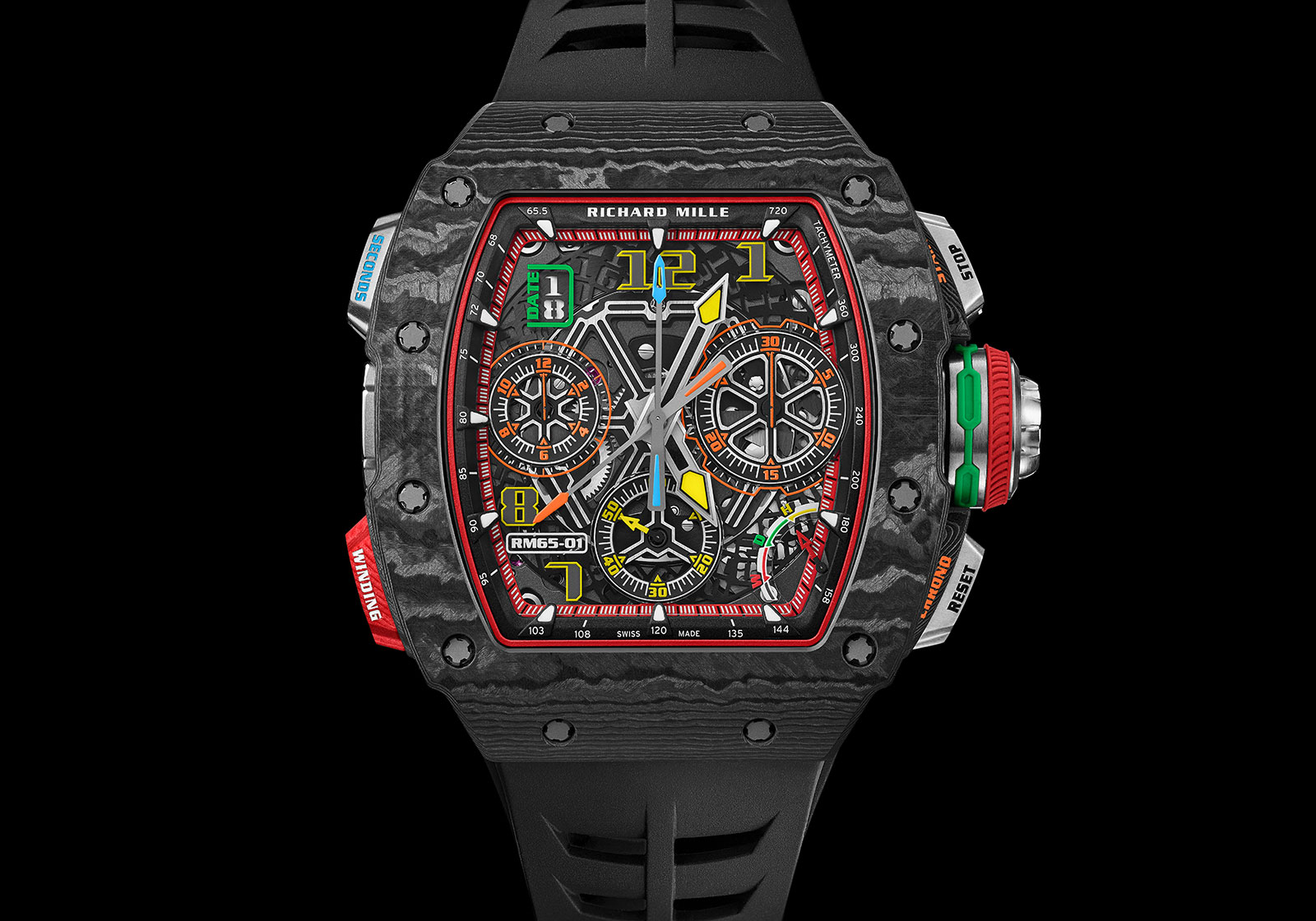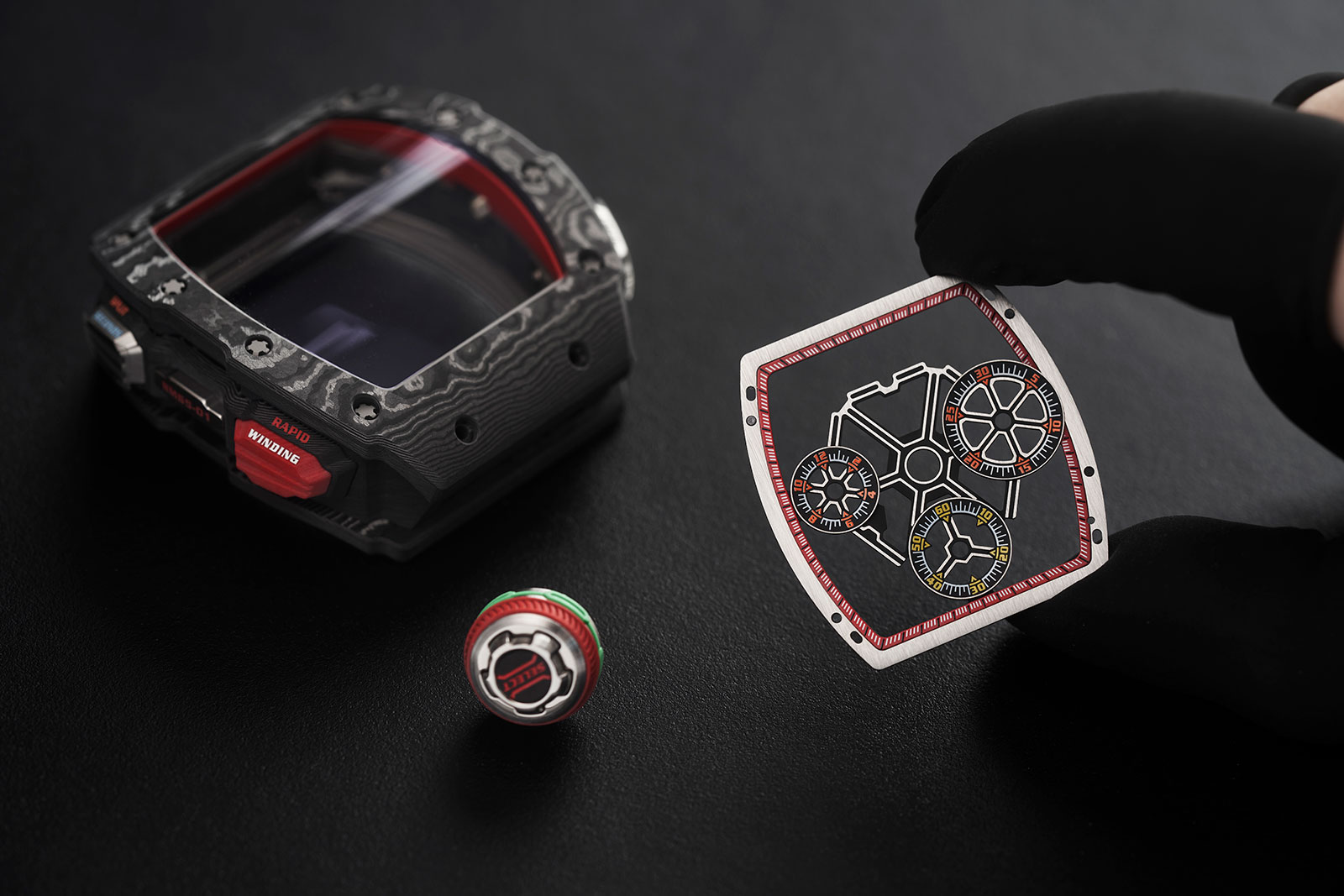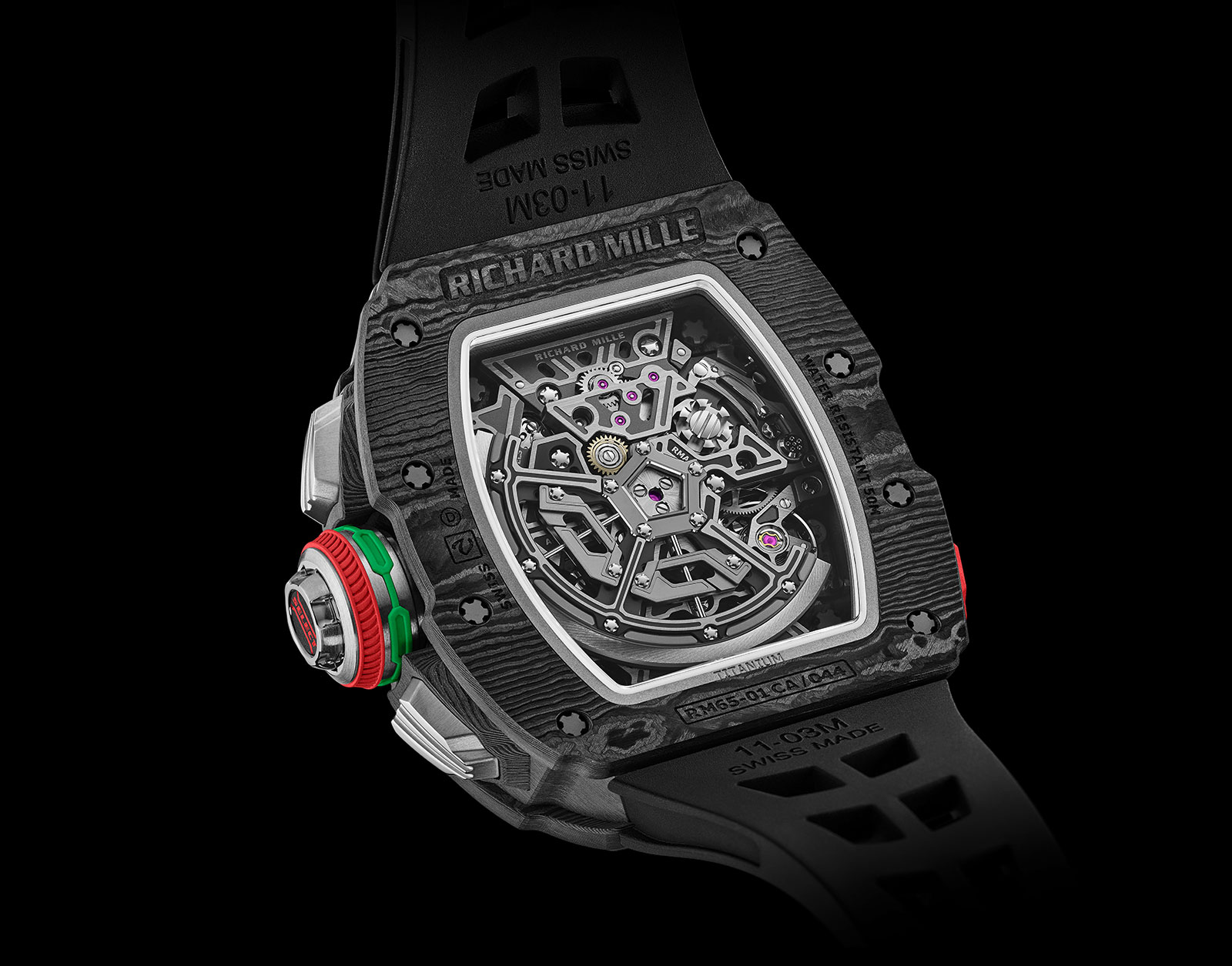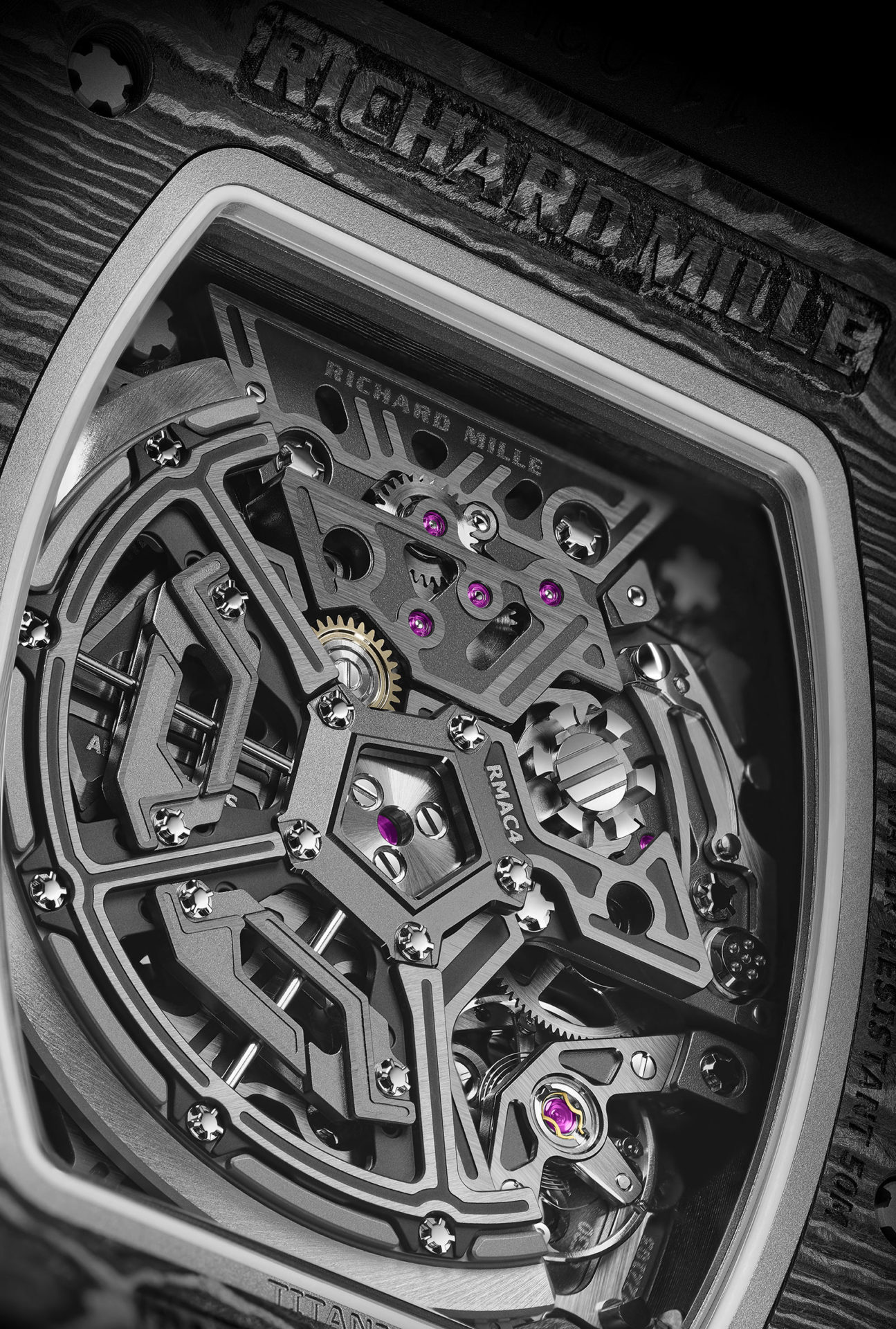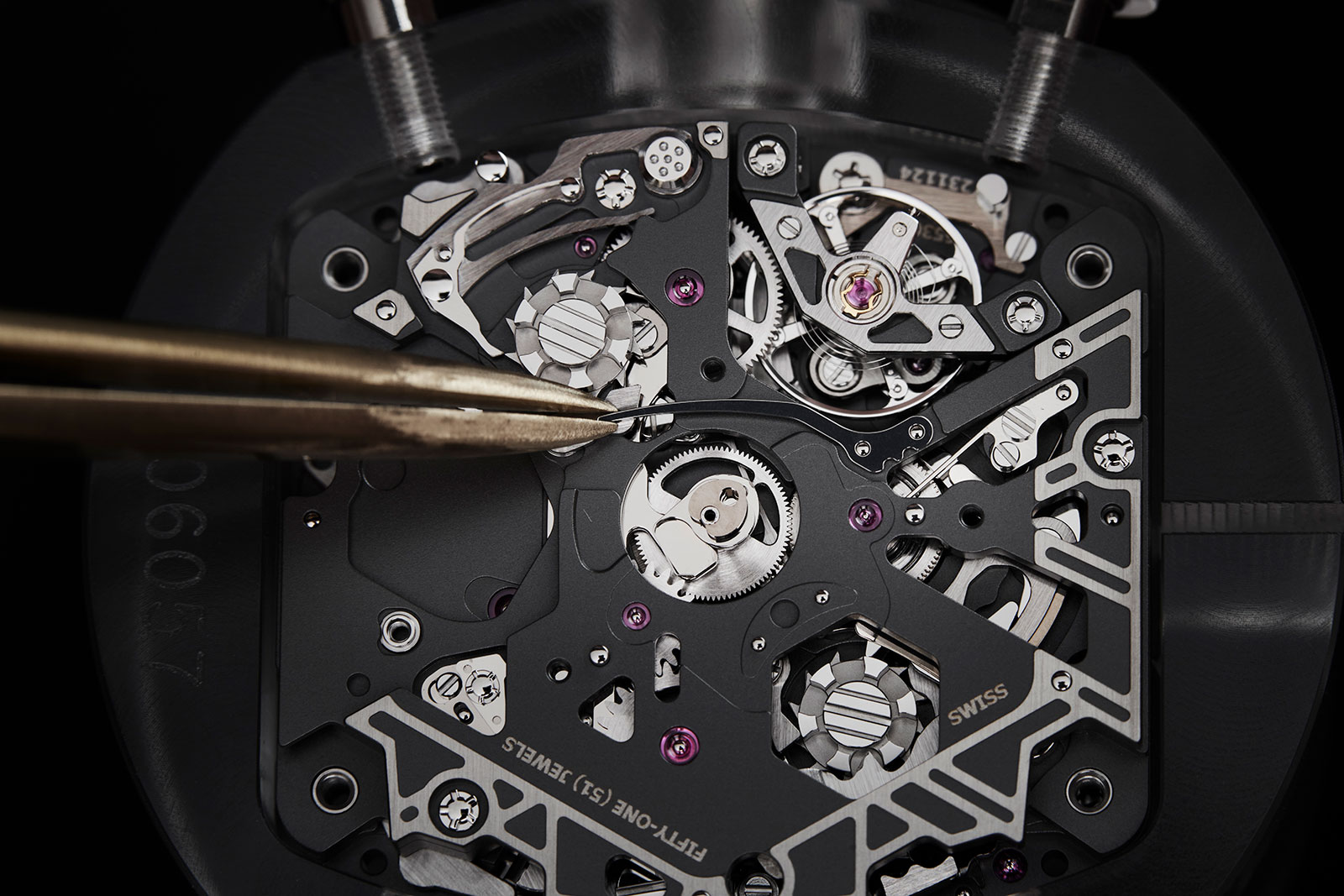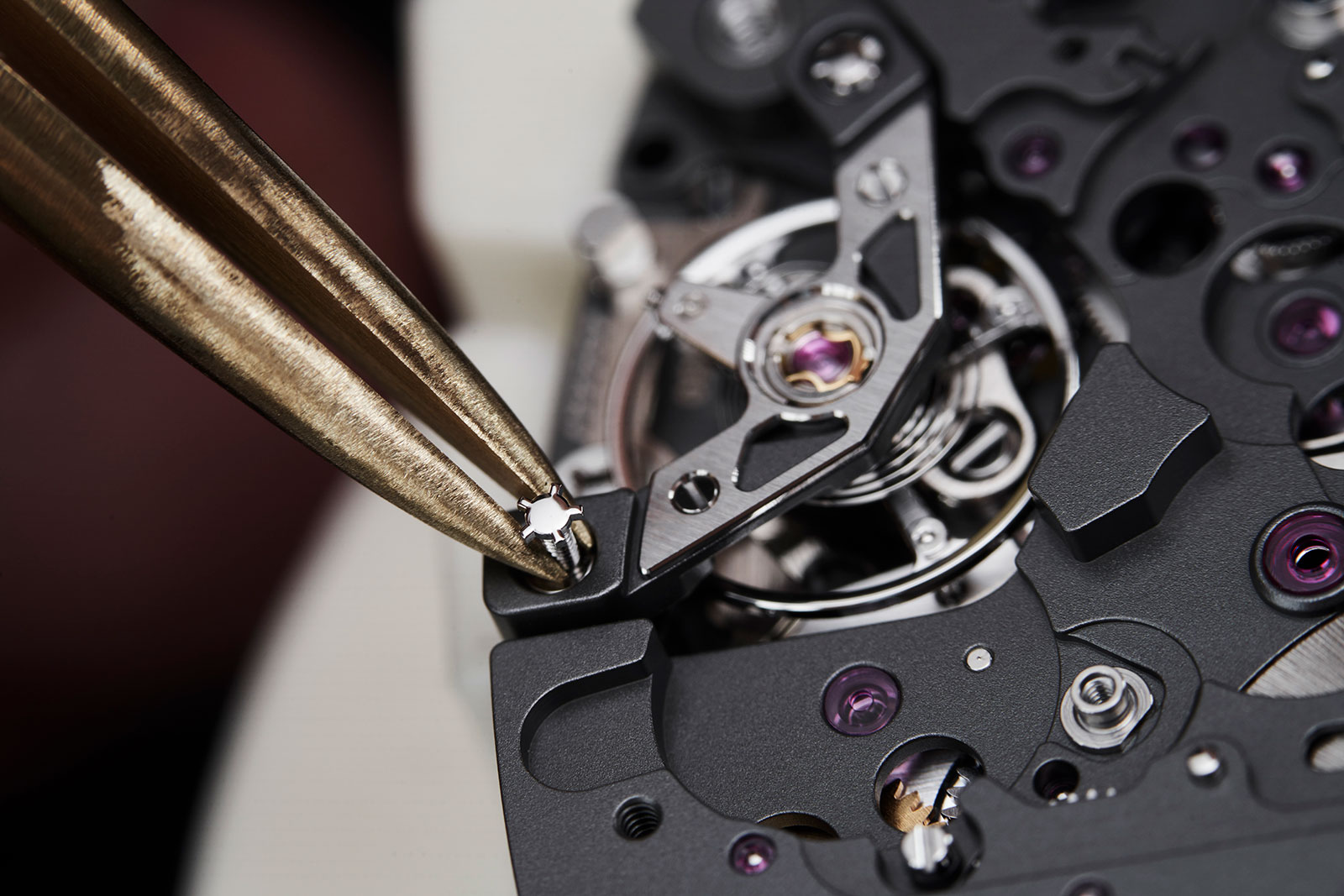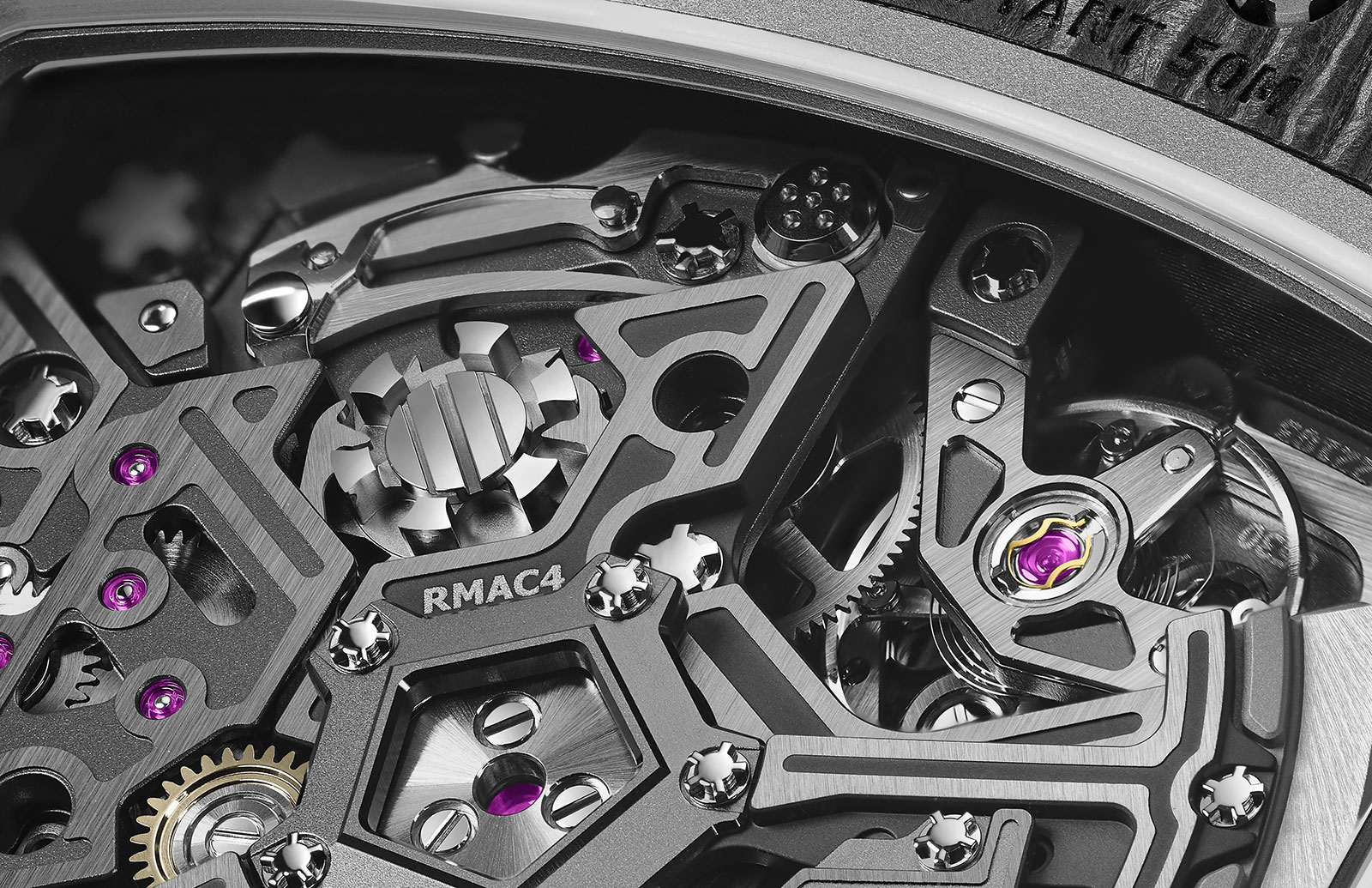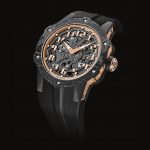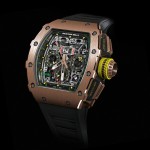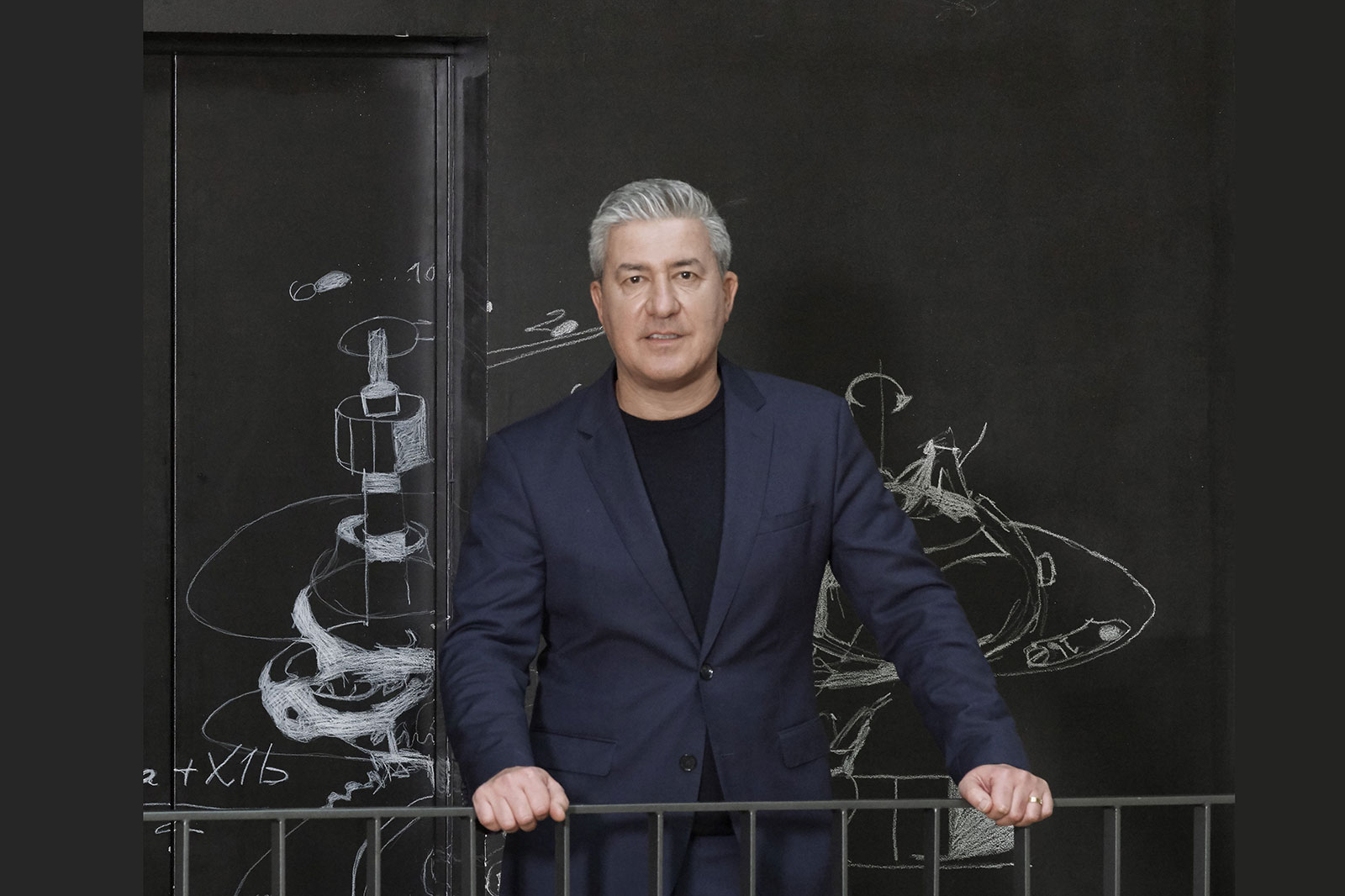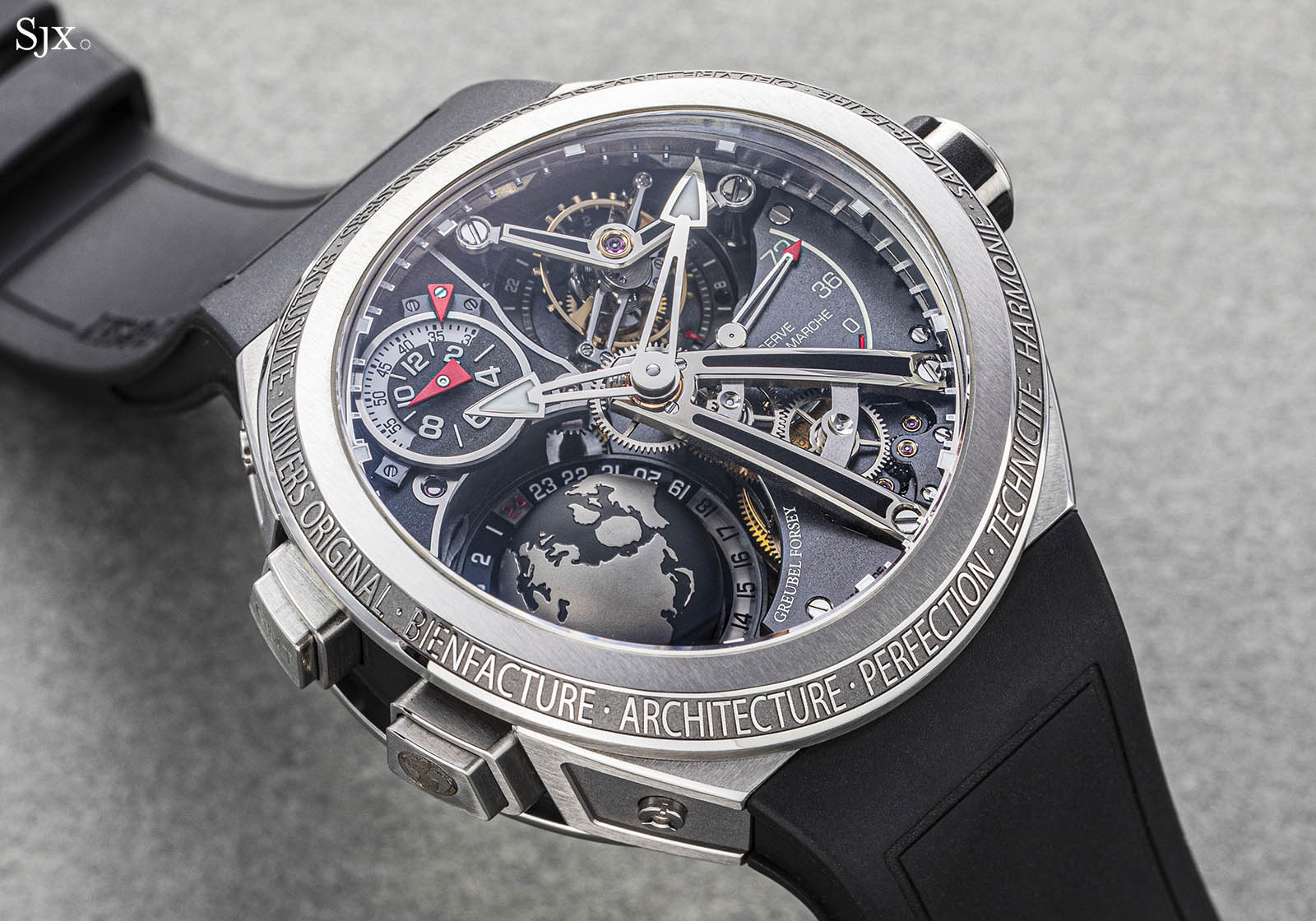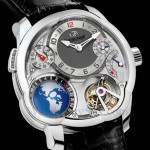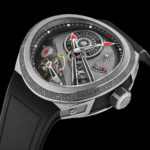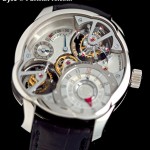Year in Review: The Best Watches of 2020
The great, the grand, and also simple.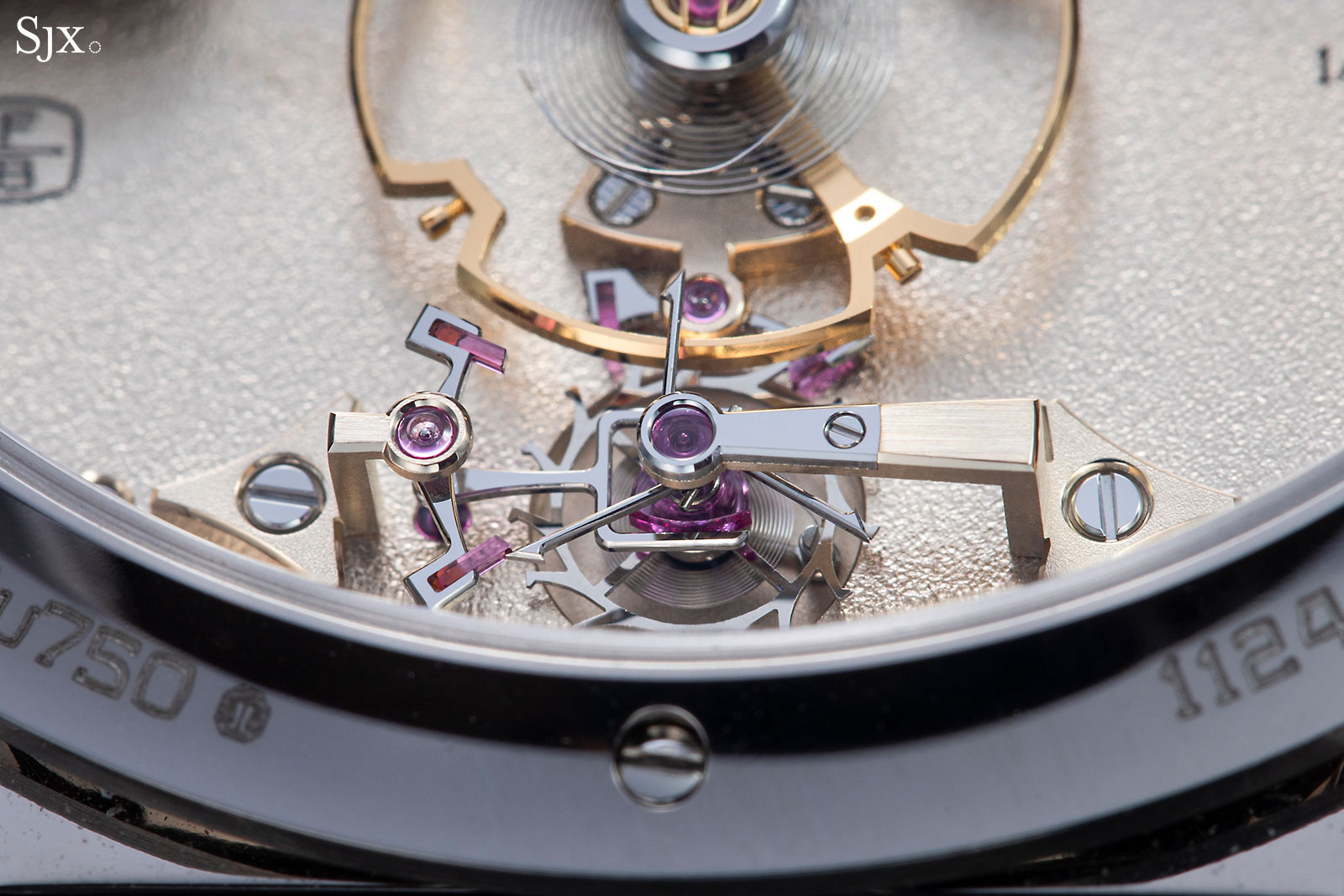
As it was with independent watchmaking, 2020 was a surprisingly good year for the establishment brands. Even though there were practically no in-person launches of new products – with the notable exception being Watches & Wonders in Shanghai – mainstream watchmakers did still debut notable timepieces.
Here’s my take on the standouts of the year, starting with the might FB 2RE from Ferdinand Berthoud, a niche name that is nonetheless a subsidiary of Chopard (and the pet project of its co-president Karl-Friedrich Scheufele). Magnificent both in mechanics and decoration, the Ferdinand Berthoud Chronomètre FB 2RE is the watch of the year.
Clearly developed a no-expense spared wristwatch, the FB 2RE is at heart a time-only watch constructed for chronometric perfection. It’s equipped with both a a remontoir d’egalite as well as chain and fusee in order to ensure a constant output of energy from the barrel, as well as a constant delivery of energy into the escapement.
Both of its key feature are put on show in the symmetrical and architecturally expansive movement, which has all of its key components sitting above the main plate.
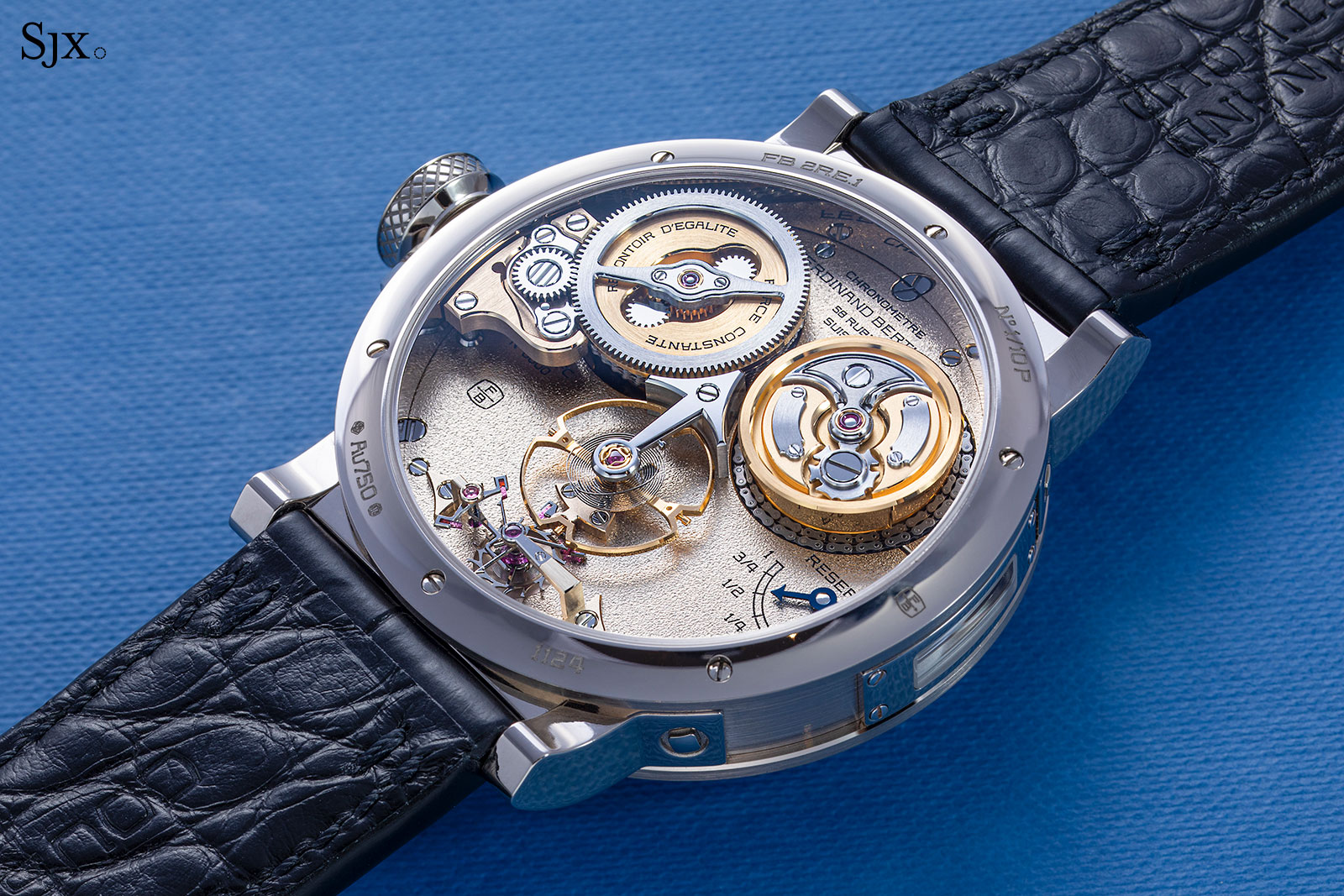
The FB-RE.FC movement
Located just below the balance wheel, the remontoir is particularly fine, made up of slender steel components that are clearly artisanal in manufacture and finish. The quality of finishing extends to the rest of the movement, which is impeccably decorated in every single aspect. In fact, the quality of the movement is comparable to that of the very best independent watchmakers, including Greubel Forsey and Voutilainen.
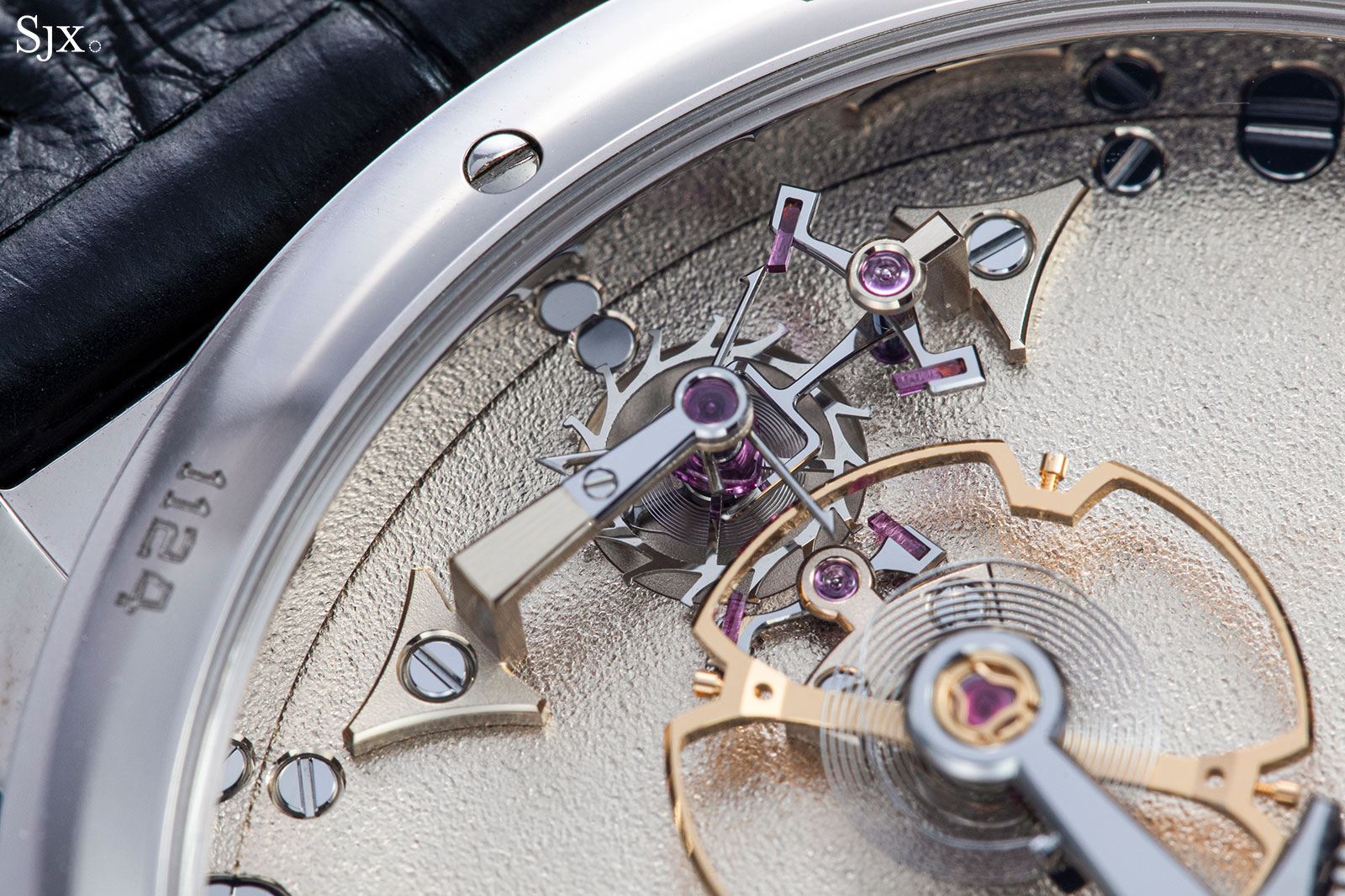
The remontoir in the FB 2RE that’s centred on a Reuleaux triangle made of synthetic ruby
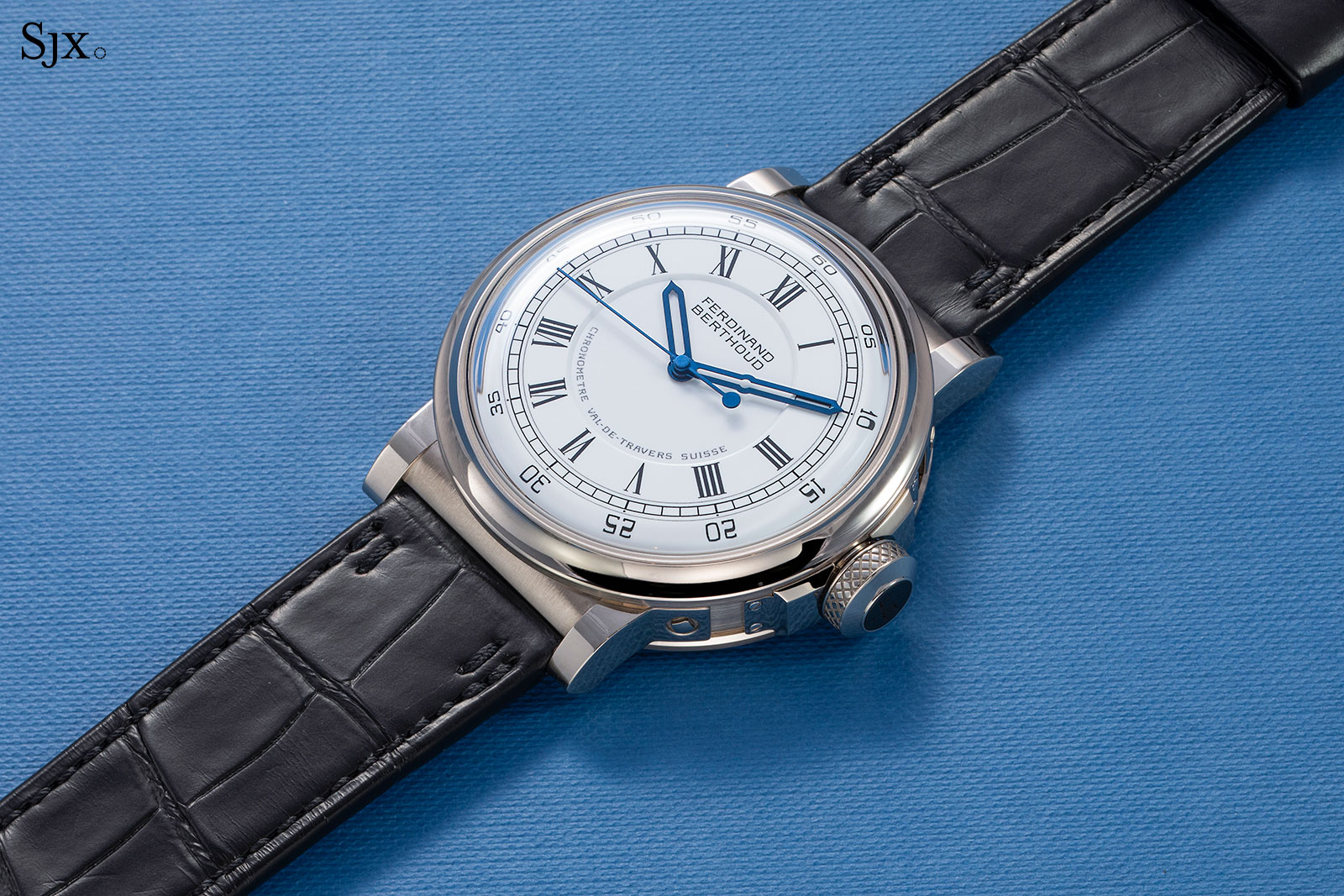
The FB 2RE in white gold
But the FB 2RE is not the prettiest watch from the front. Being derived from a marine chronograph, the dial is functional and fuss free, but attractive enough. The case, however, is chunky and feels more massive than it is, a sensation that is accentuated by the short, wide lugs.
That said, the FB 2RE is a remarkable timepiece and the year’s best.
The complicated and simple
The most notable complicated watch of year was an easy choice. Powered by the GS 36-750 PS IRM movement derived from the calibre in the Grandmaster Chime uber-complication, the Patek Philippe ref. 6301P Grande Sonnerie is a grande and petite sonnerie carillon, chiming the time as it passes on three pairs of hammers and gongs, while also having a deadbeat seconds.
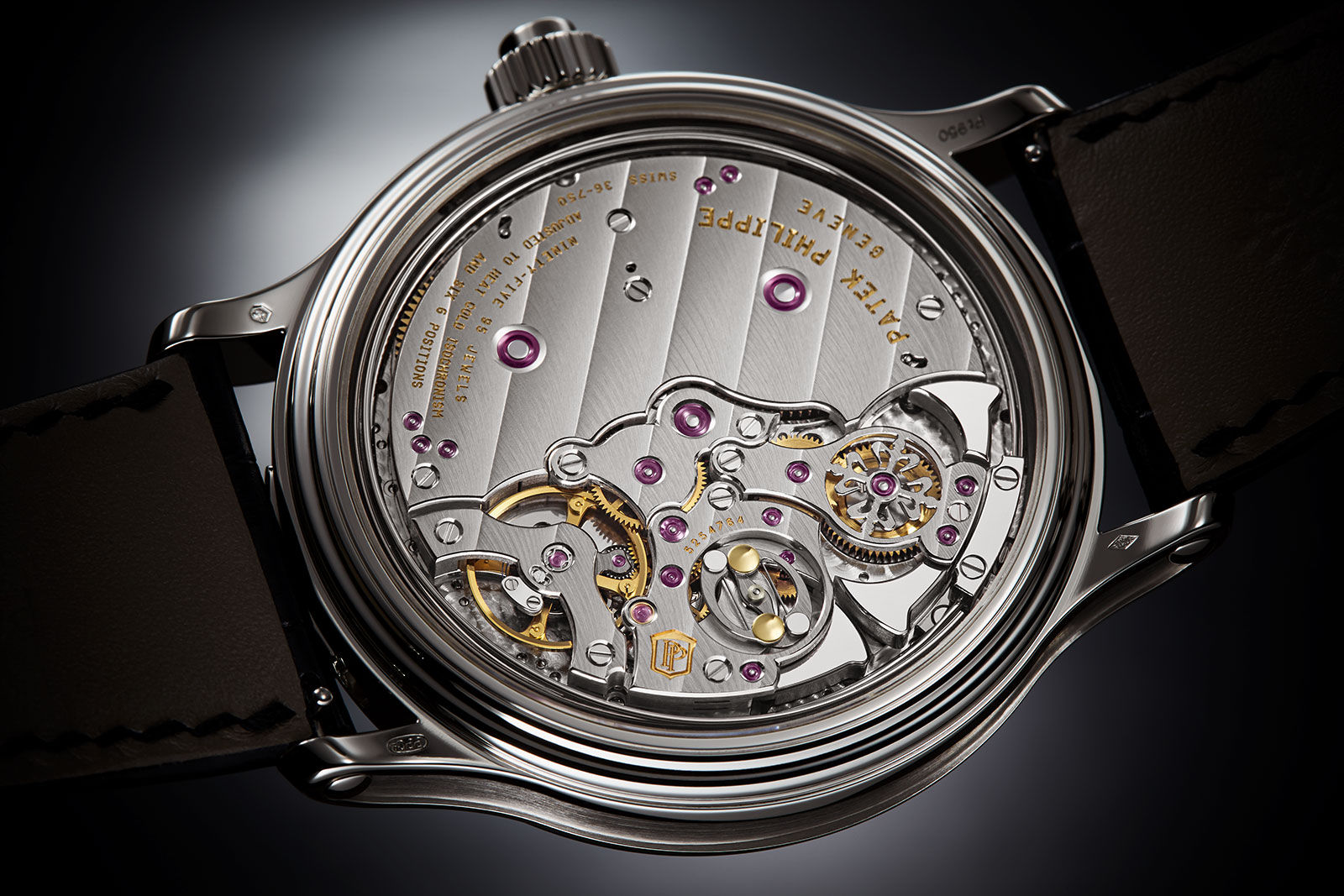
The GS 36-750 PS IRM in the ref. 6301P. Photo – Patek Philippe
The movement is composed of 703 parts, and designed to be more artful than the typical Patek Philippe movement, with its bridges incorporating several sharp, inward angles on their edges. Unsurprisingly, it costs well over a million francs, but the watch was pre-sold – and the initial run sold out – even before it was announced.
Technically impressive in another vein, but impressive all the same is the Piaget Altiplano Ultimate Concept. A watch with a simplicity that belies its technical achievement, the Altiplano Ultimate Concept, or AUC, is the thinnest mechanical watch ever, bar none. Standing just 2 mm high in totality, the AUC is uncannily thin, thin enough that wearing one is a strange sensation that’s more like strapping on a watch cut from a thick sheet of paper.
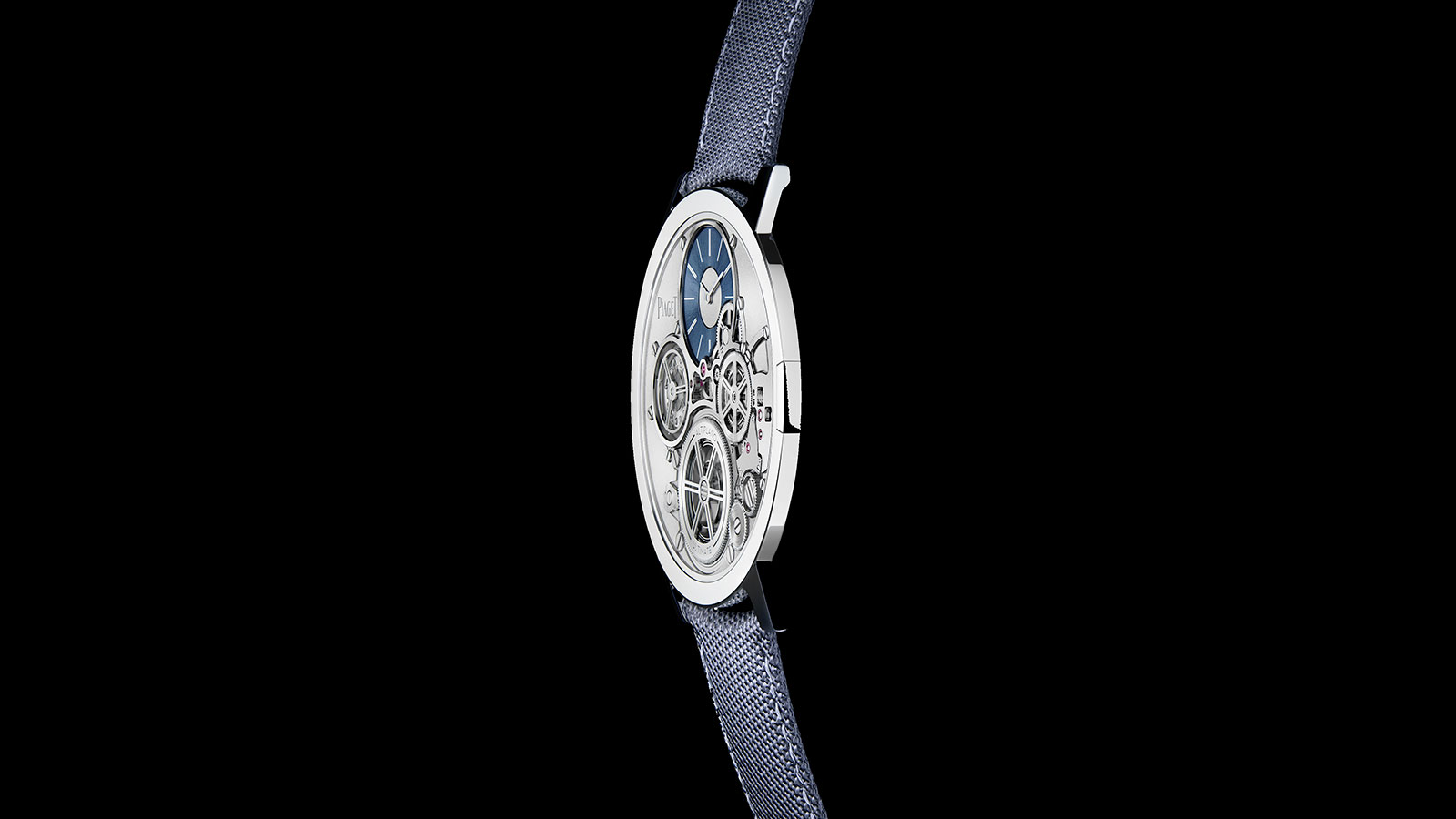
The AUC. Photo – Piaget
Its slimness is the result of clever engineering in the movement – the balance wheel is “floating” and anchored on at its bottom pivot – as well as novel materials, like the cobalt alloy used for the ultra-rigid case. The AUC does, however, come with an extremely large price tag starting at about 400,000 Swiss francs, which is difficult to swallow but probably justifiable given the extreme engineering in the watch.
Like the AUC, the Chanel J12 X-Ray is a time-only watch, but one that’s even more preposterously expensive – but also ridiculously cool. Costing US$626,000, the J12 X-Ray is a limited edition created to mark the 20th anniversary of Chanel’s signature wristwatch.
The first watch ever to be made almost entirely in sapphire crystal – the case, dial, movement bridges, and every link of the bracelet – the J12 X-Ray is proof of both Chanel’s prowess in case making, as well as its increasingly accomplished movement development.
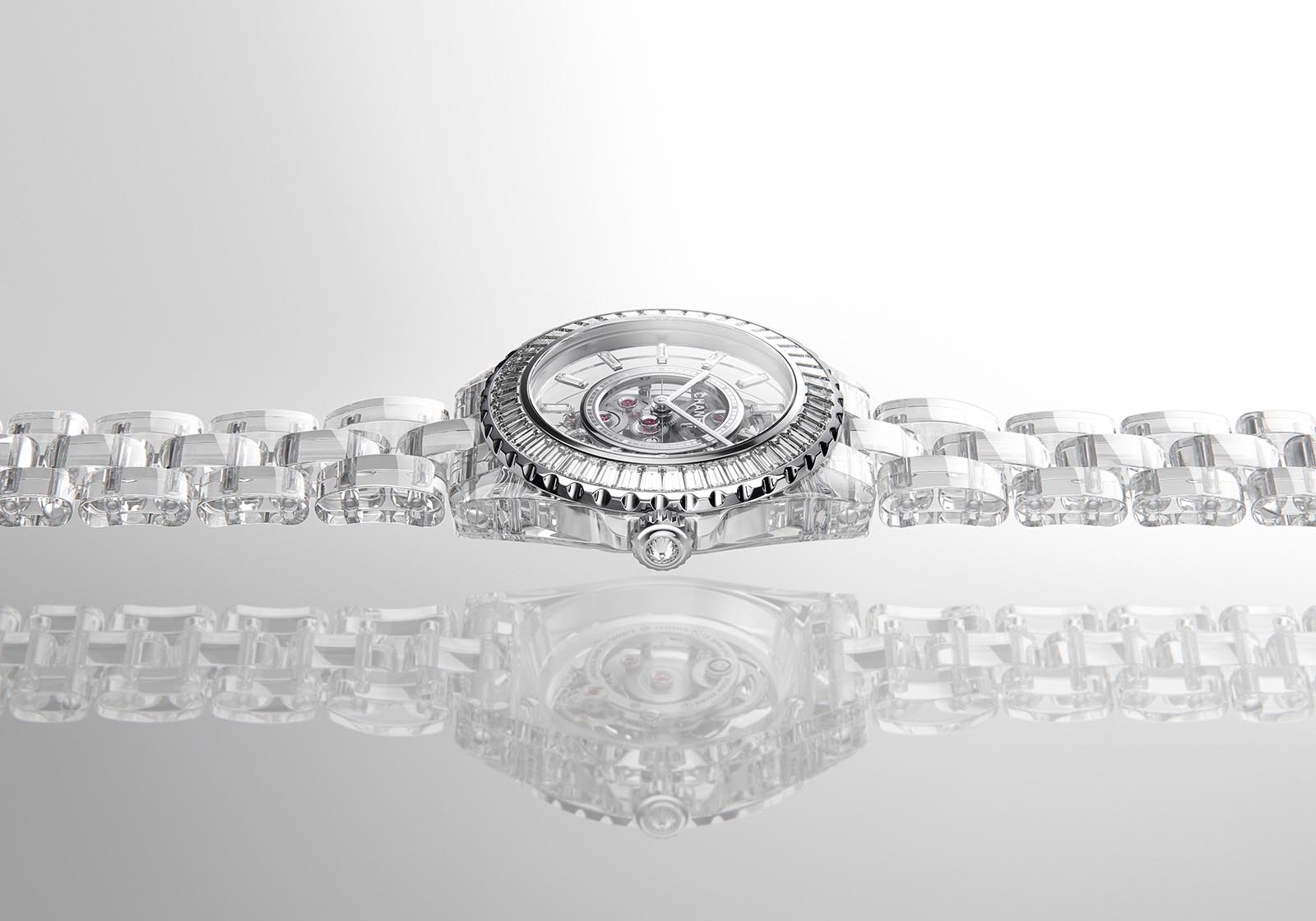
The J12 X-Ray. Photo – Chanel
Another time-only watch of 2020 that is distinctive accomplishes that purely in form. The Cartier Privé Tank Asymétrique is a gently modernised remake of a 1930s Cartier wristwatch historically known as the “parallélogramme” or “lozenge”, after its skewed, asymmetric case.
Elegant and quirky in a way that is typical of the jeweller, the Tank Asymétrique is more expensive than such a time-only watch should be – the platinum version costs almost as much as the Lange just below – but there is no doubt value in its design.
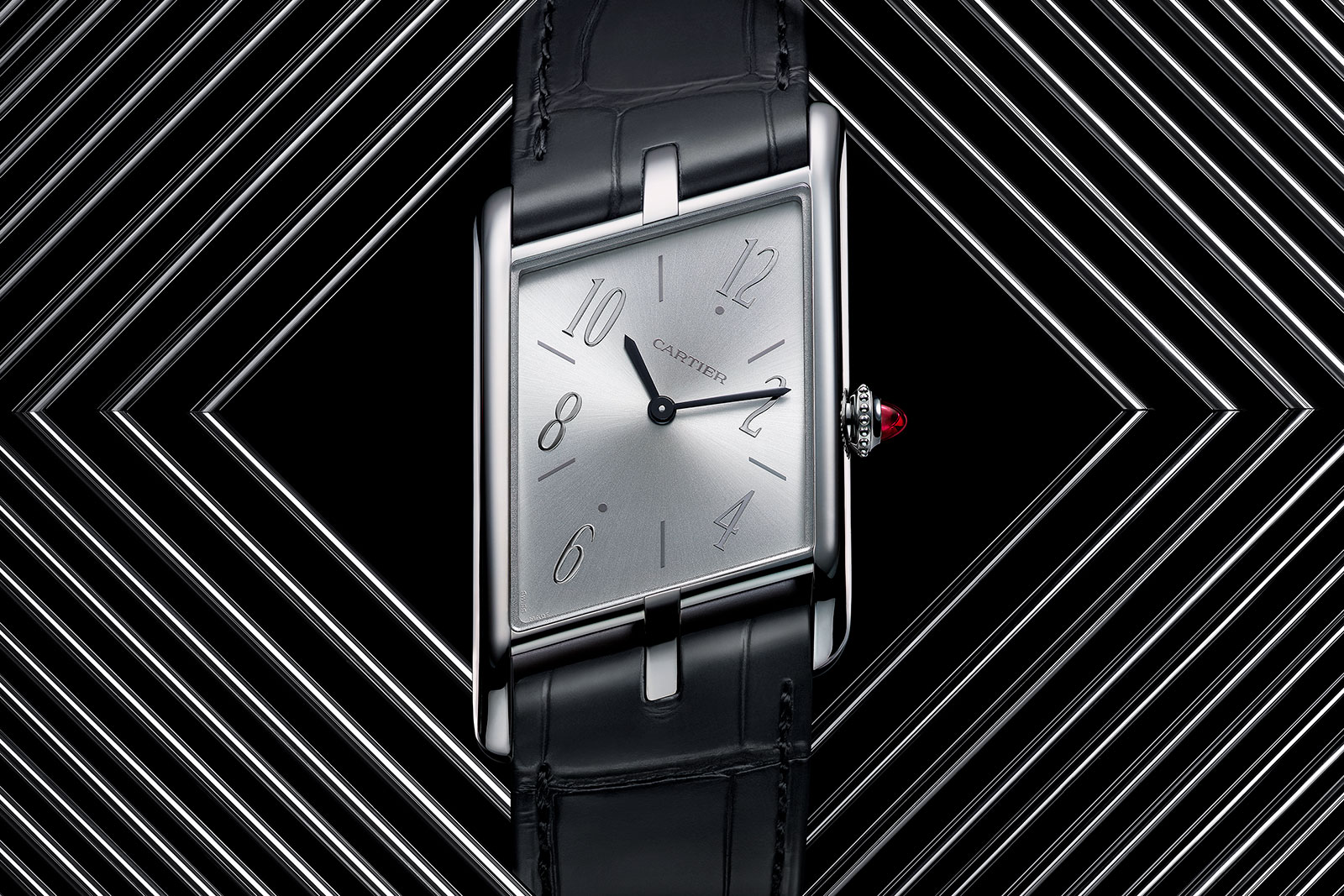
The Tank Asymétrique. Photo – Cartier
Value buys
It is difficult to conceive of a US$34,400 watch that is good value, but the A. Lange & Söhne 1815 Thin Honeygold “Homage to F.A. Lange” is indeed that. For one, it’s a Lange, and so has all of the quality that make the brand special. And it’s been enhanced with a fired enamel dial – it’s been almost two decades since Lange last installed an enamel dial on a time-only watch – as well as a Honeygold case.
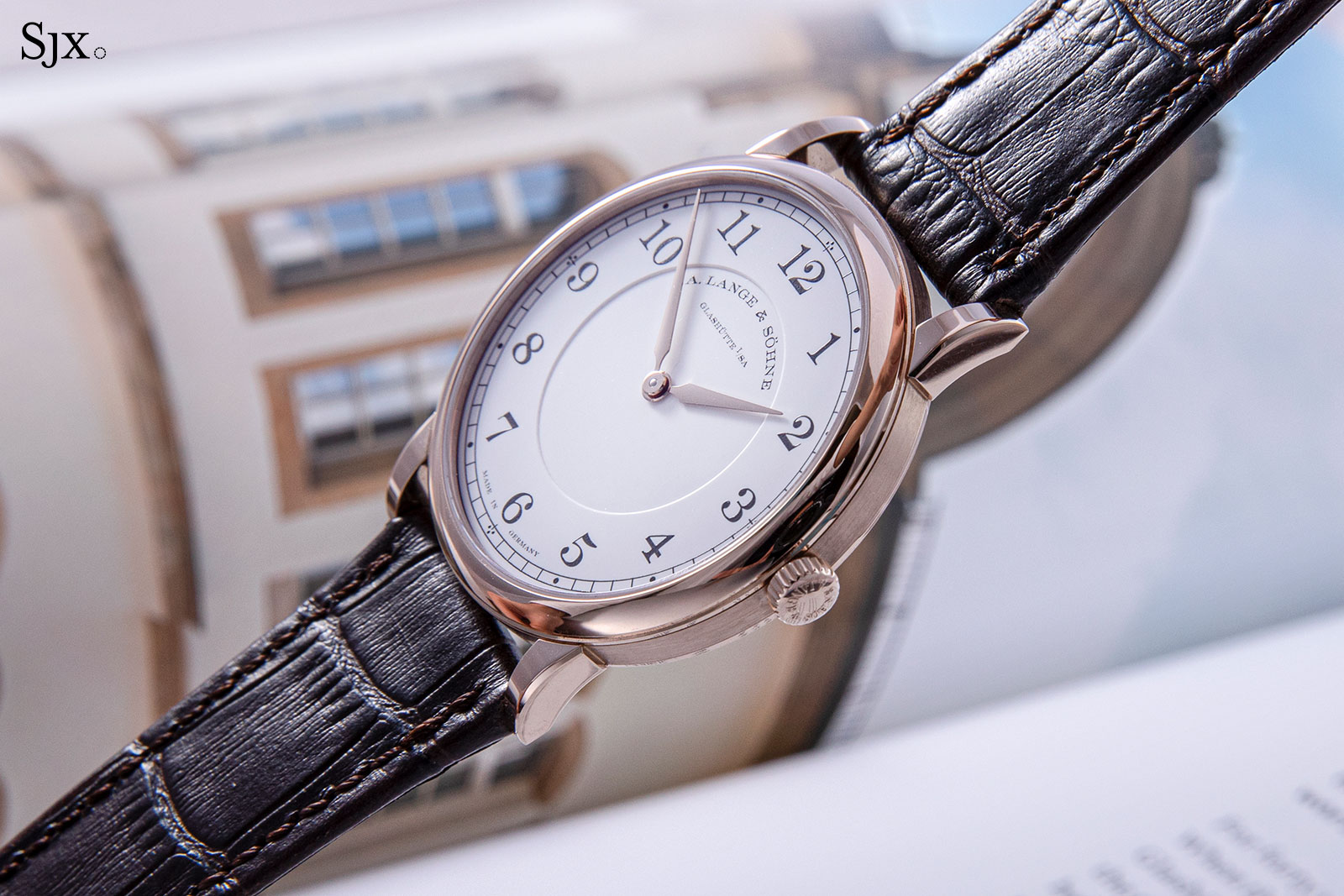
The 1815 Thin, just 6.3 mm high
One of a trio created to mark the brand’s 175th anniversary, the 1815 Thin is also powered by a movement featuring a decoration exclusive to the commemorative watches. Inspired by 19th century pocket watches, the movement has its bridges frosted while all of the engraving is filled with dark-grey lacquer.
Though the ultra-thin nature of the watch is not quite as characteristic of Lange as say Piaget or Jaeger-LeCoultre, the 1815 Thin is a compelling buy.
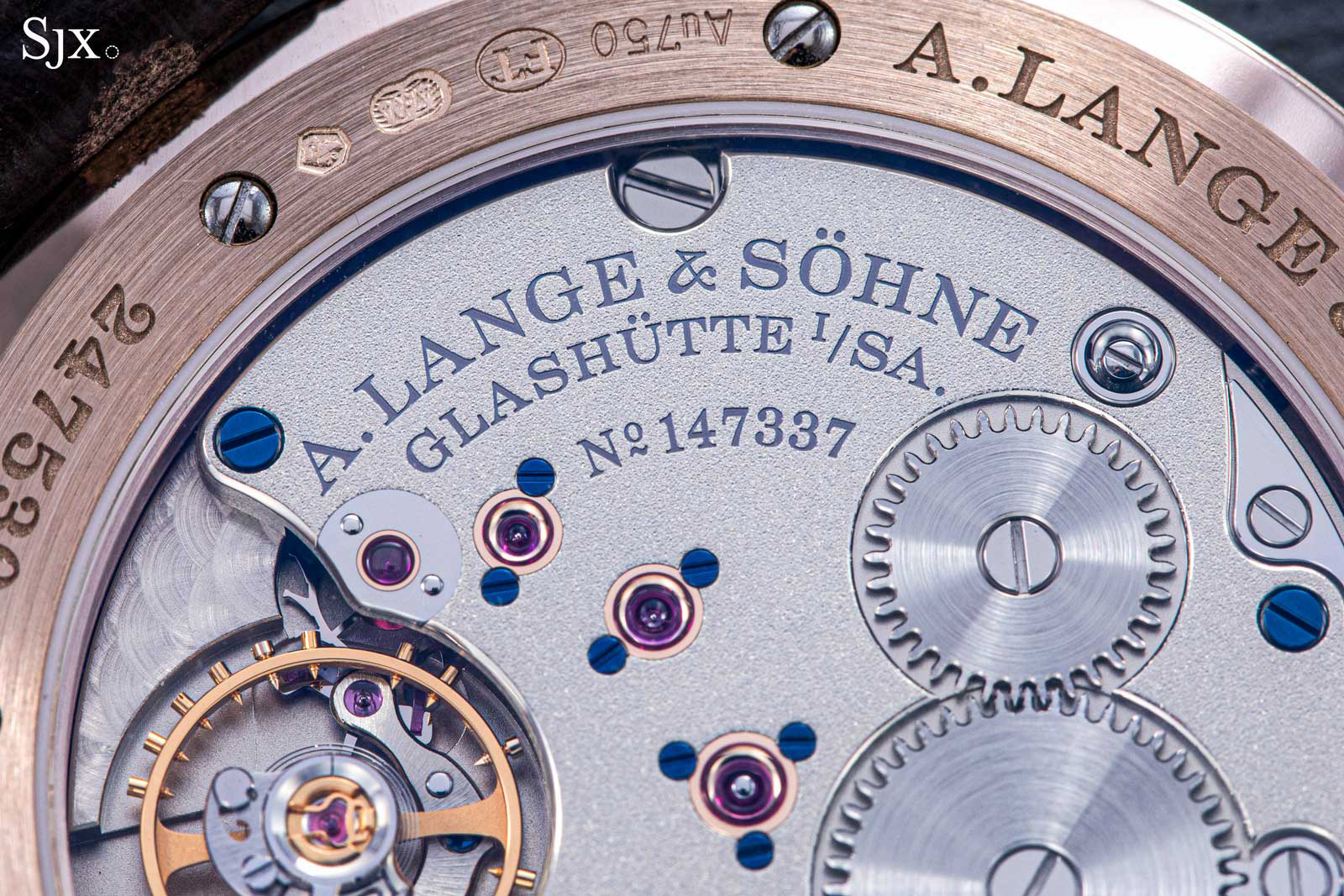
The L093.1 in the 1815 Thin
A simple watch executed well sums up the Longines Heritage Classic Chronograph “Tuxedo“. Like many of Longines’ other vintage remakes the “Tuxedo” is strong value – the retail is just US$3,000 – but it sets itself apart in the details. The dial and hands, for instance, are particularly well done, with the finely-shaped hands matched with a dial that has all the right typography and proportions.
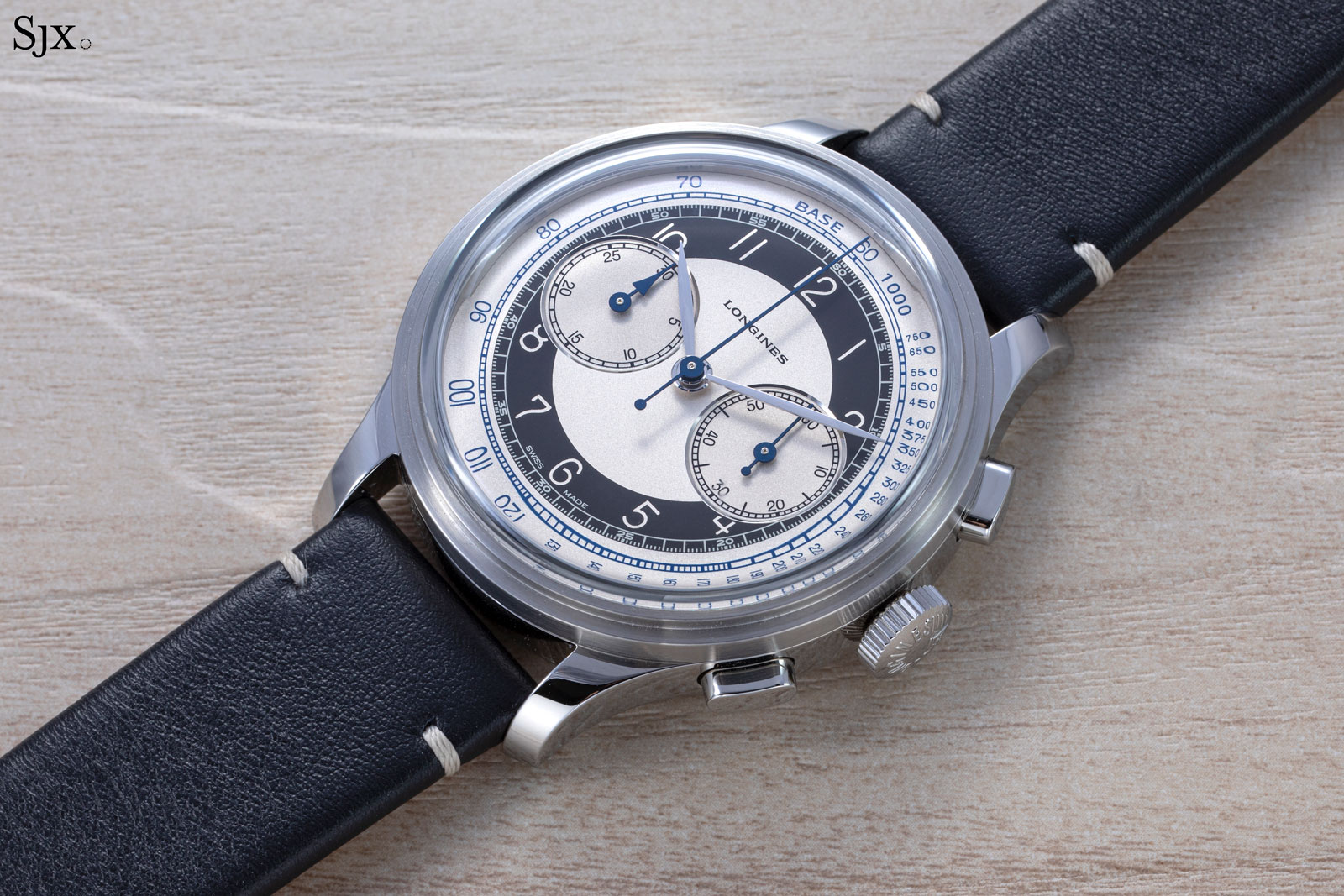
The Heritage Classic Chronograph “Tuxedo”
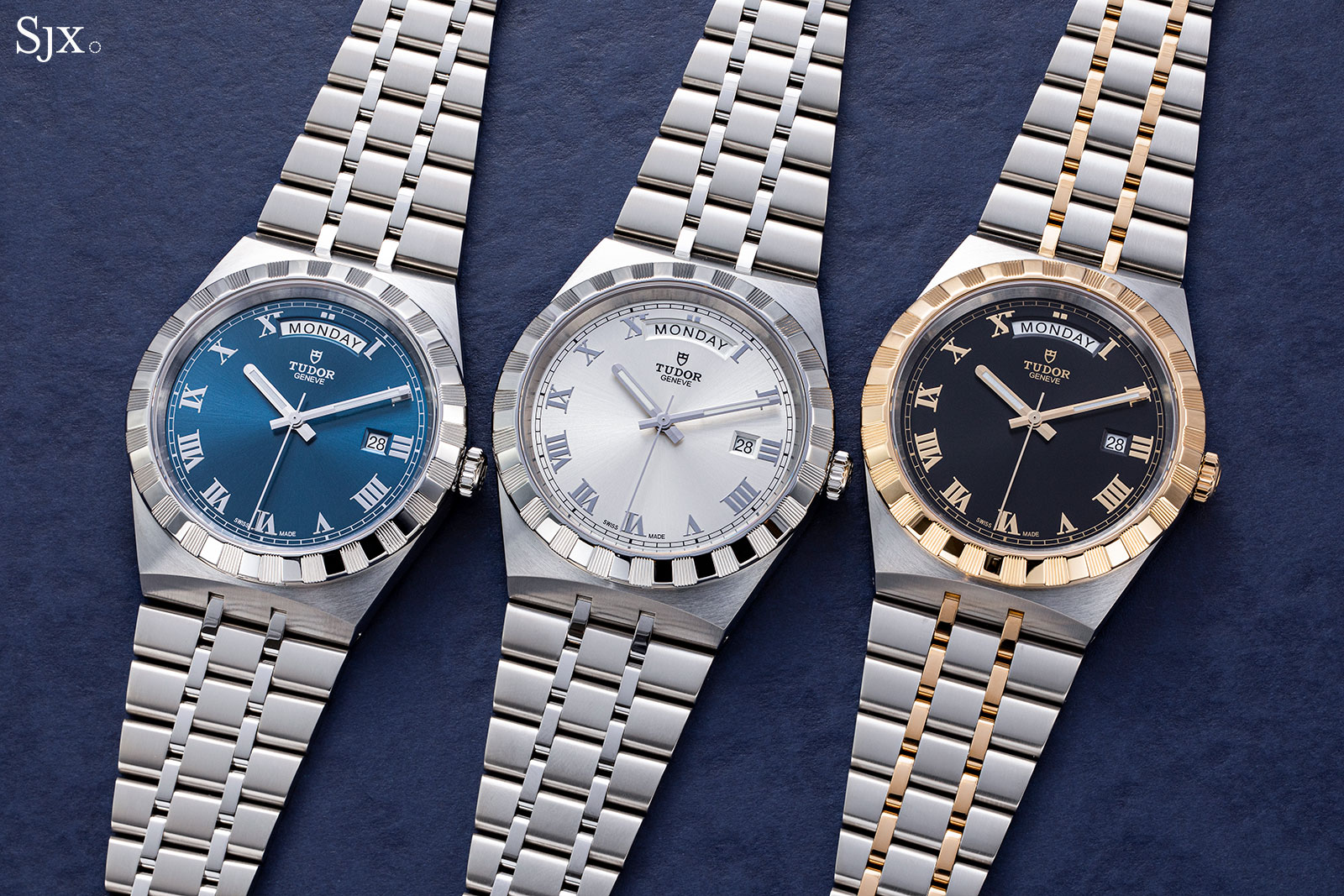
The Royal Day-Date in several flavours
And an honourable mention that doesn’t make the cut for the best – the Tudor Royal Day-Date. Possessed of at terrific quality-to-price ratio – the case and integrated bracelet are excellent, while the retail price is not much over US$2,000 – the Royal has an old-fashioned design that could be so much better. It’s a bit of a missed opportunity, but perhaps, like much else in the world, it might get better in 2021.
Back to top.

